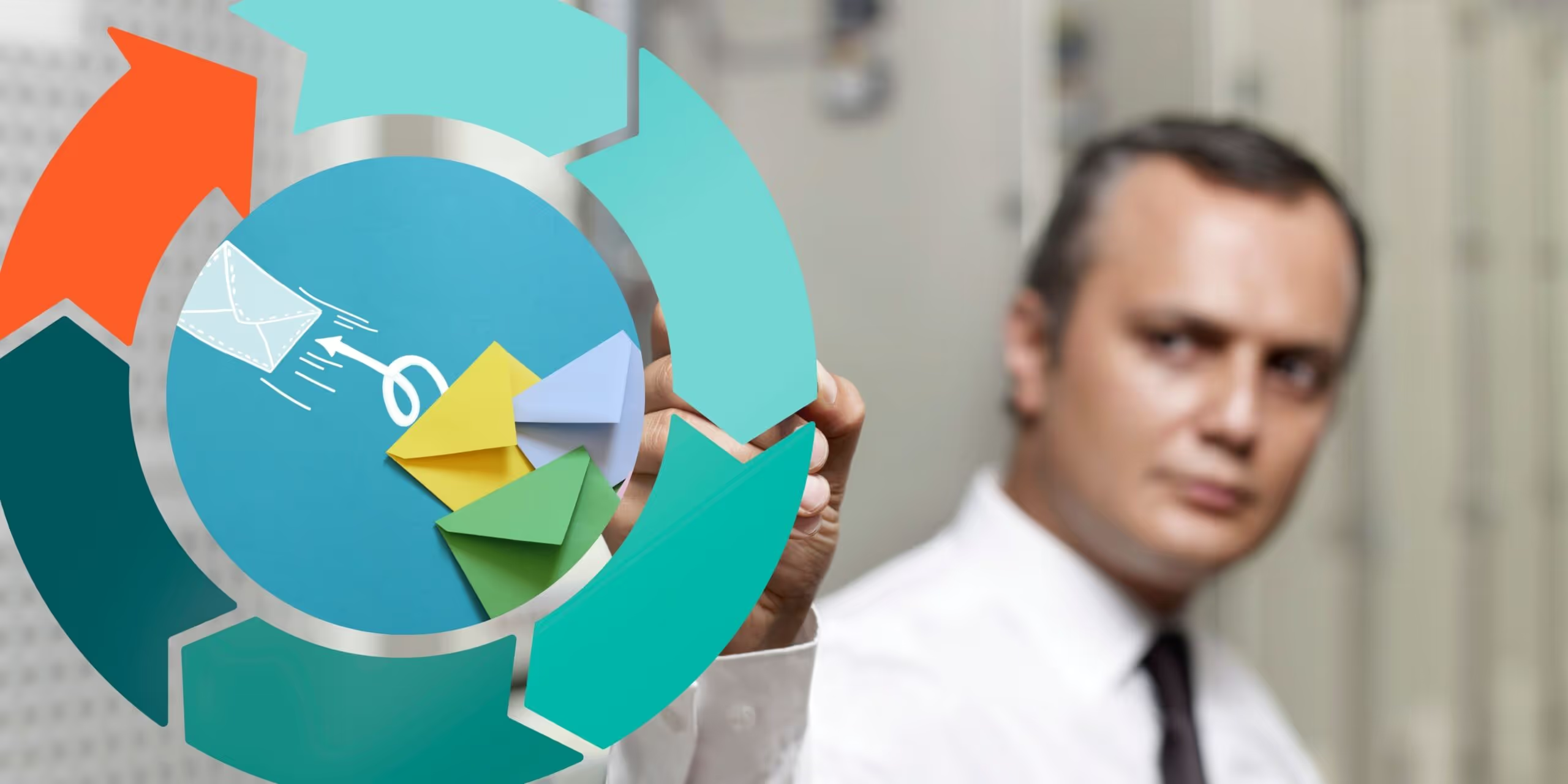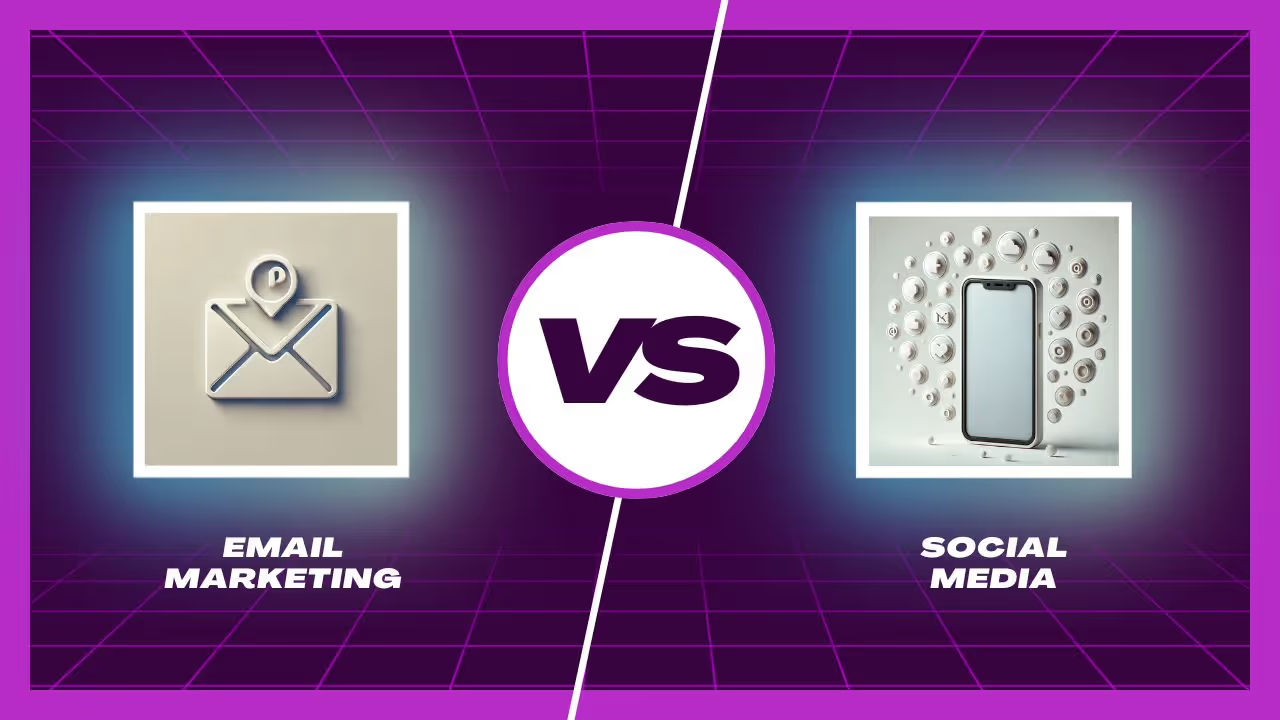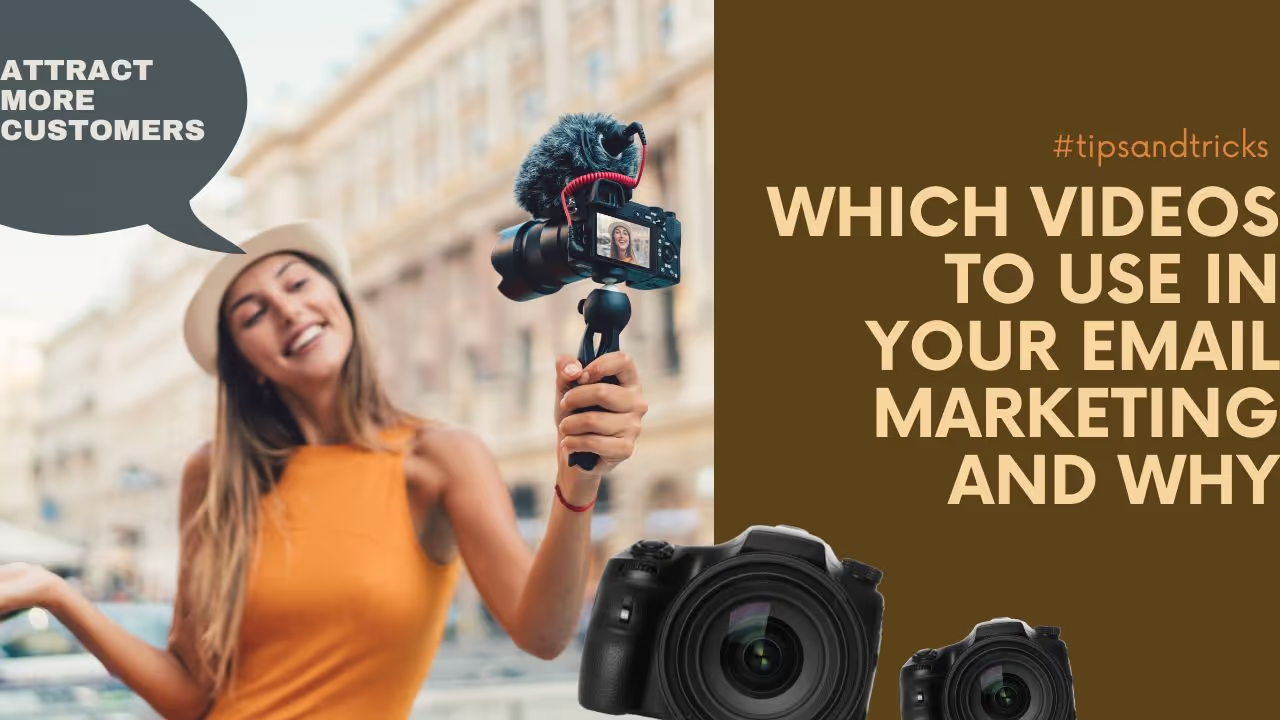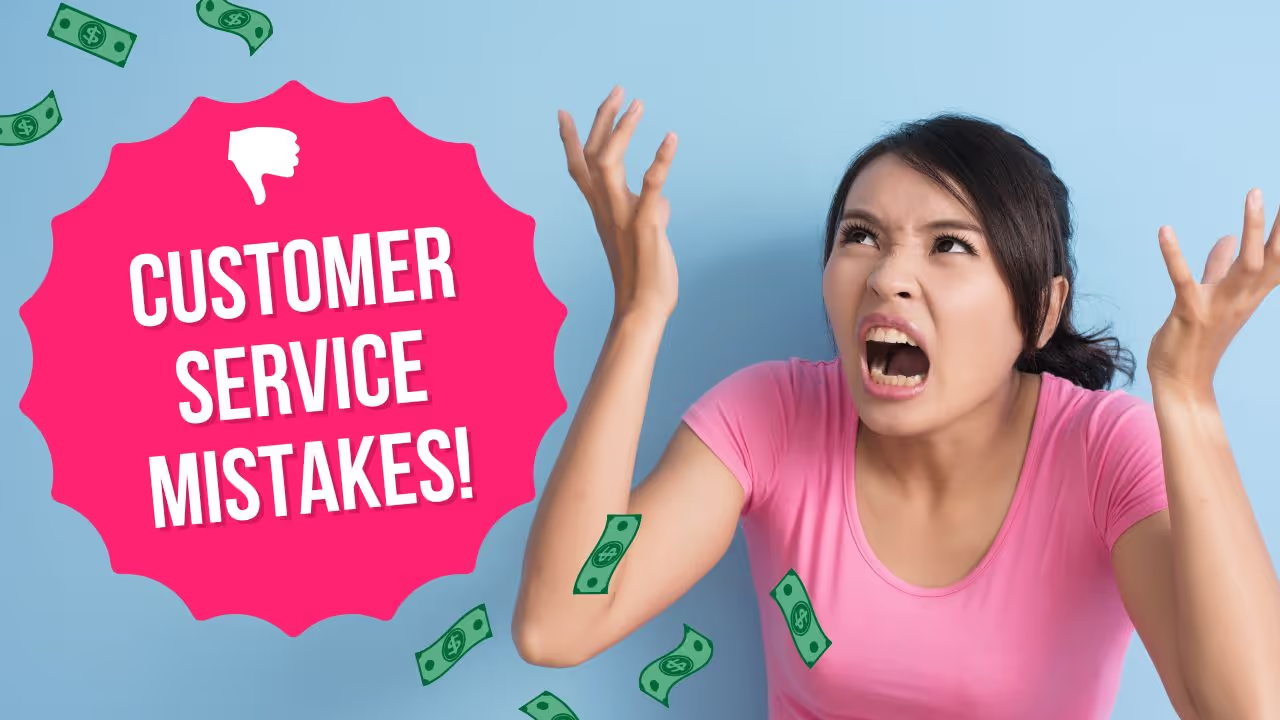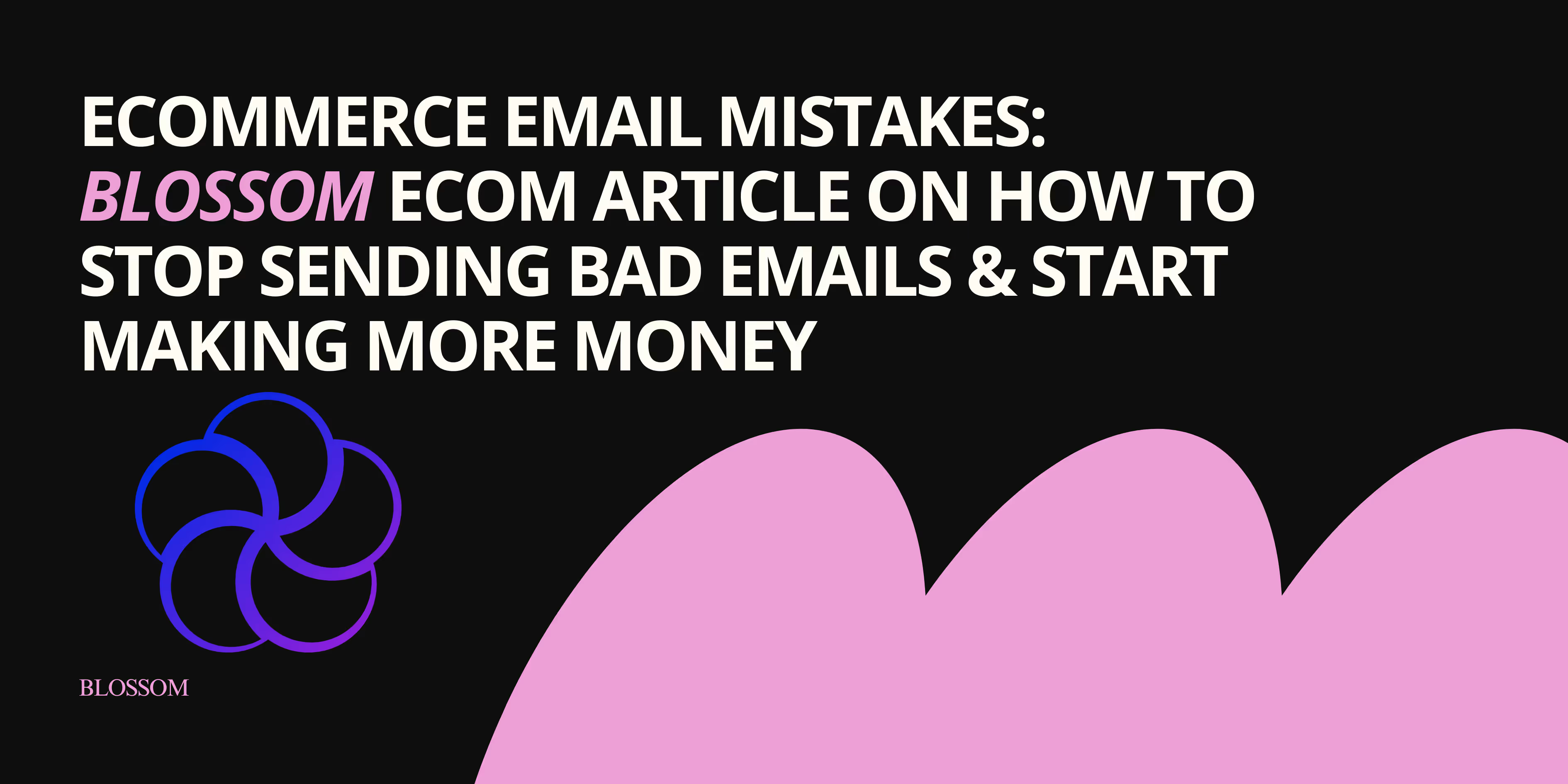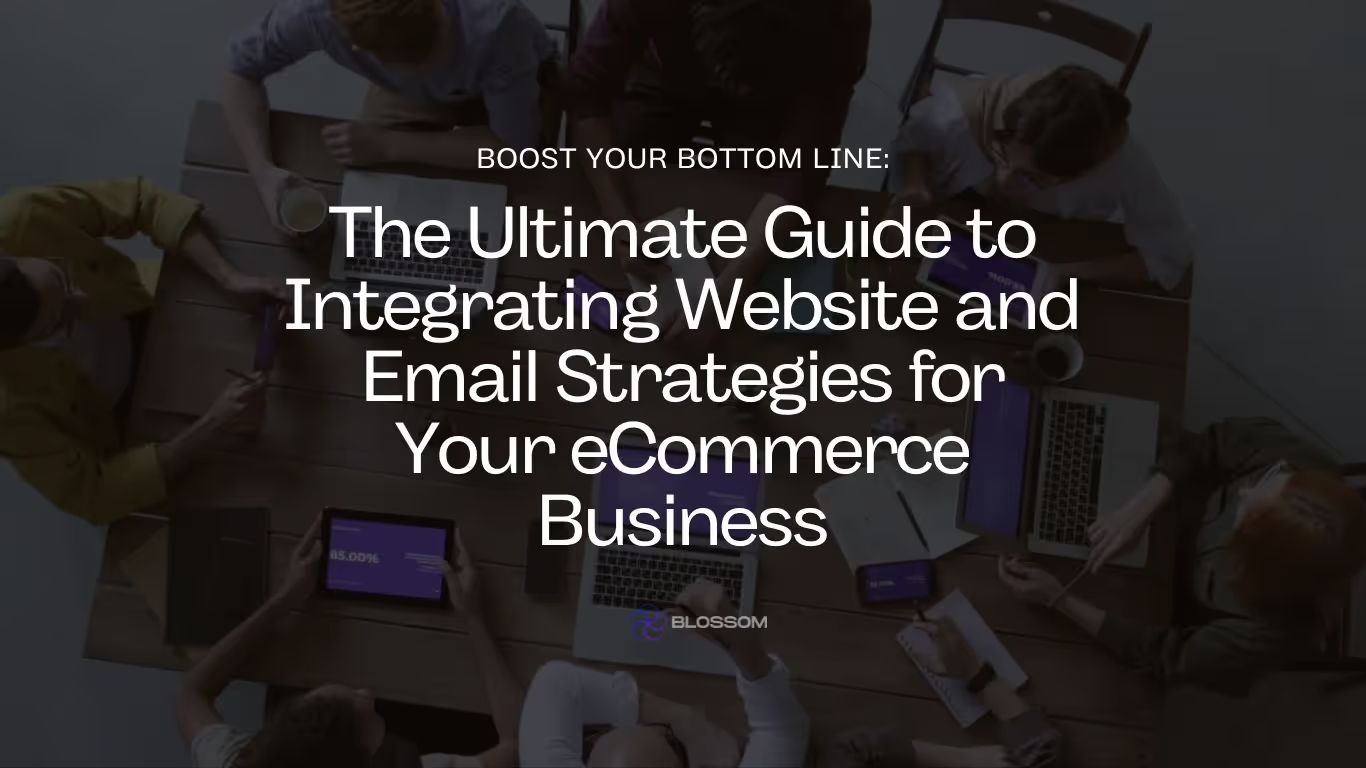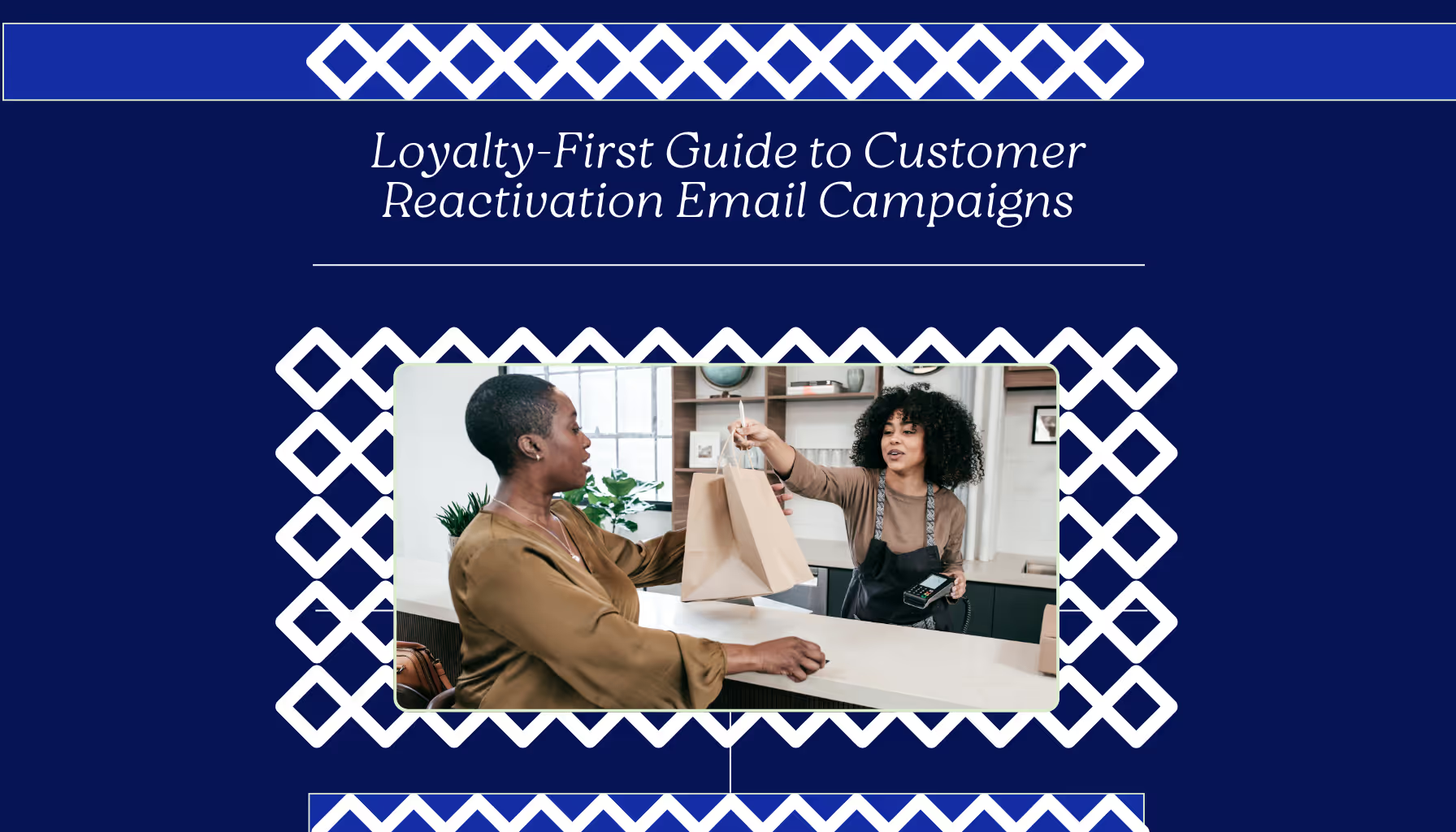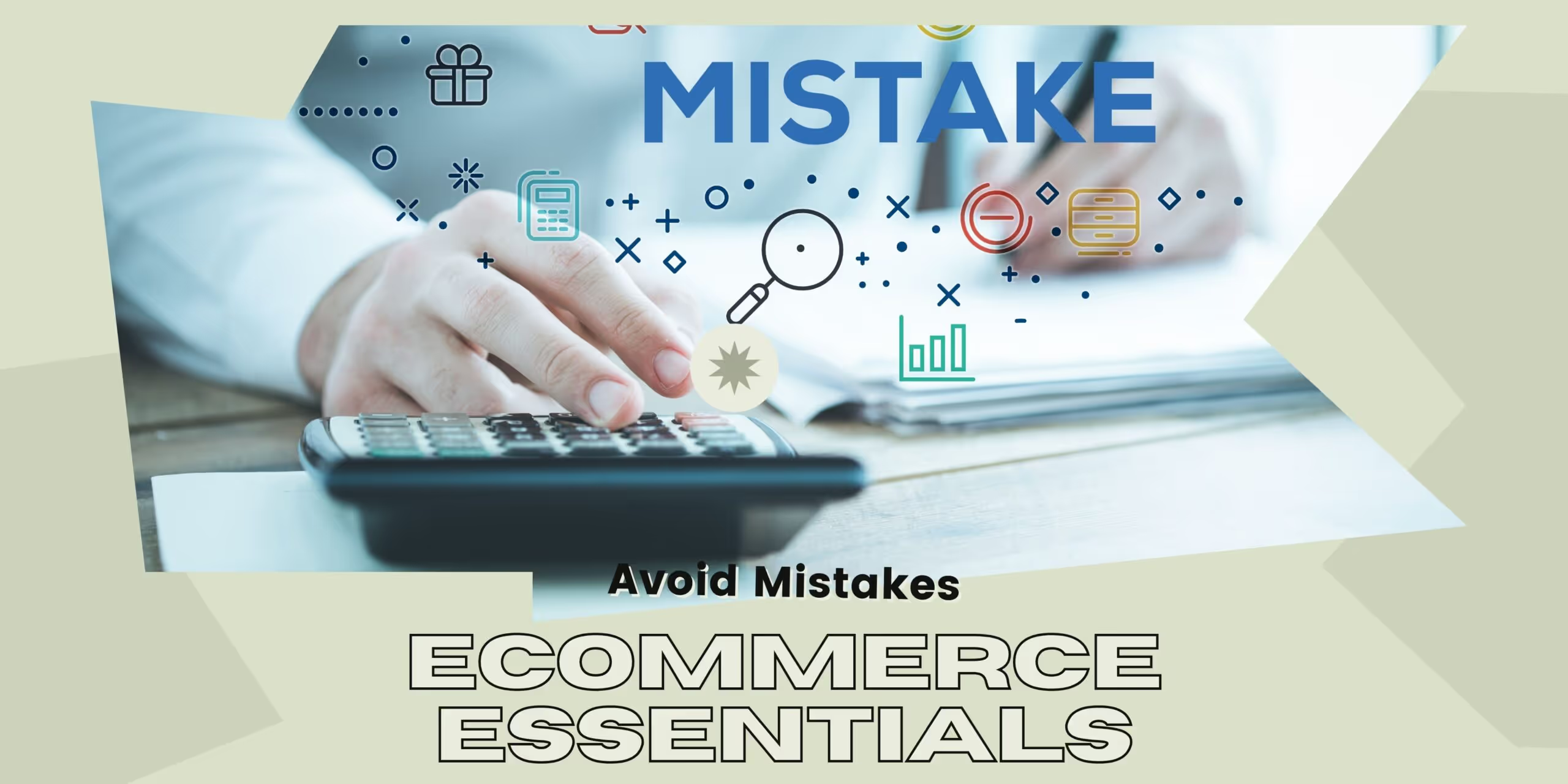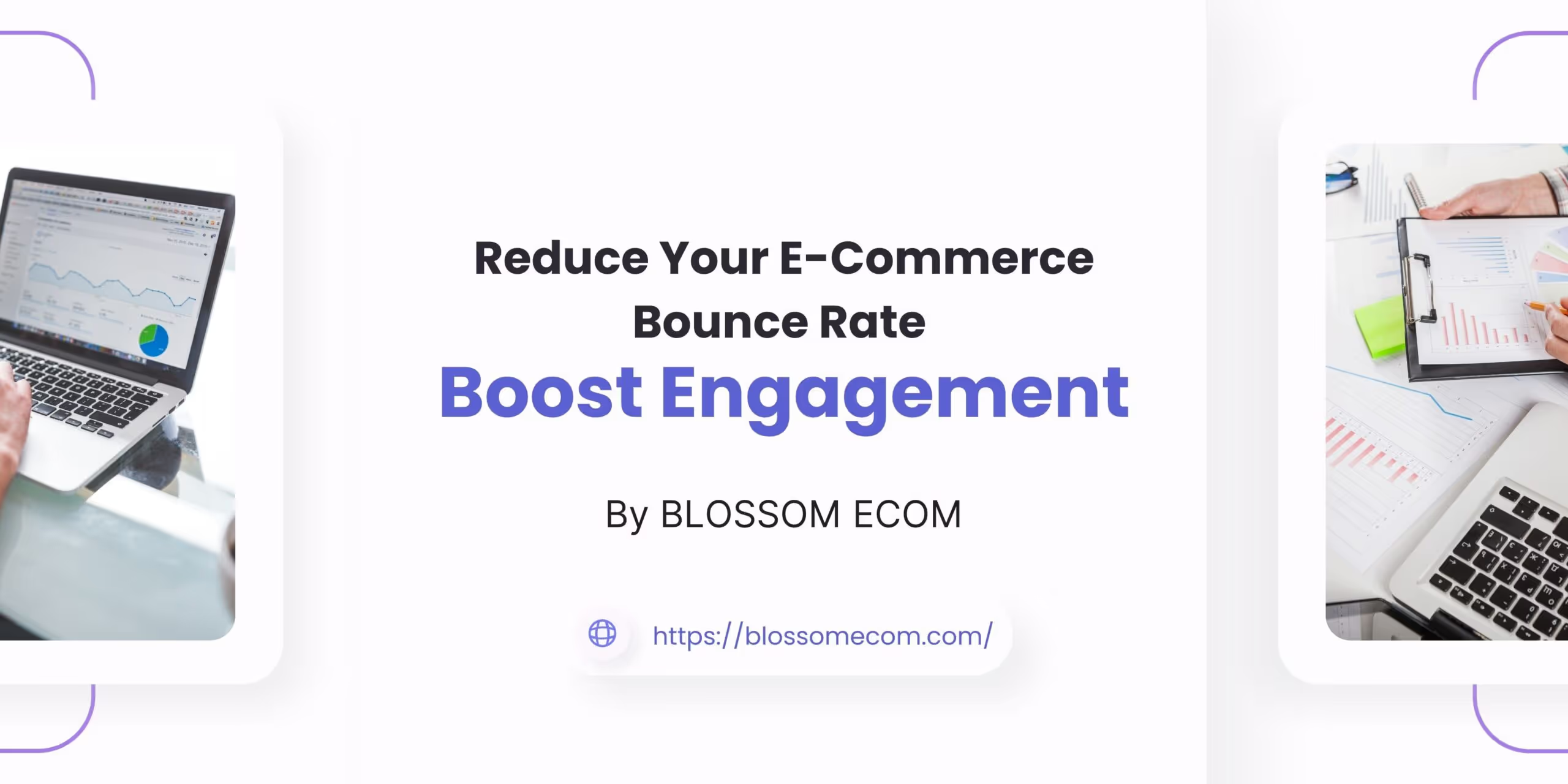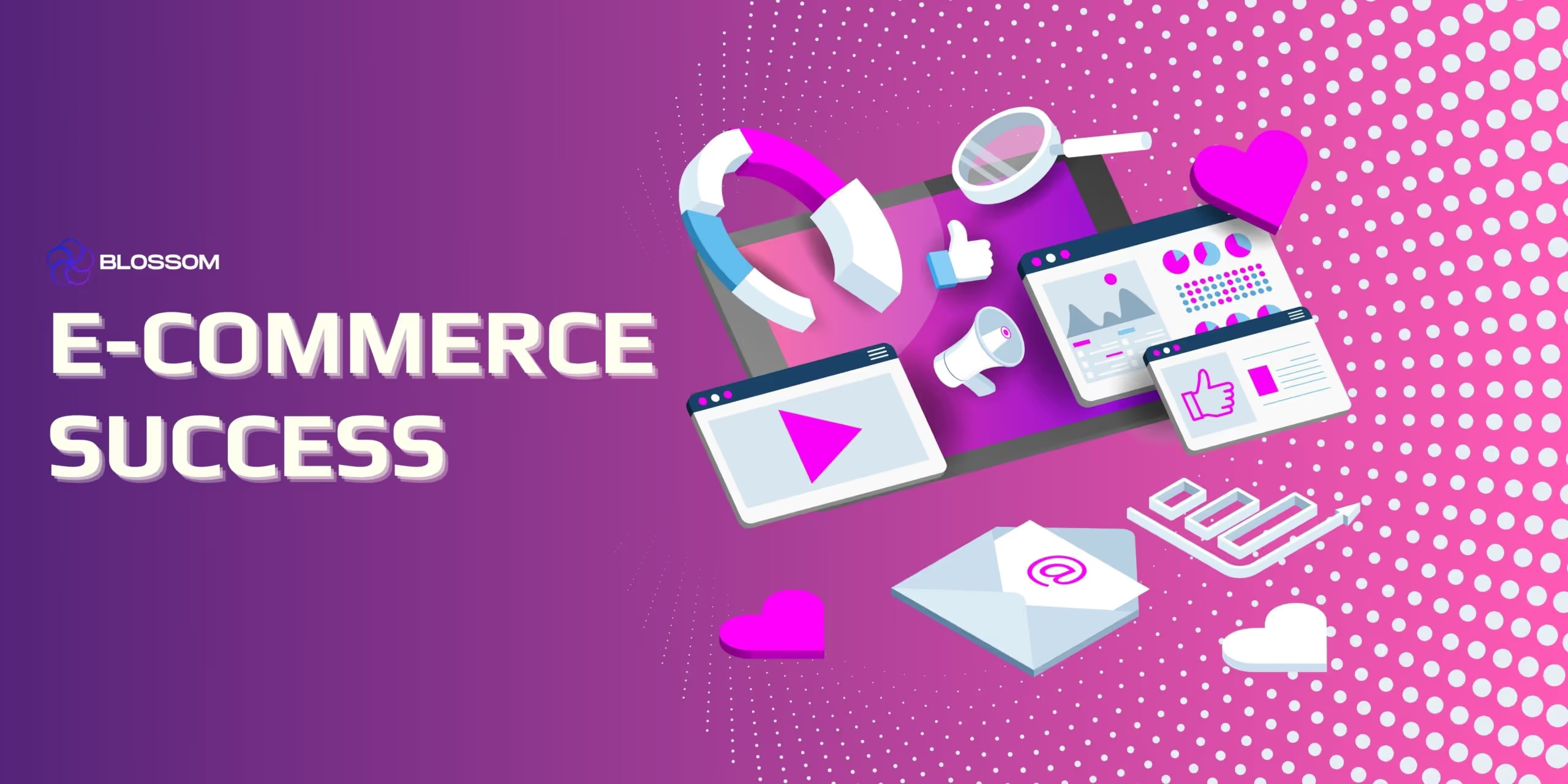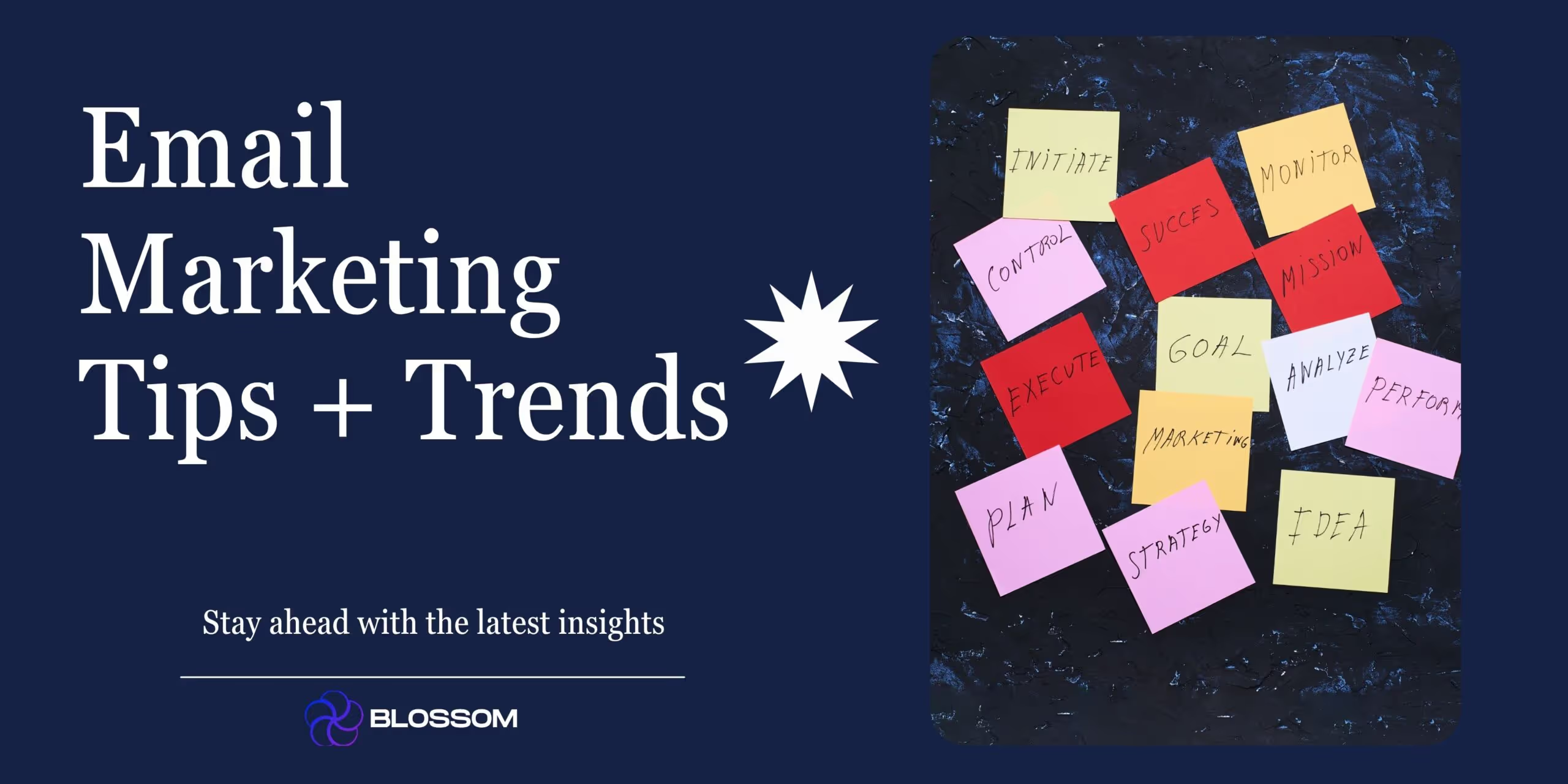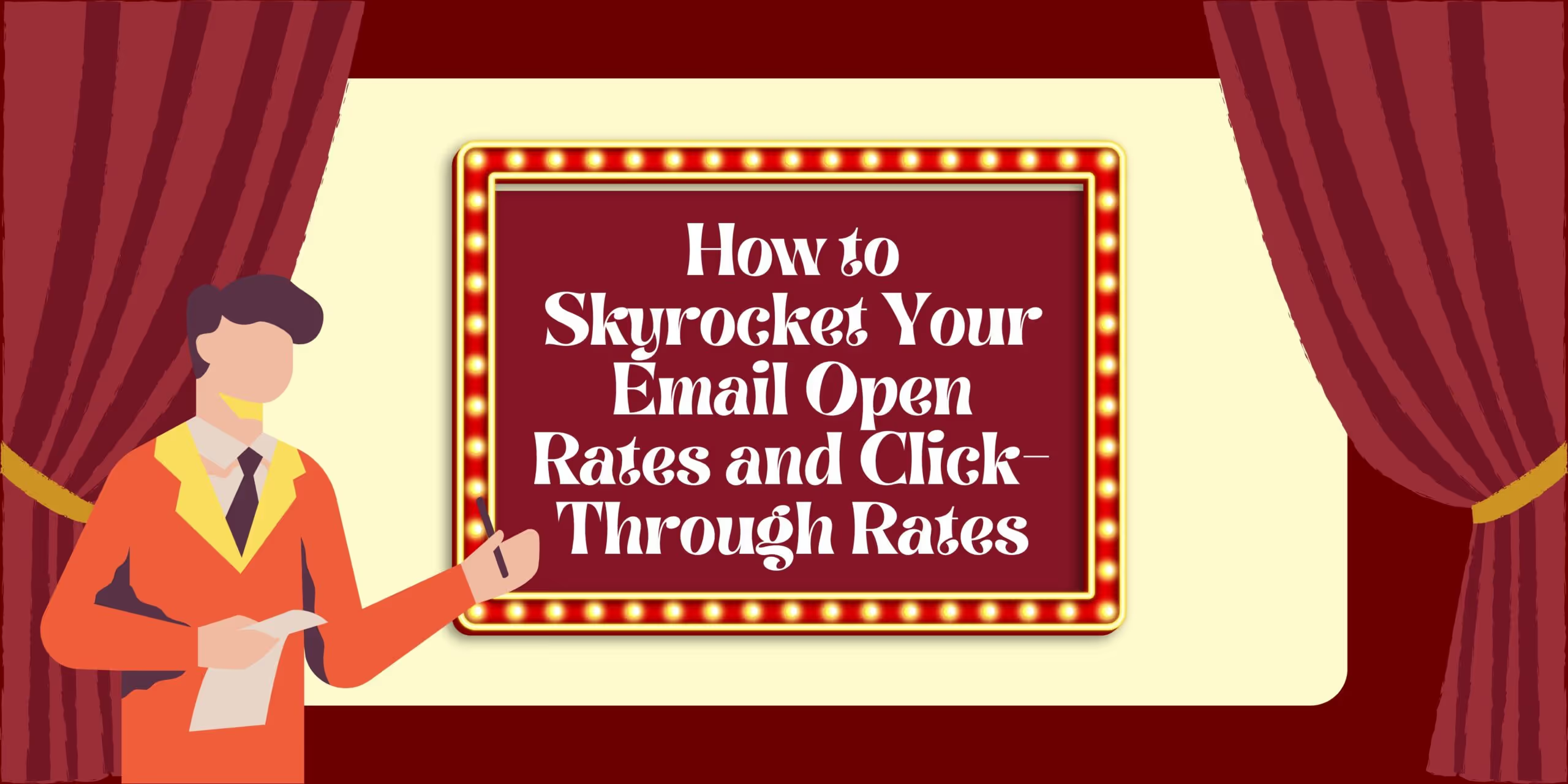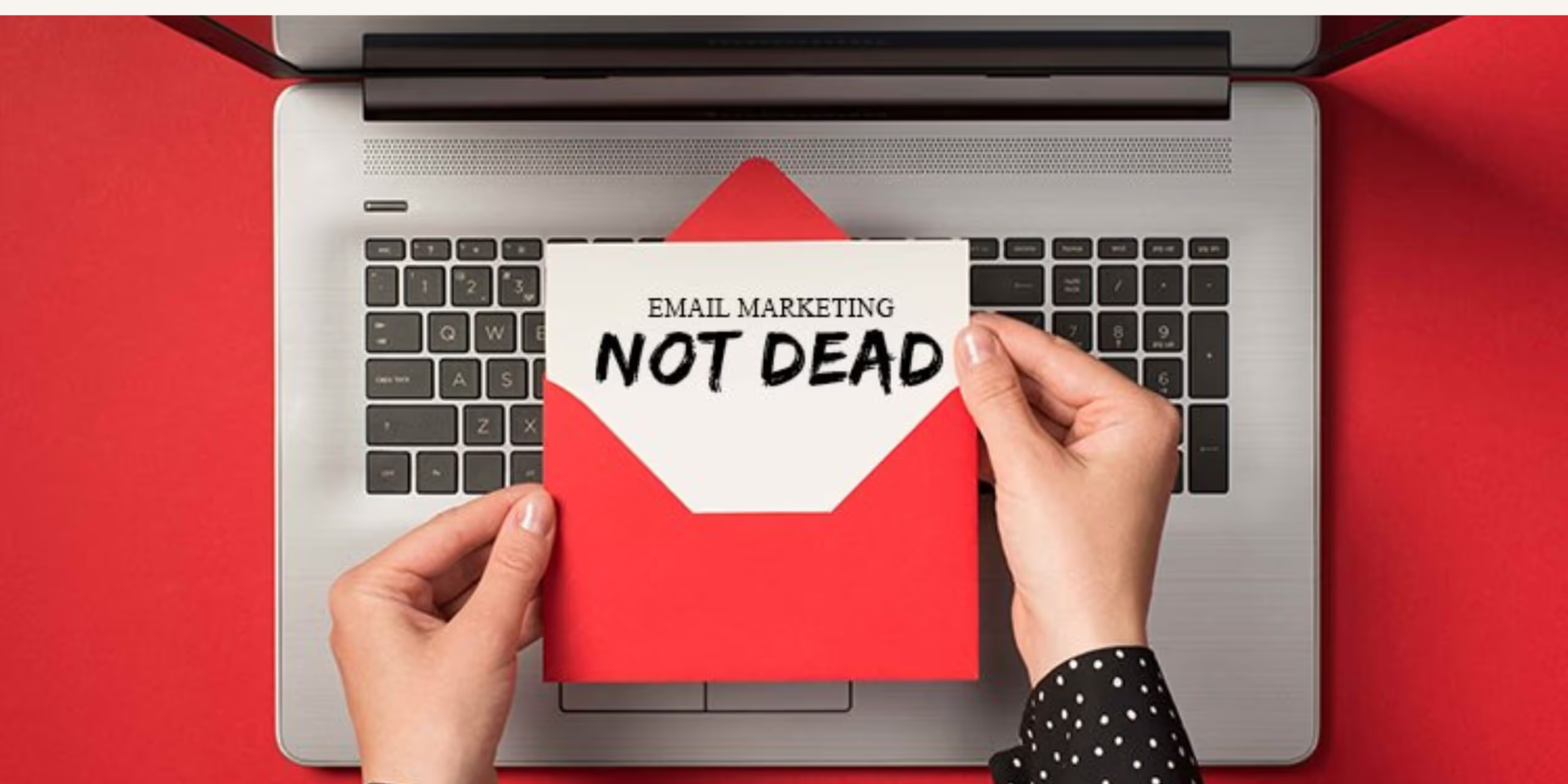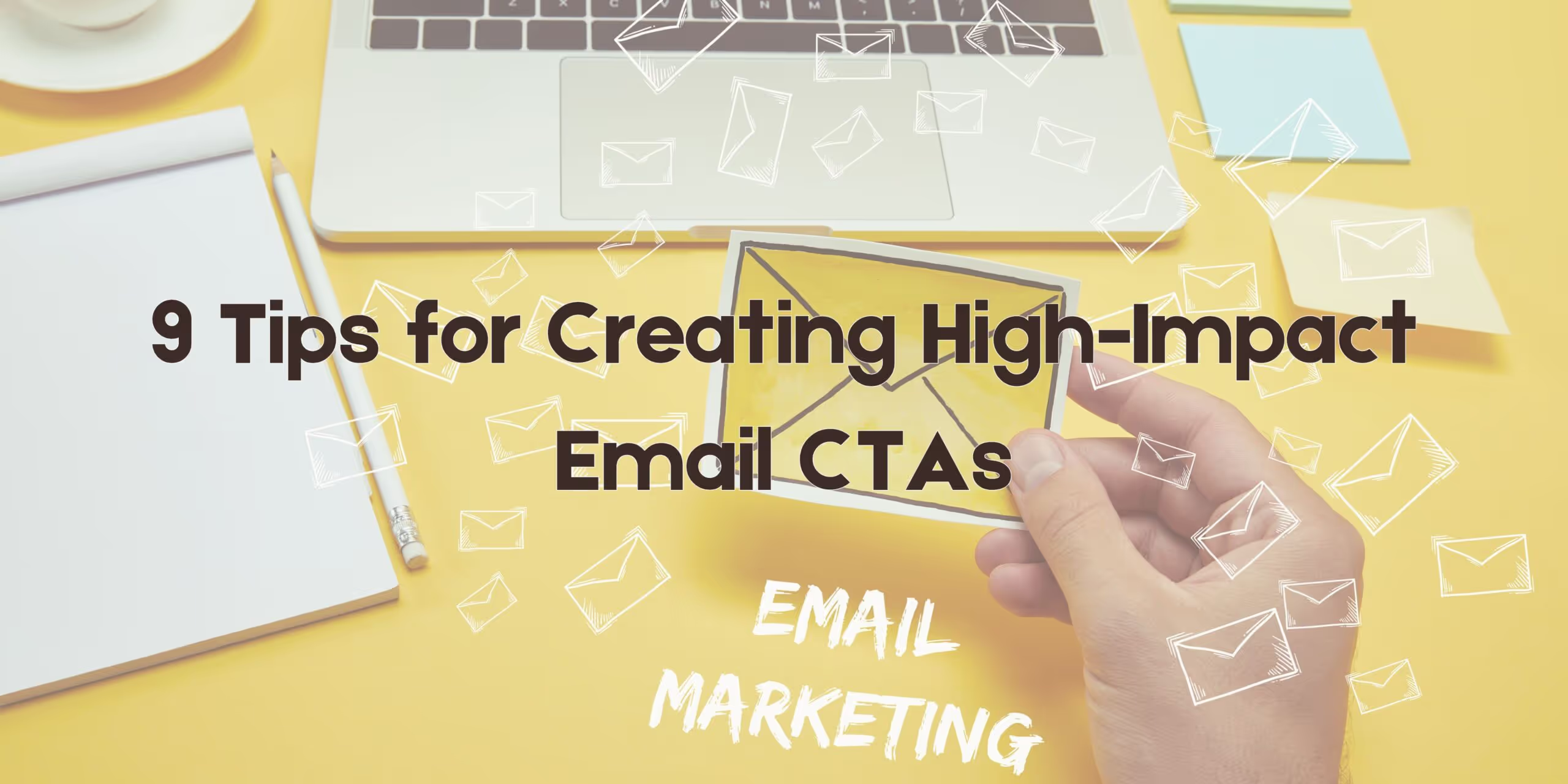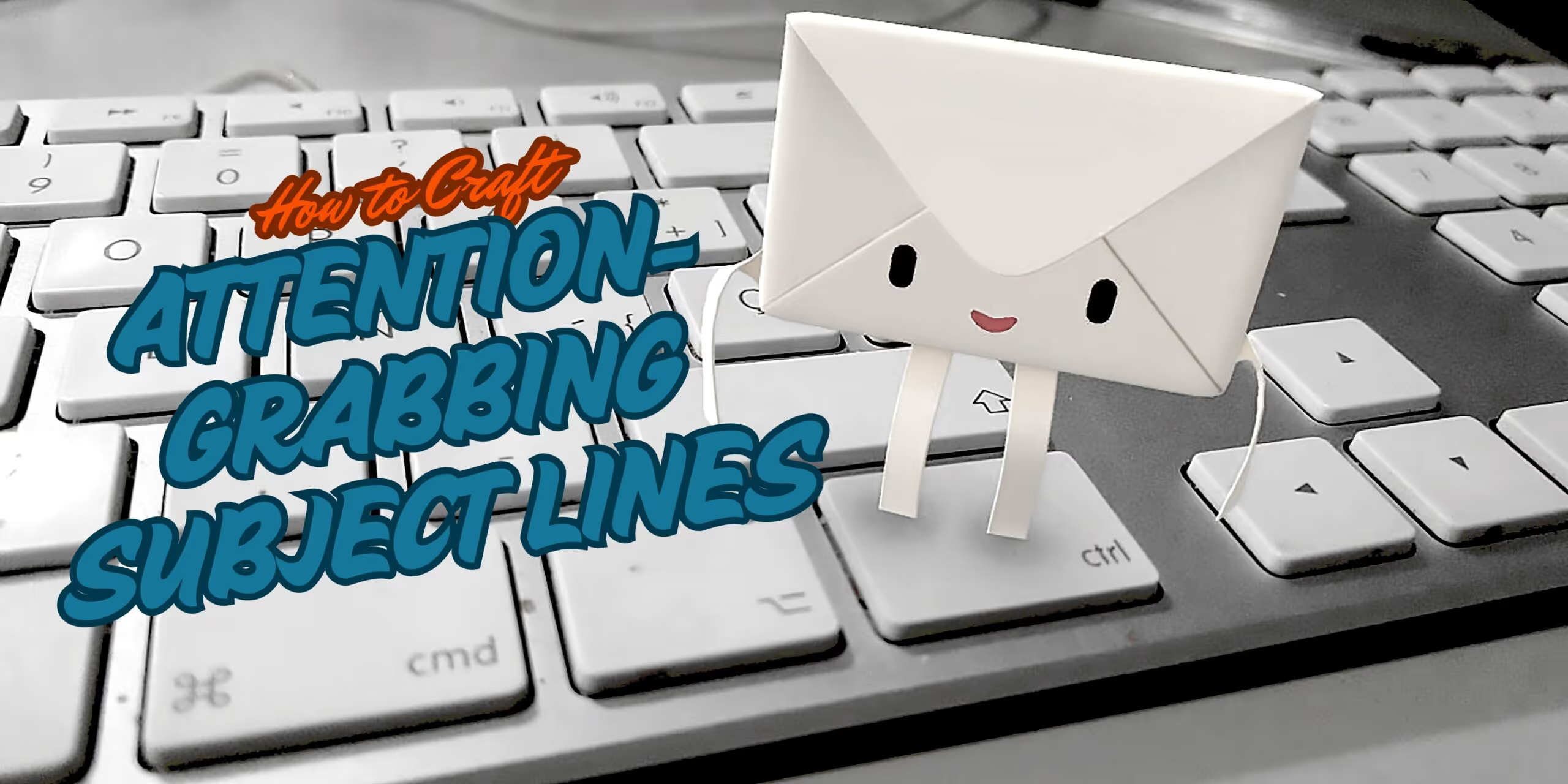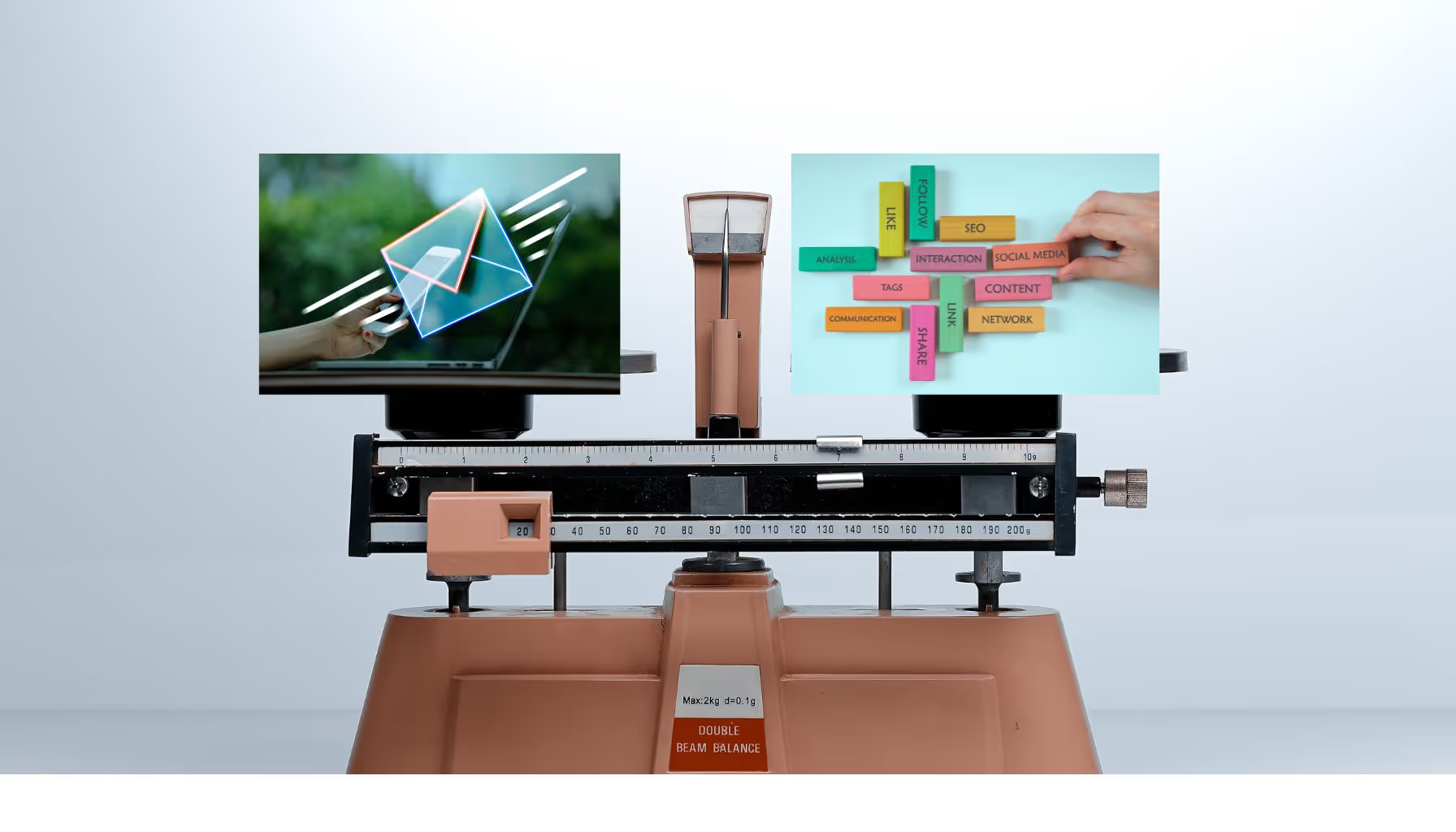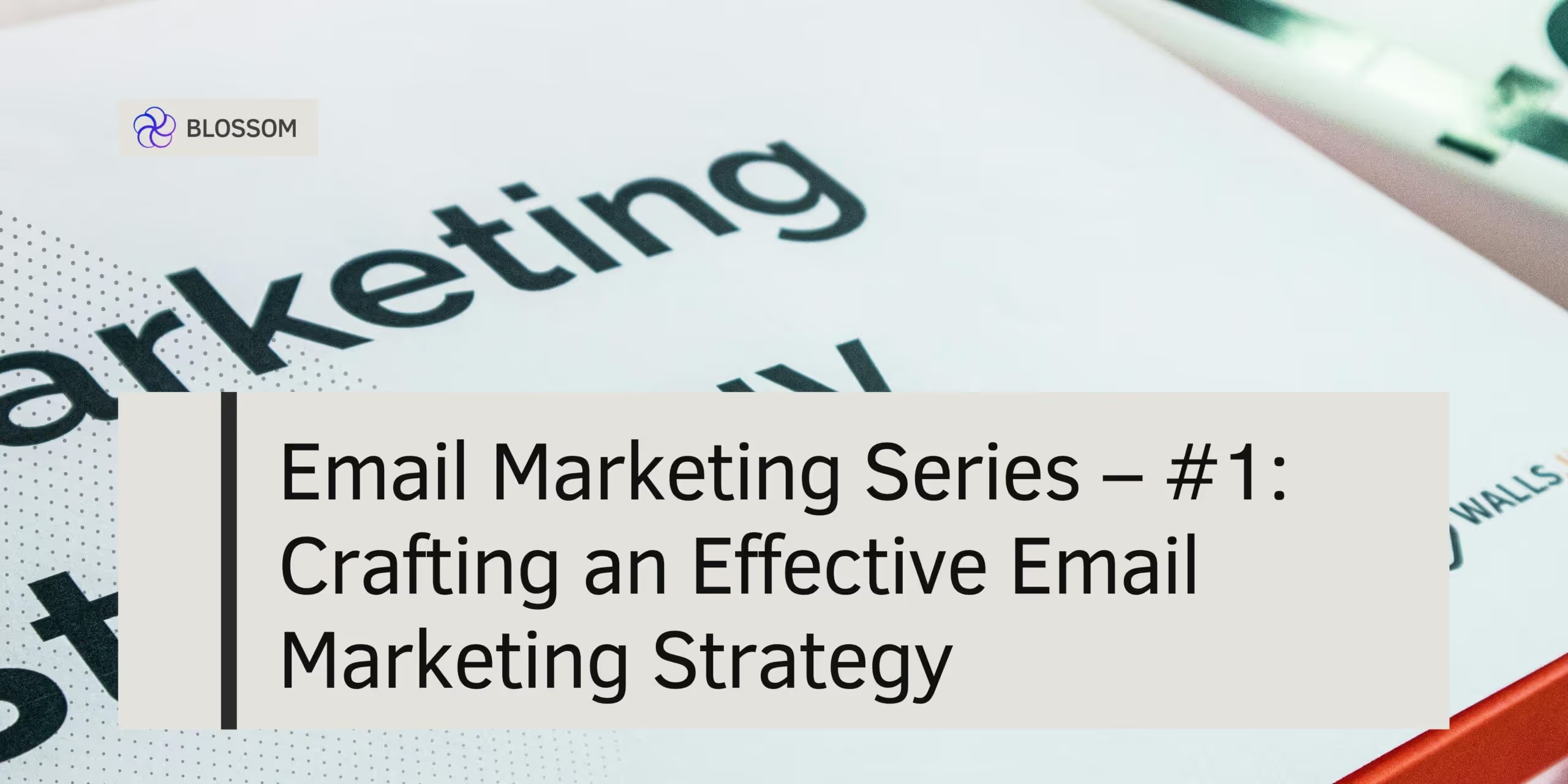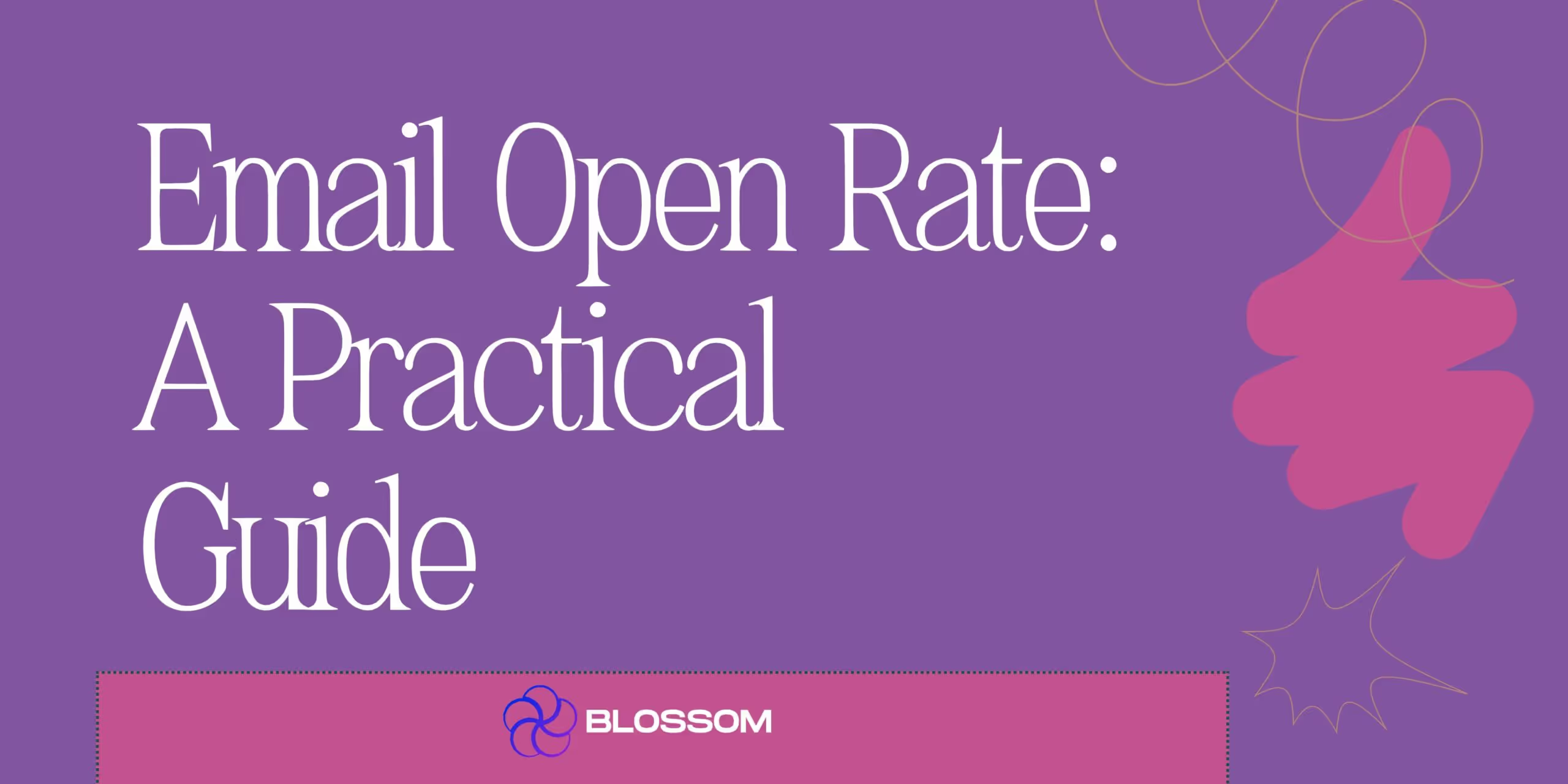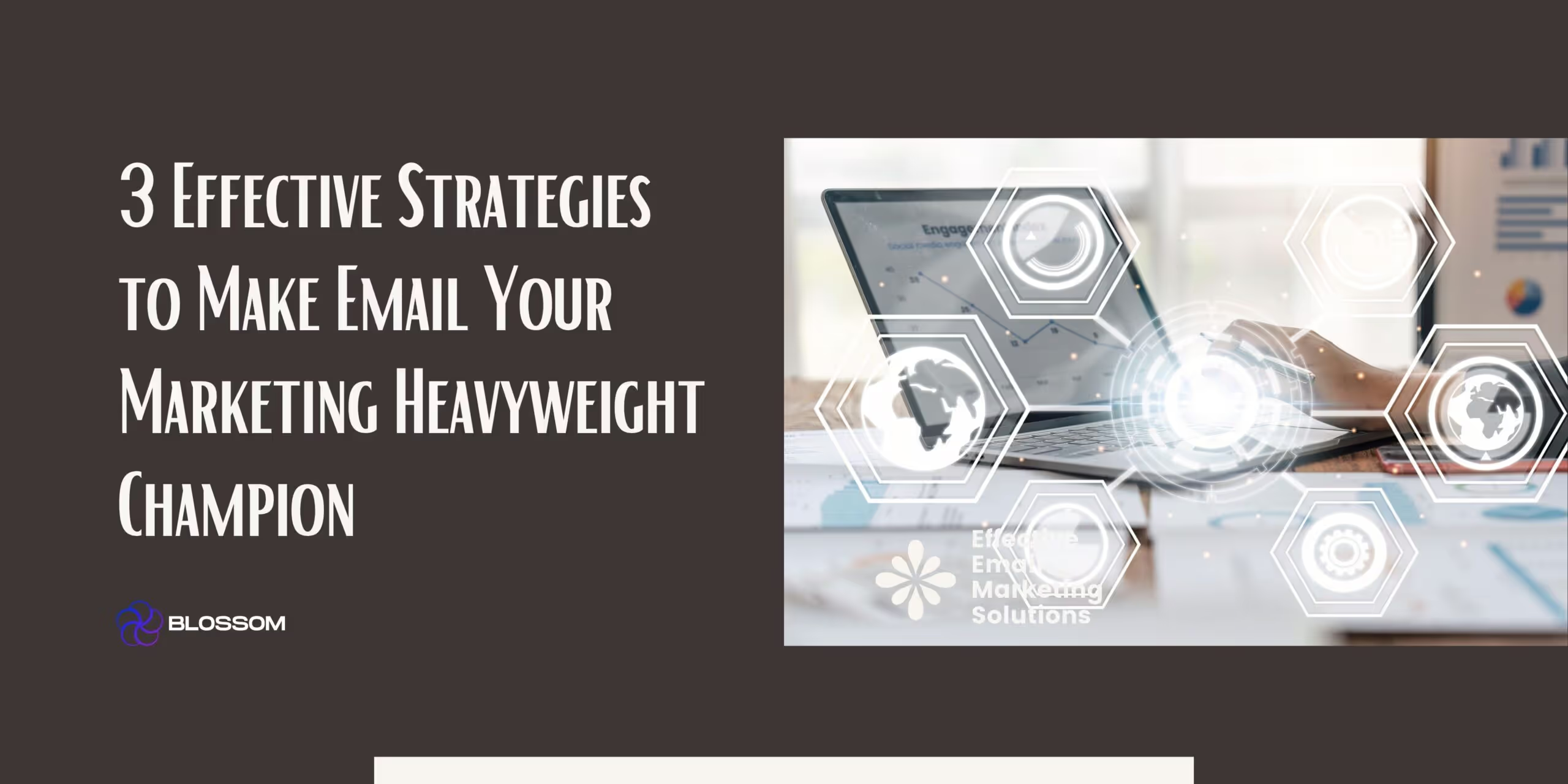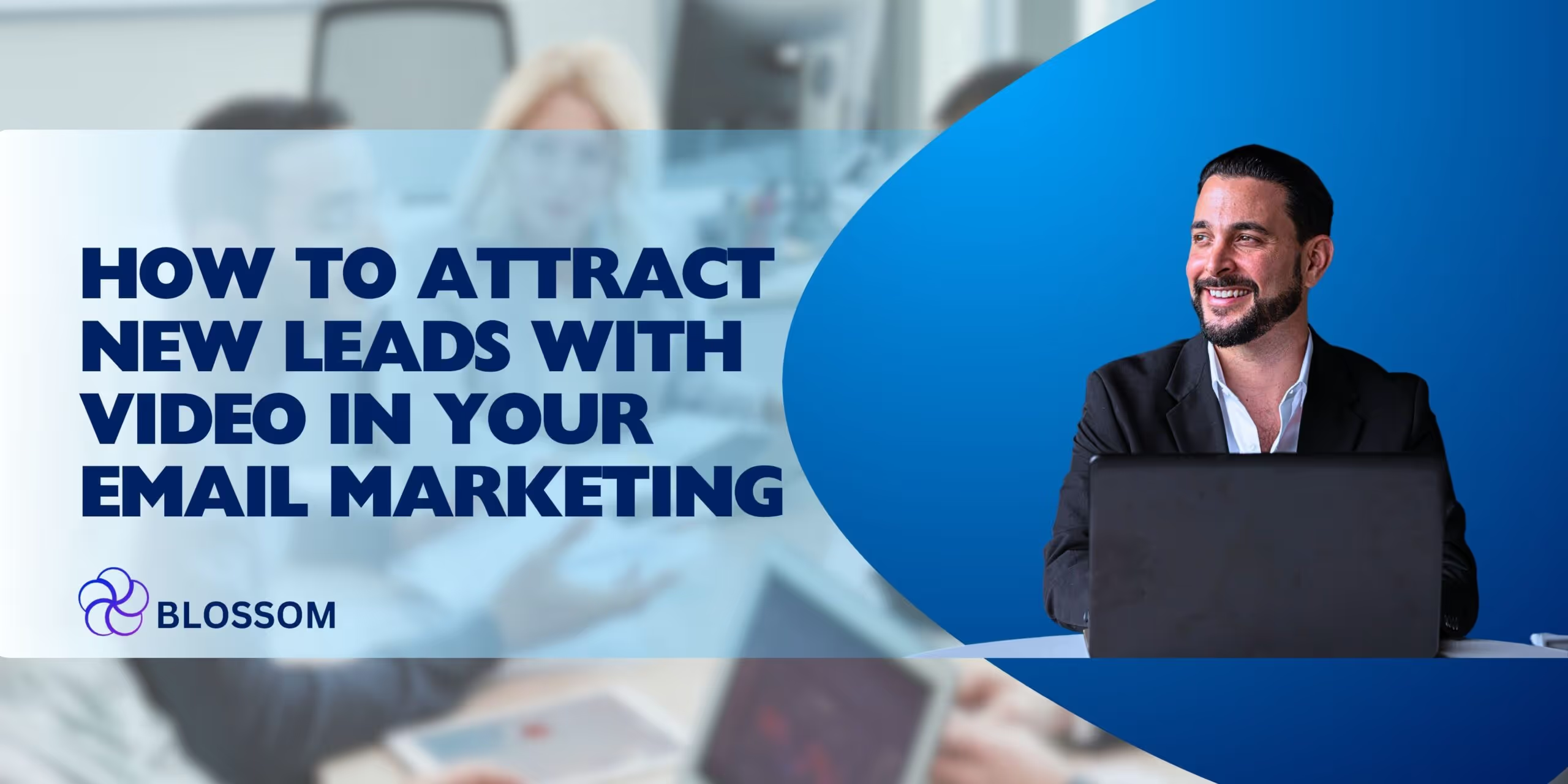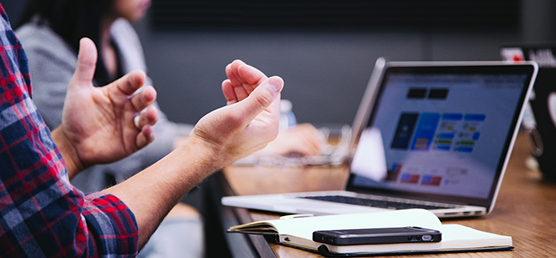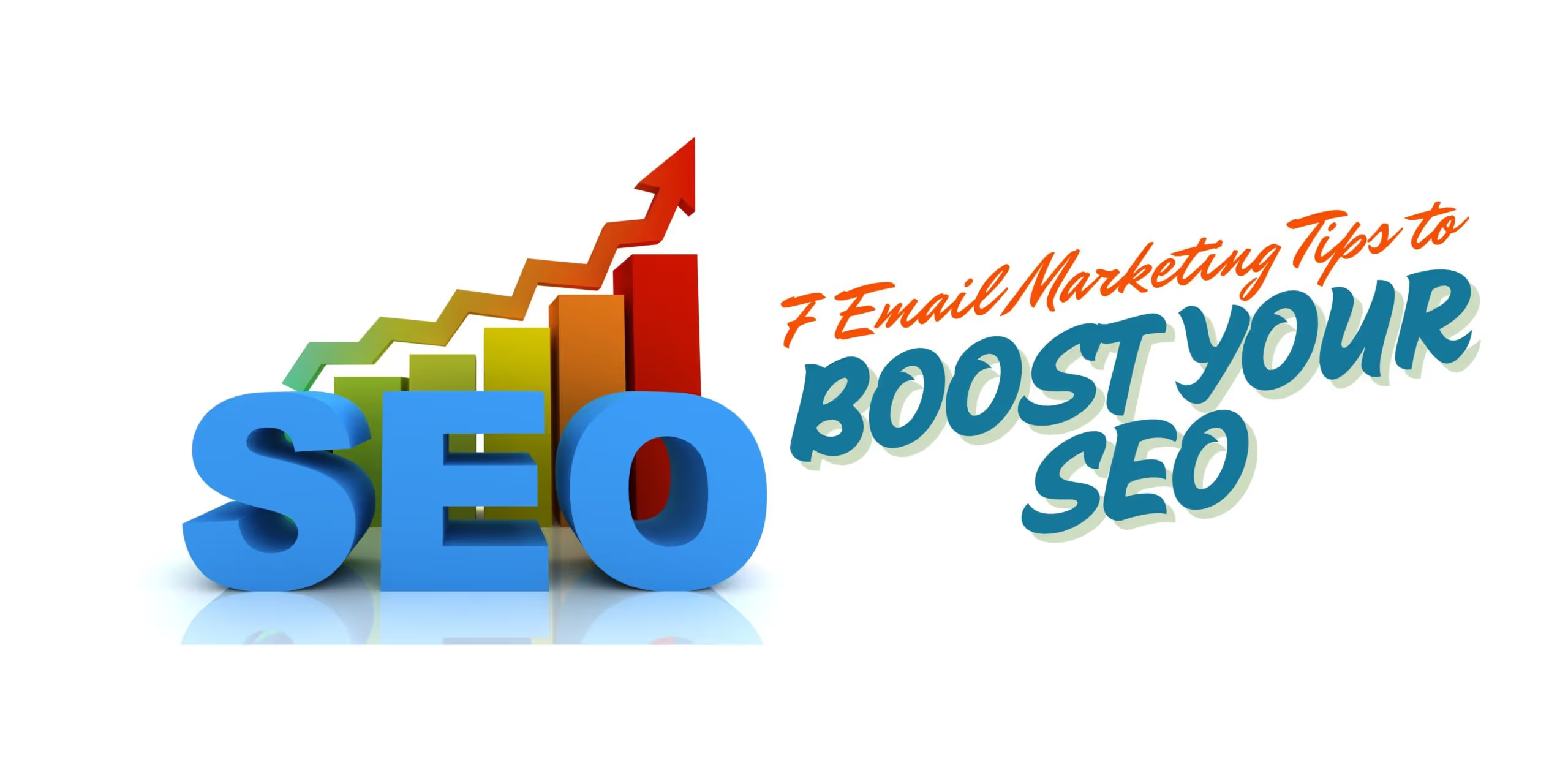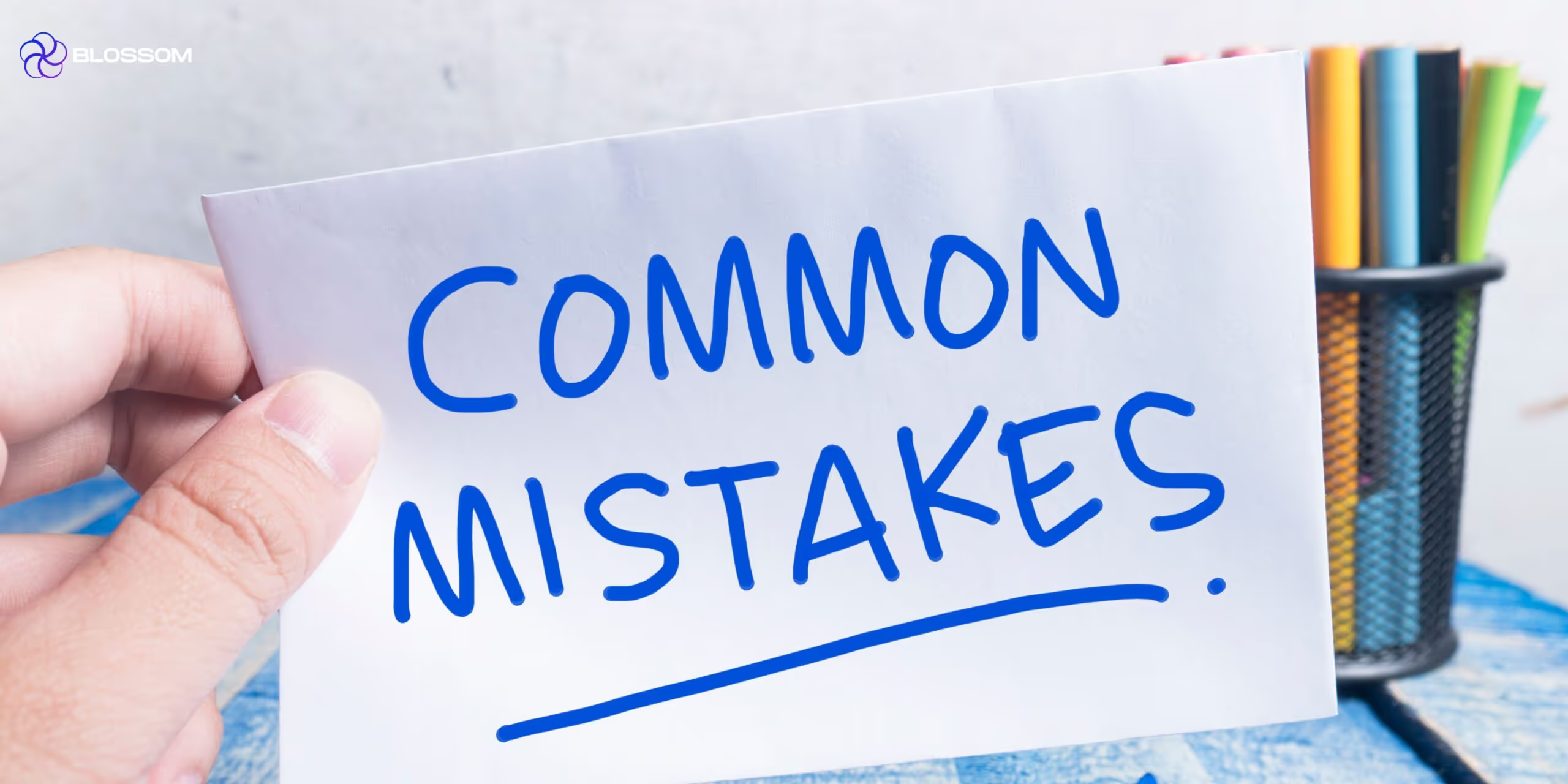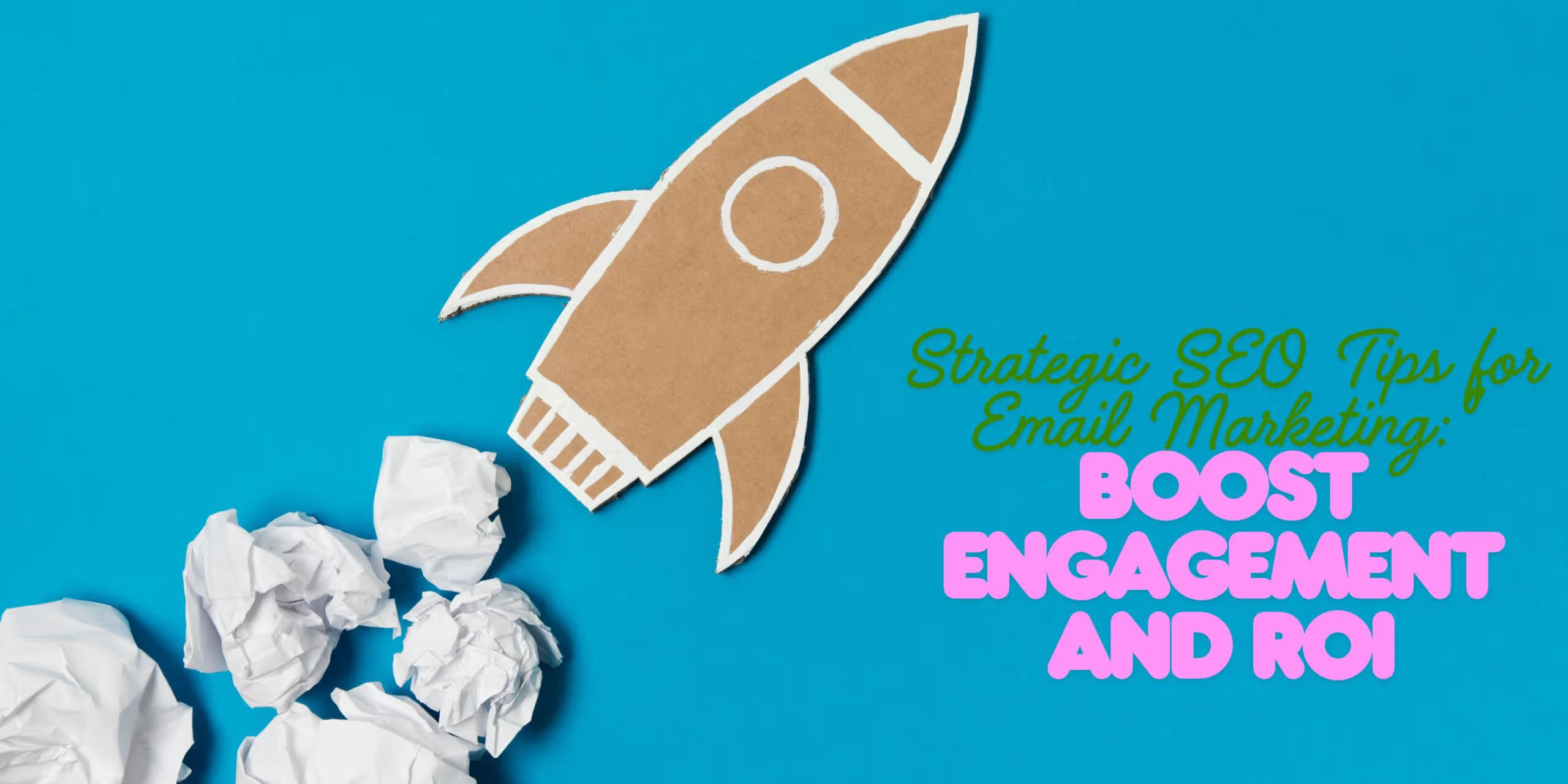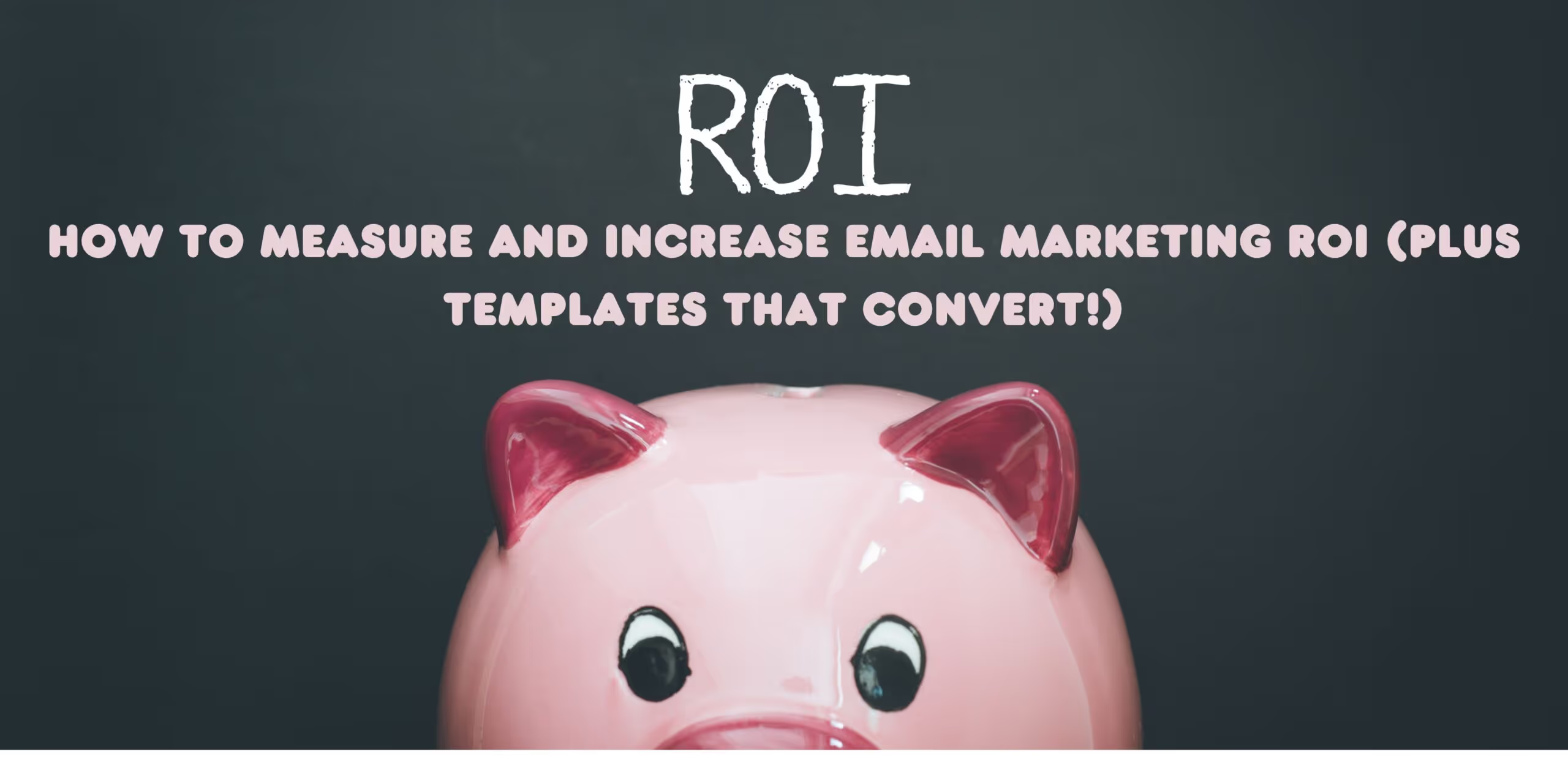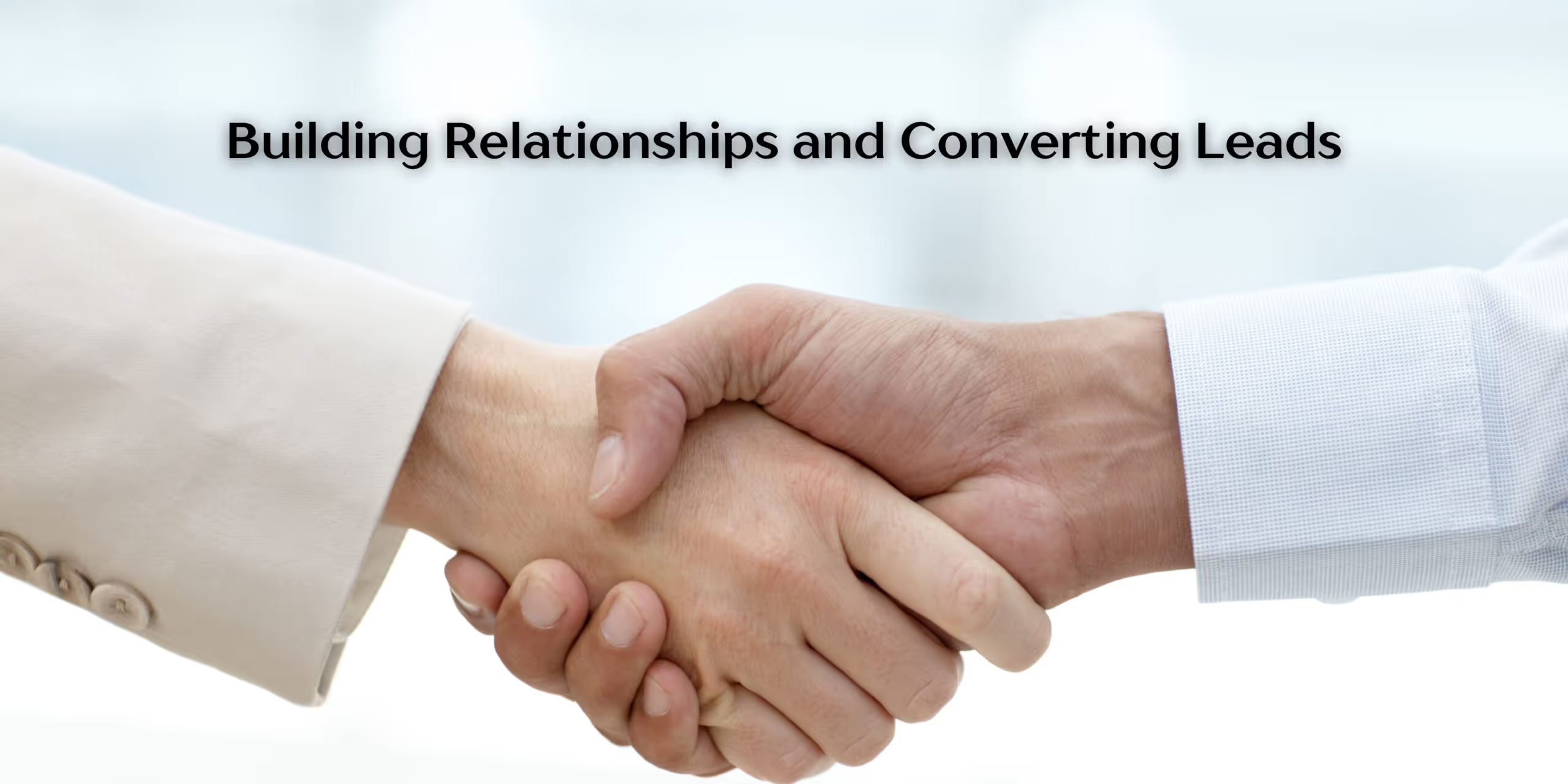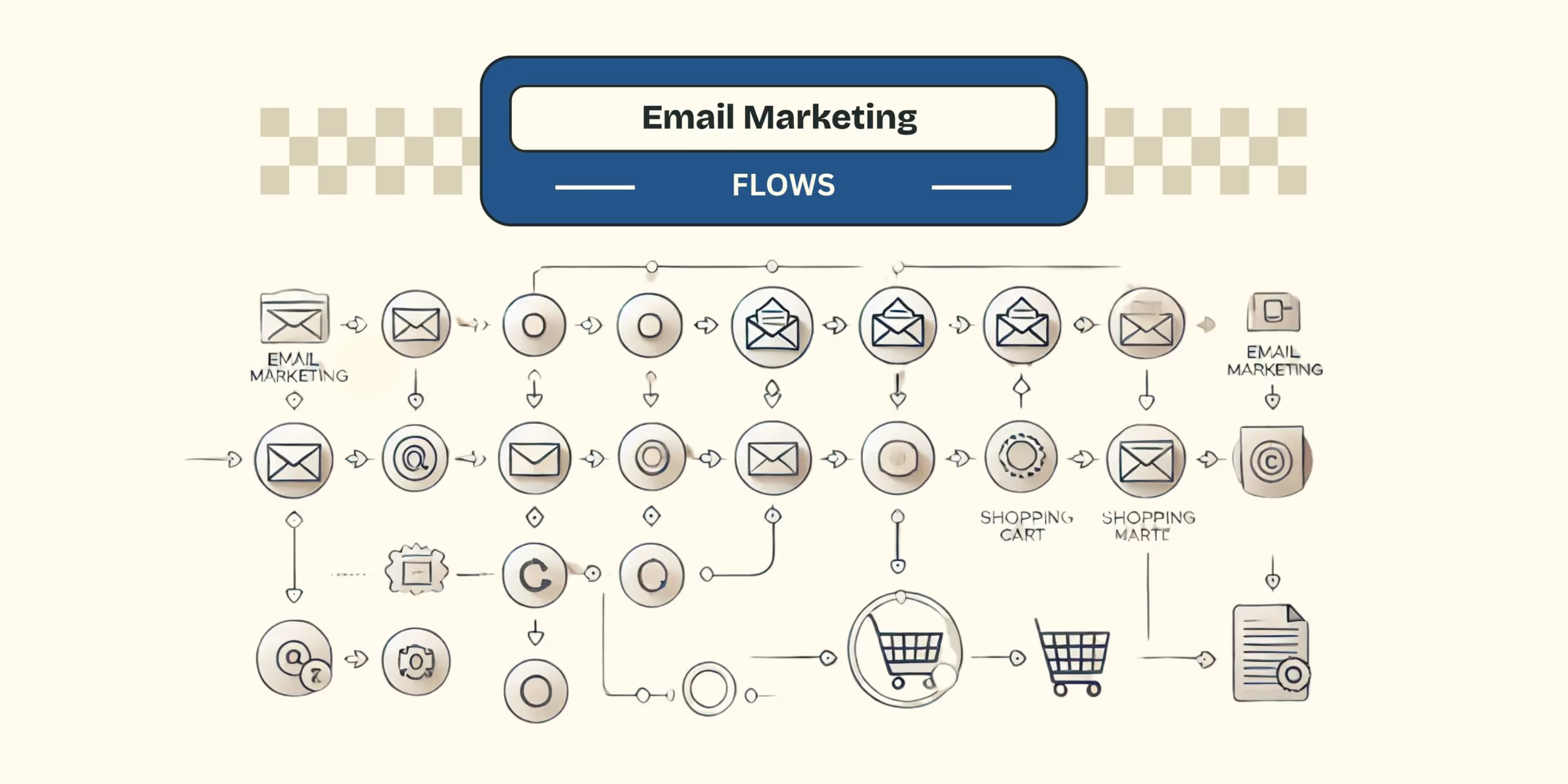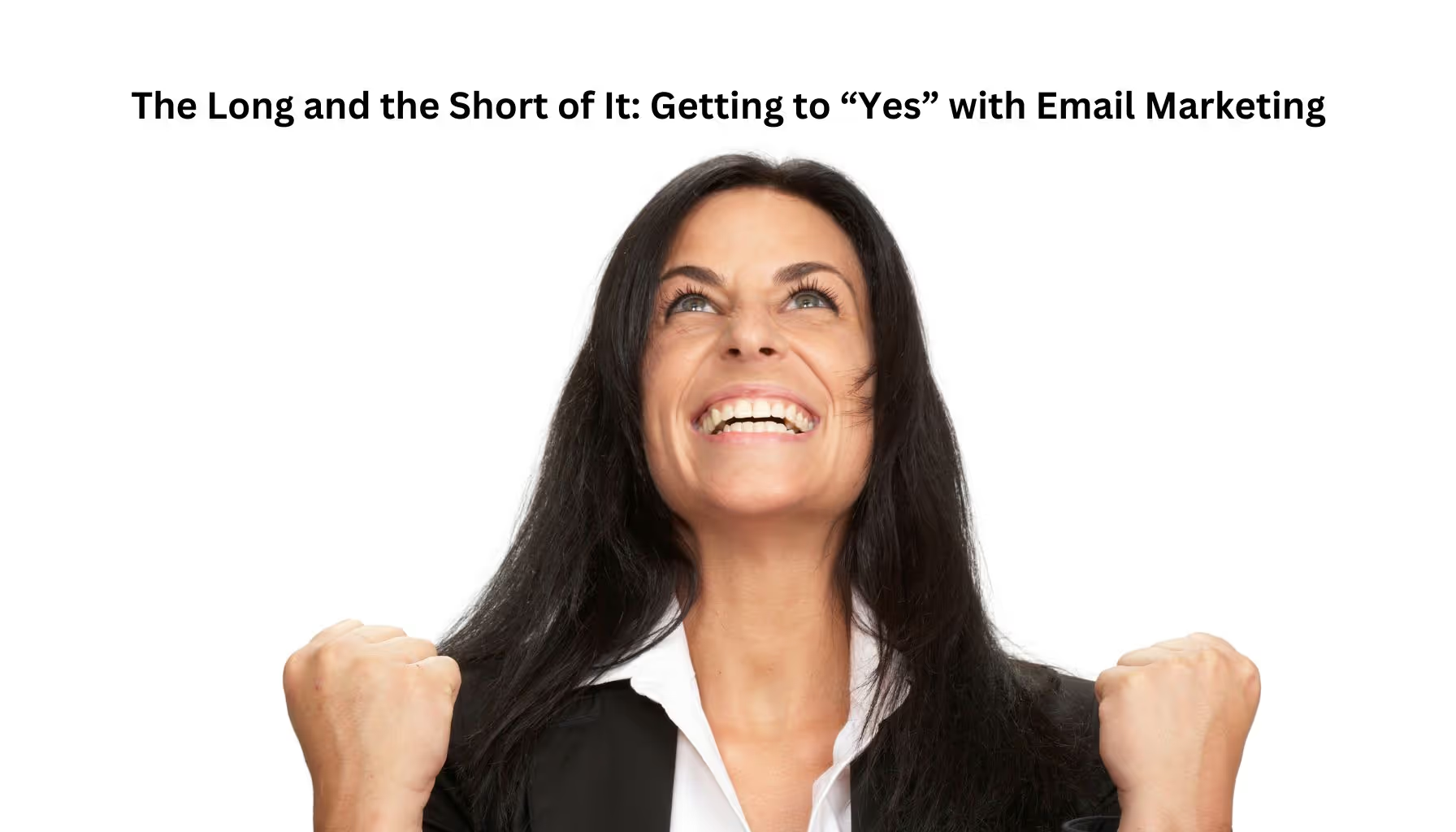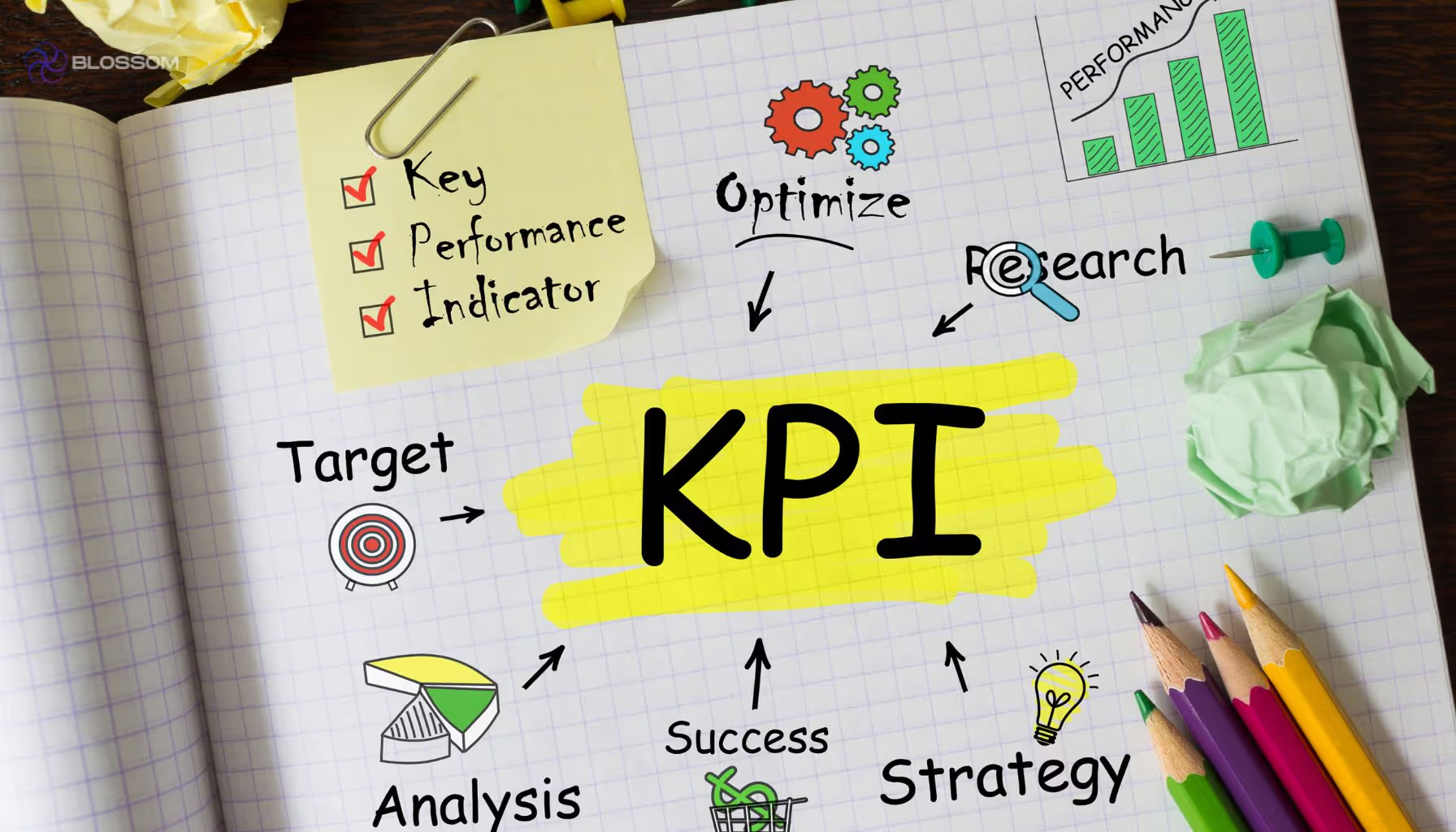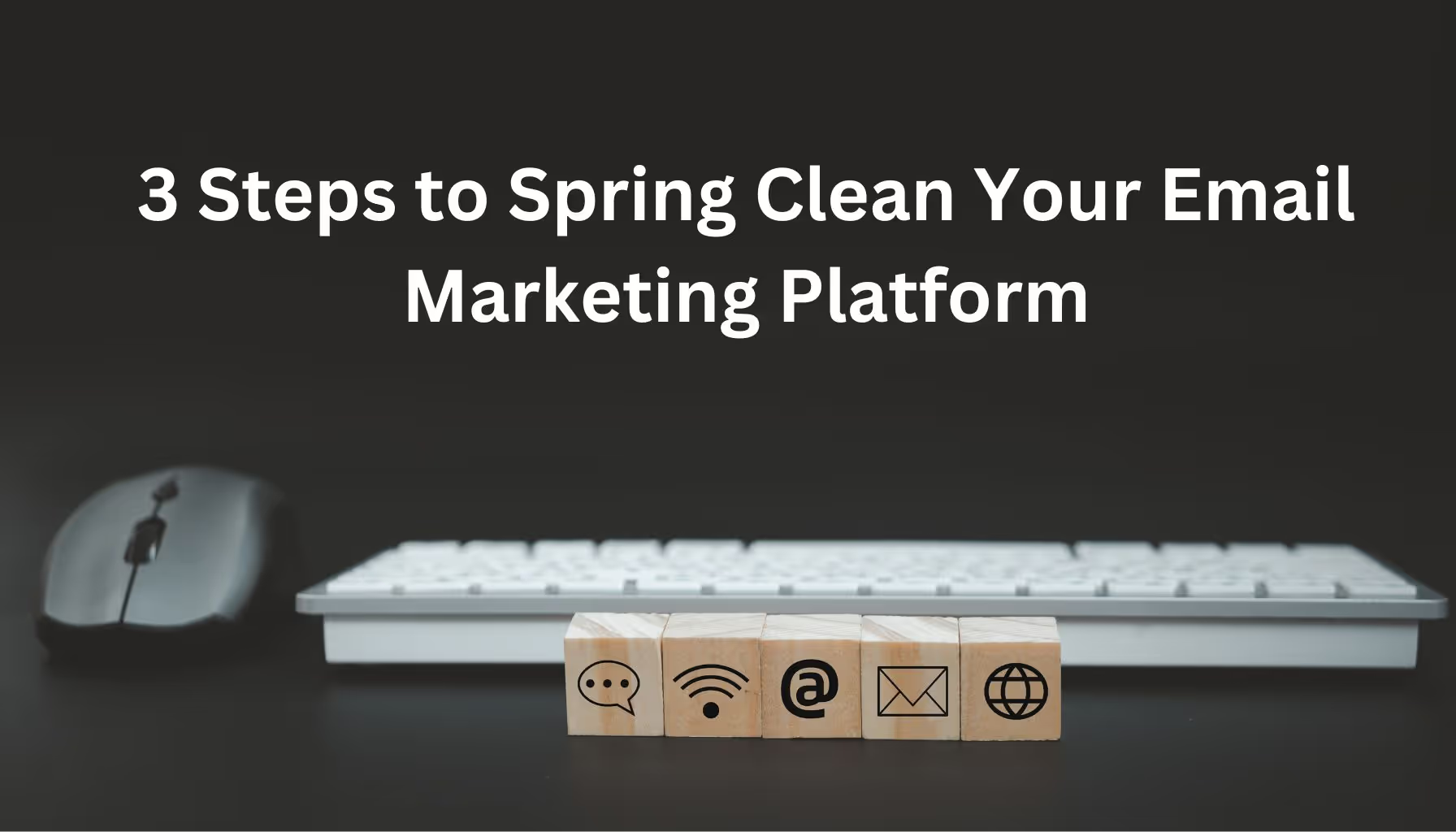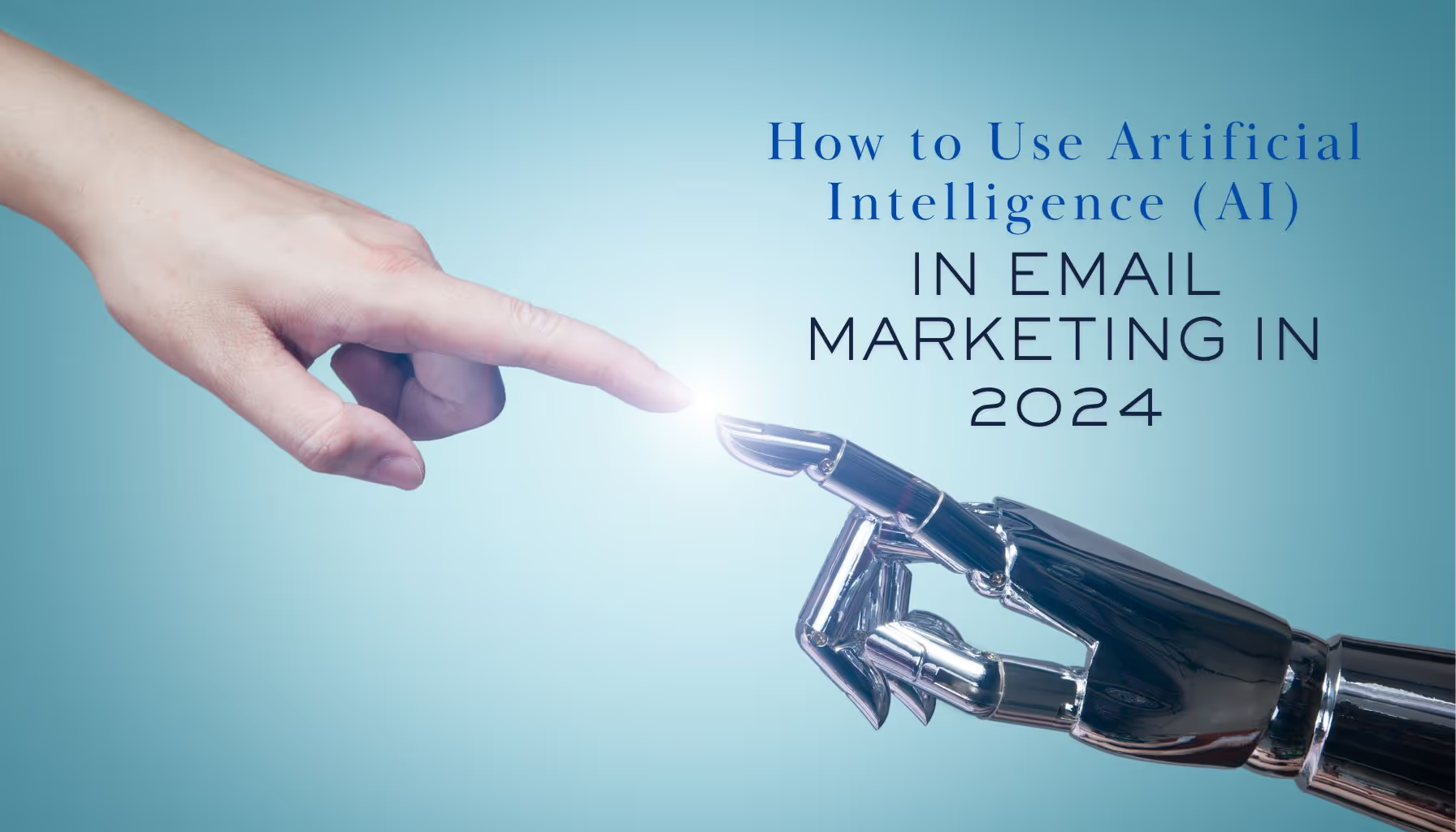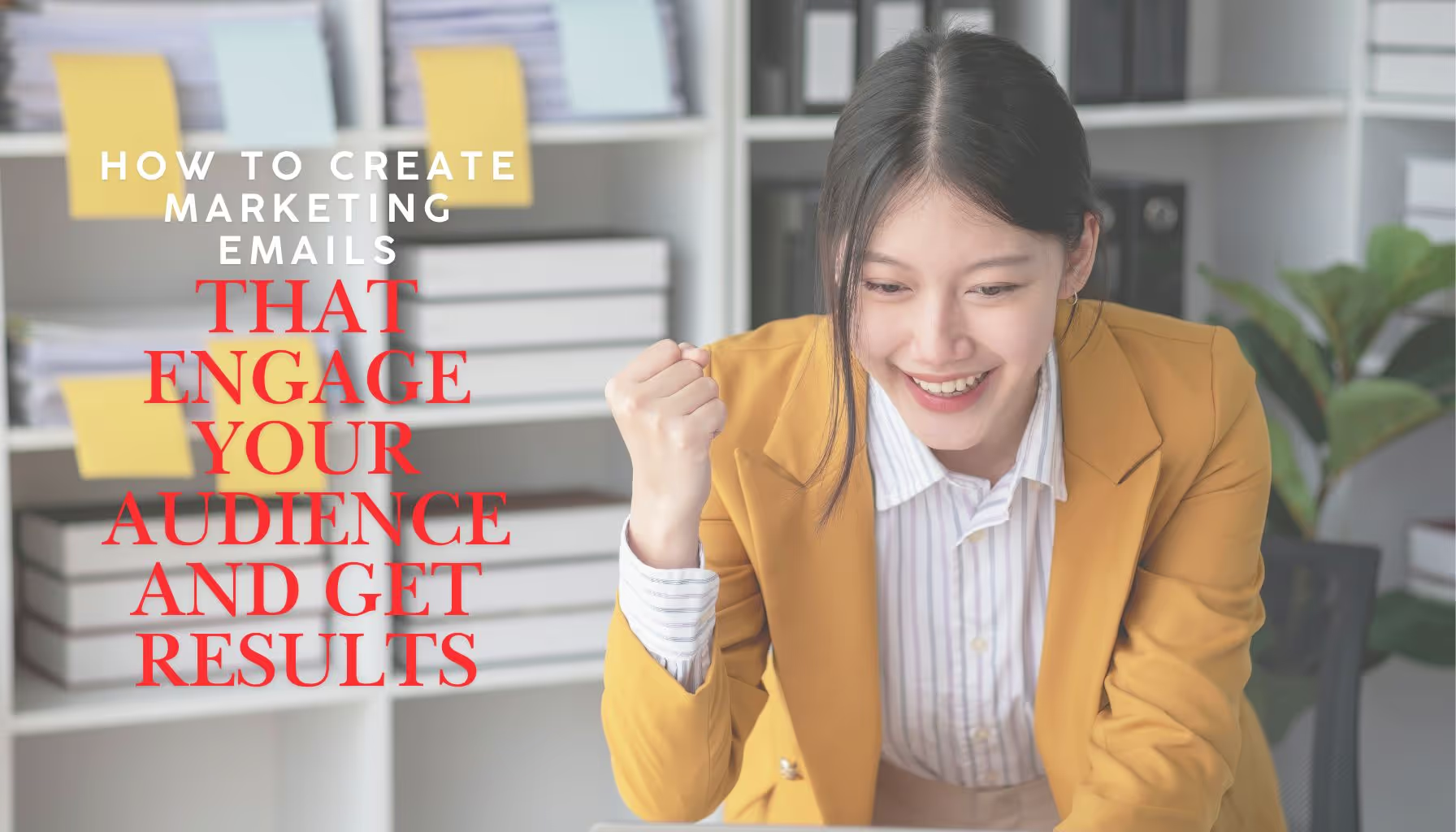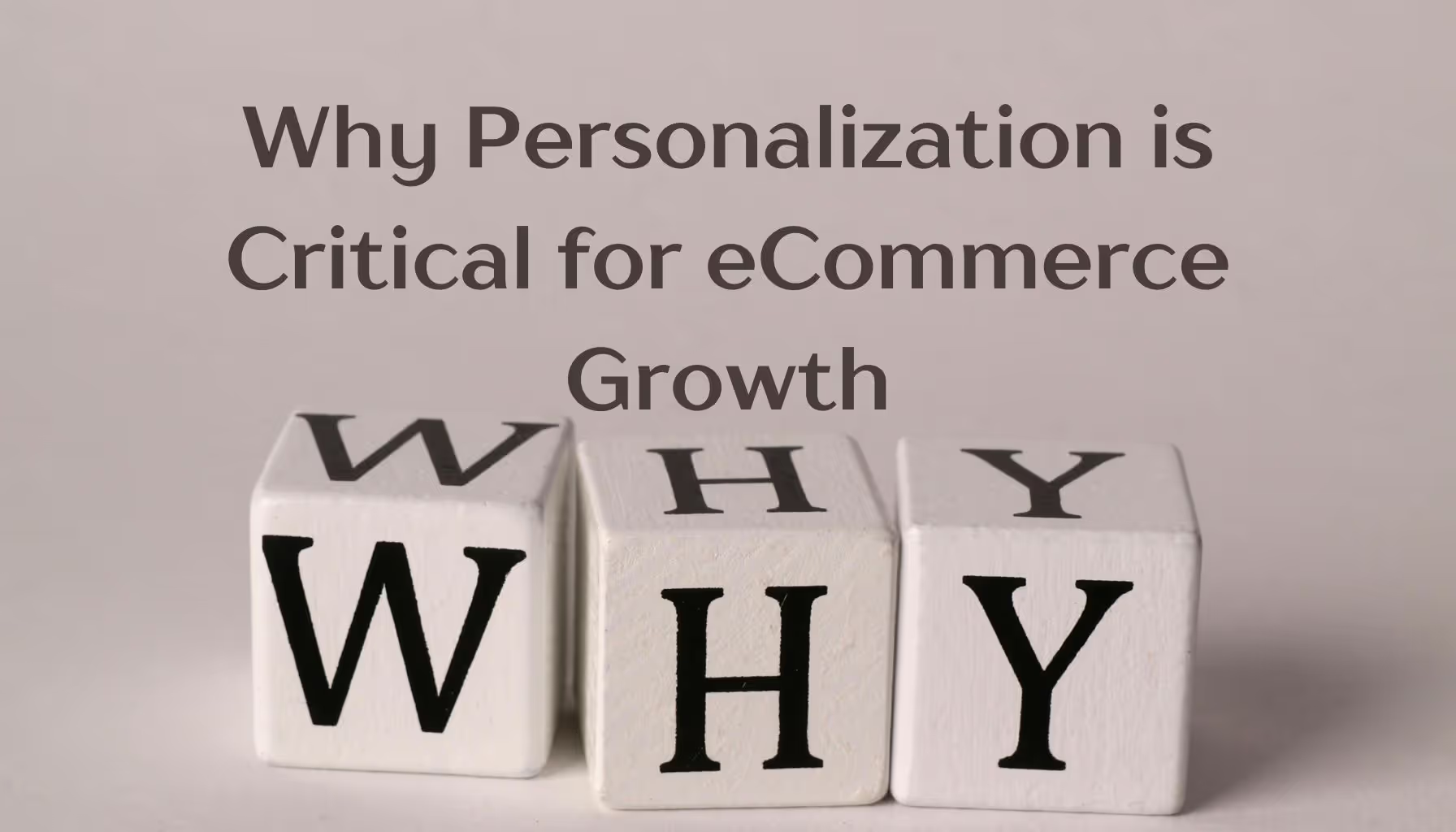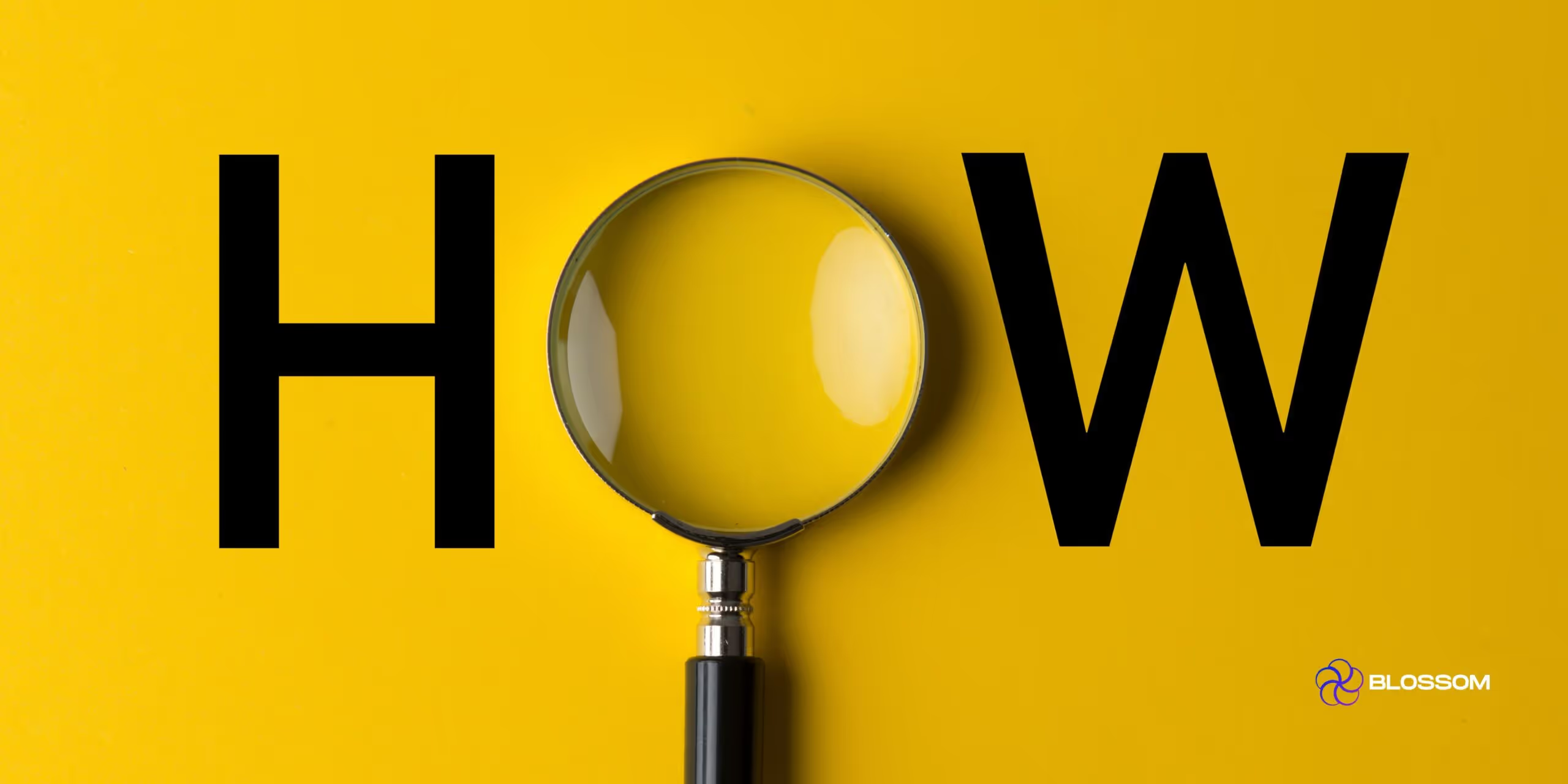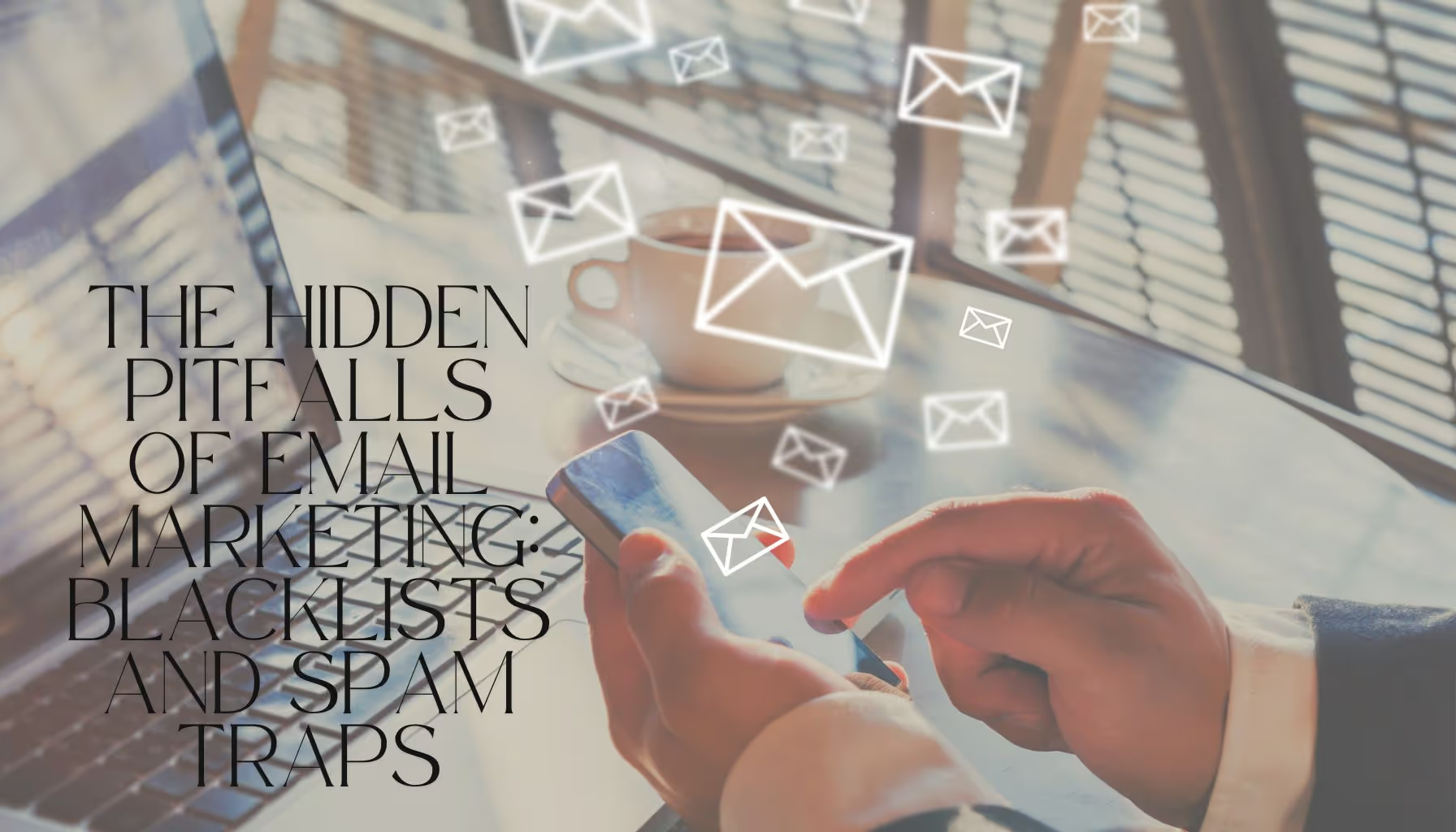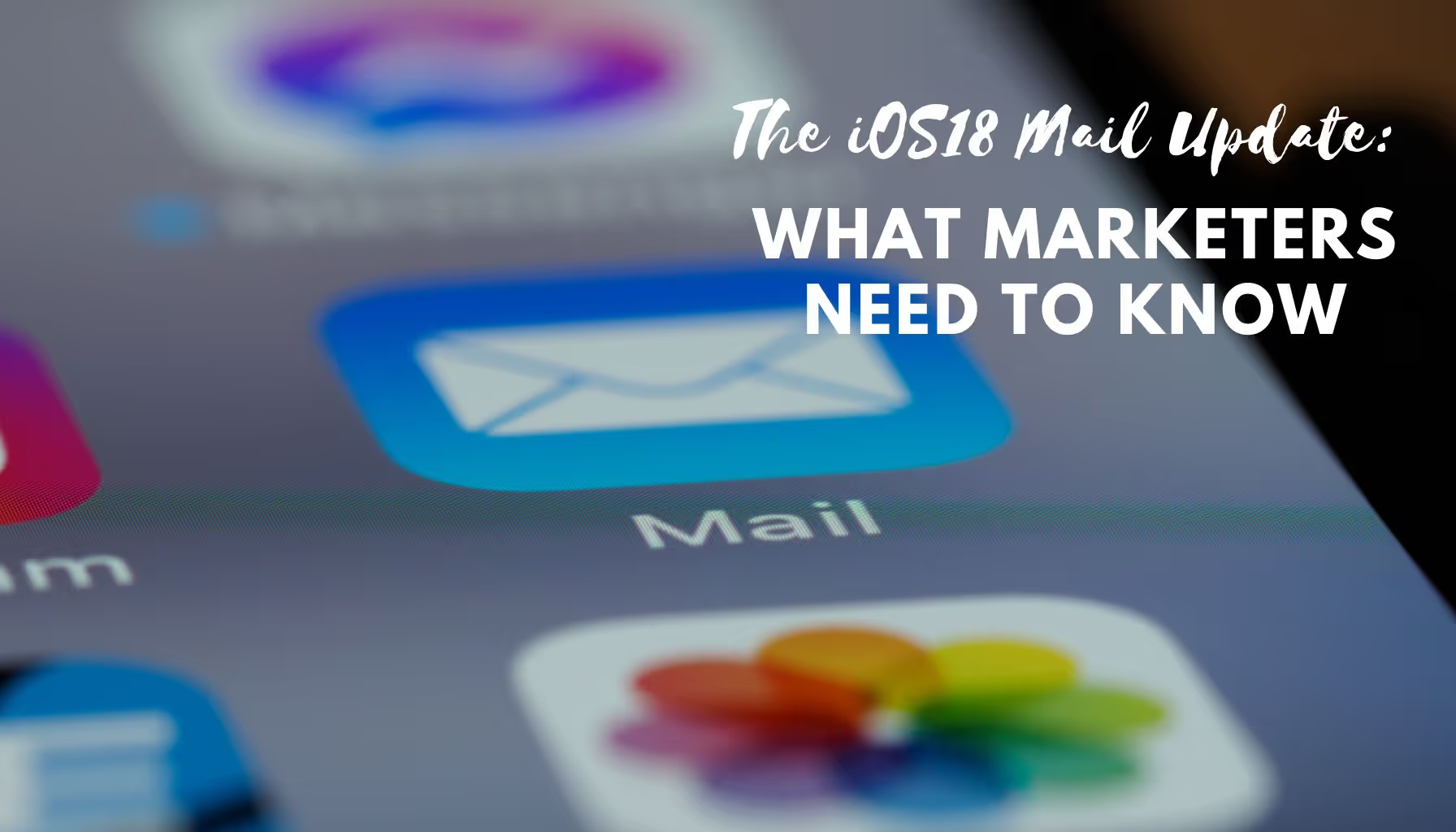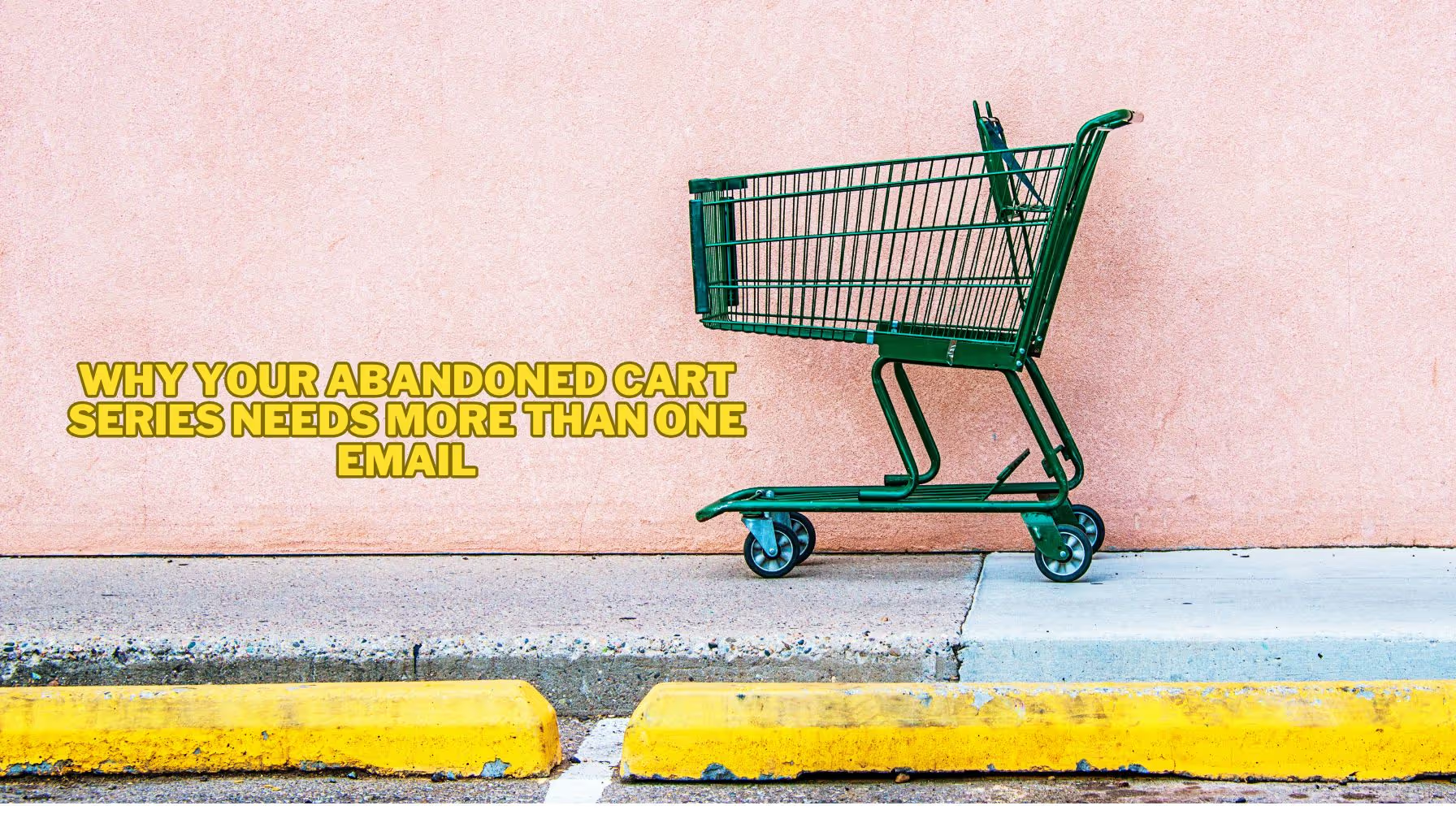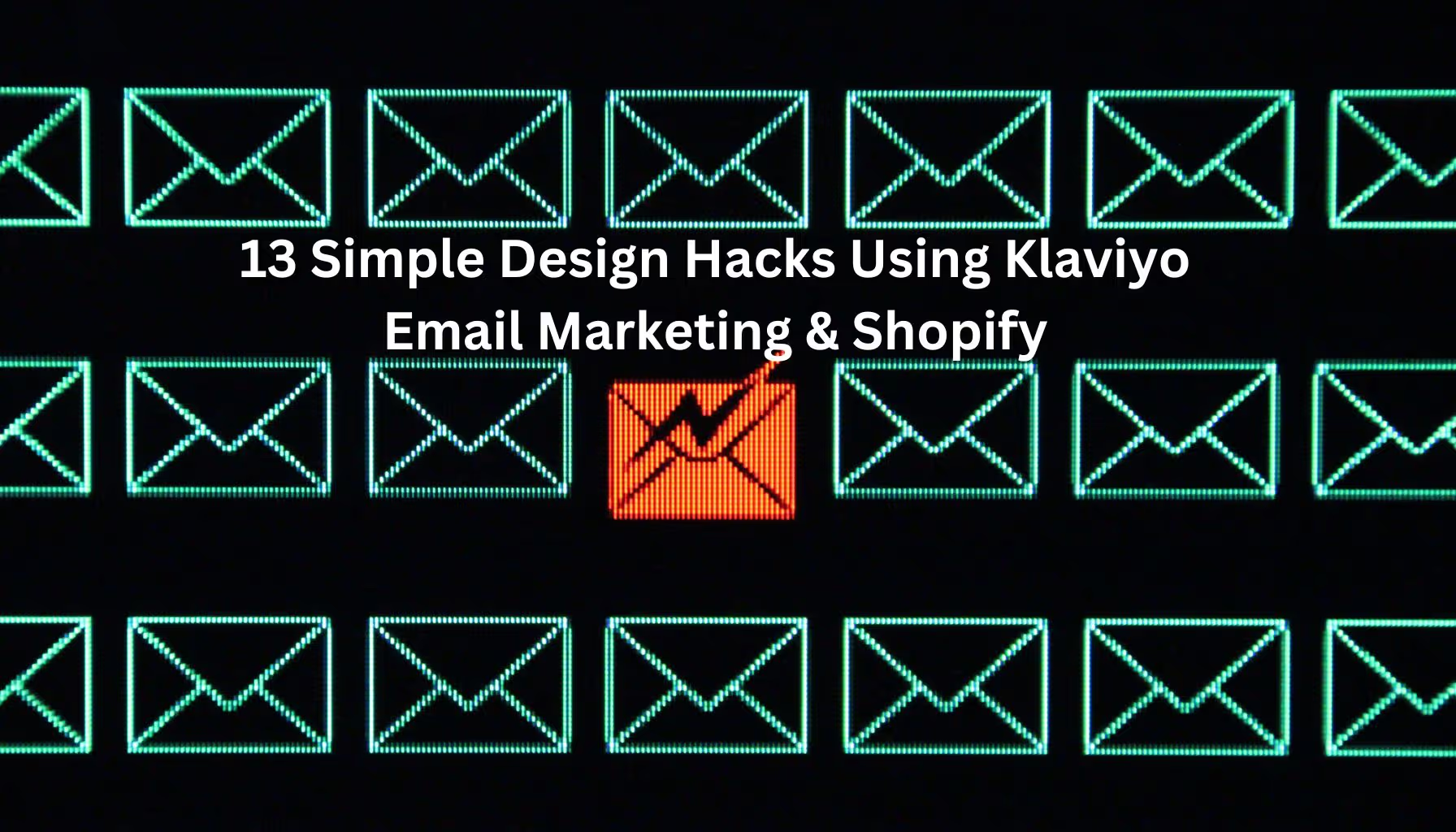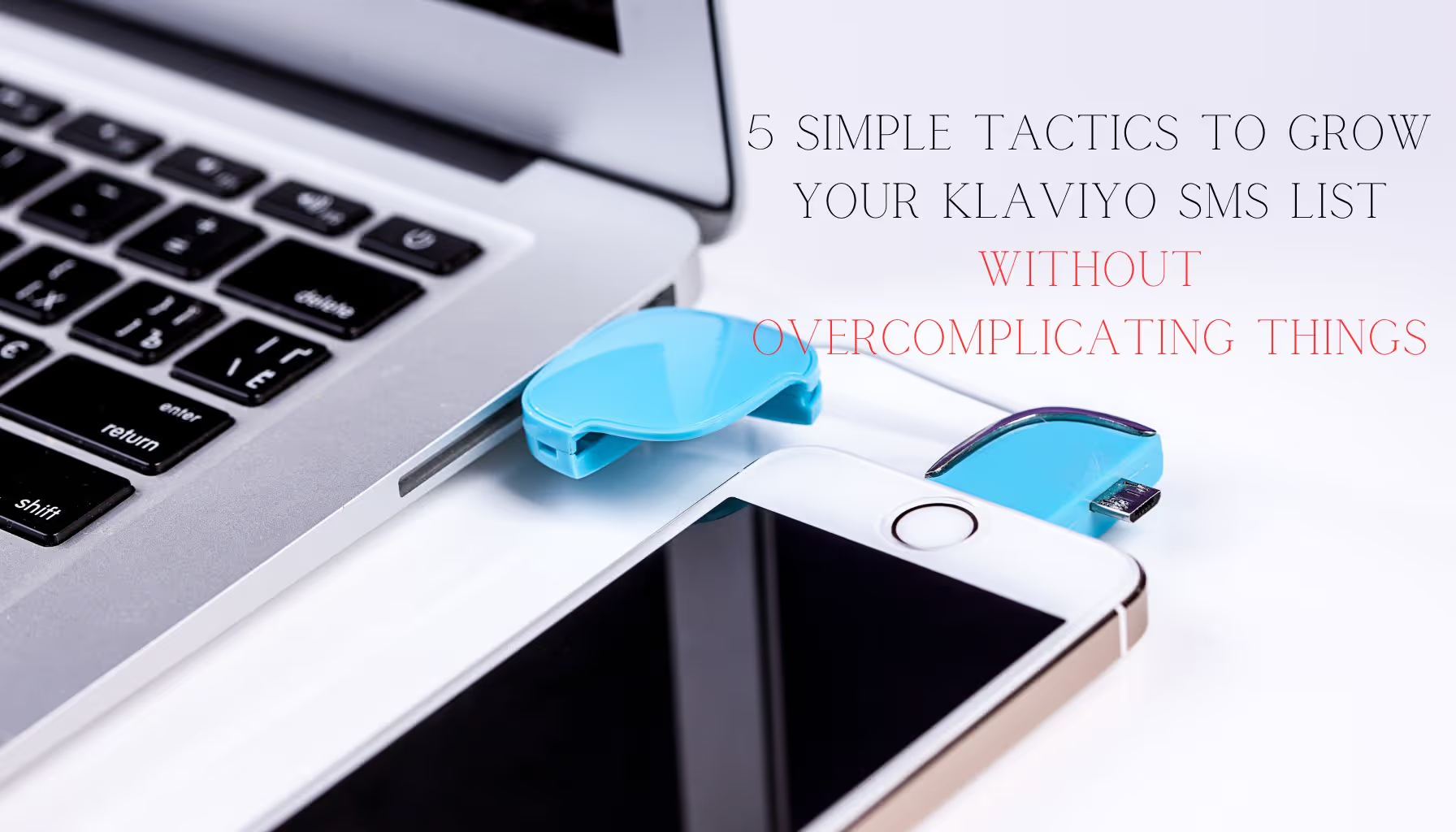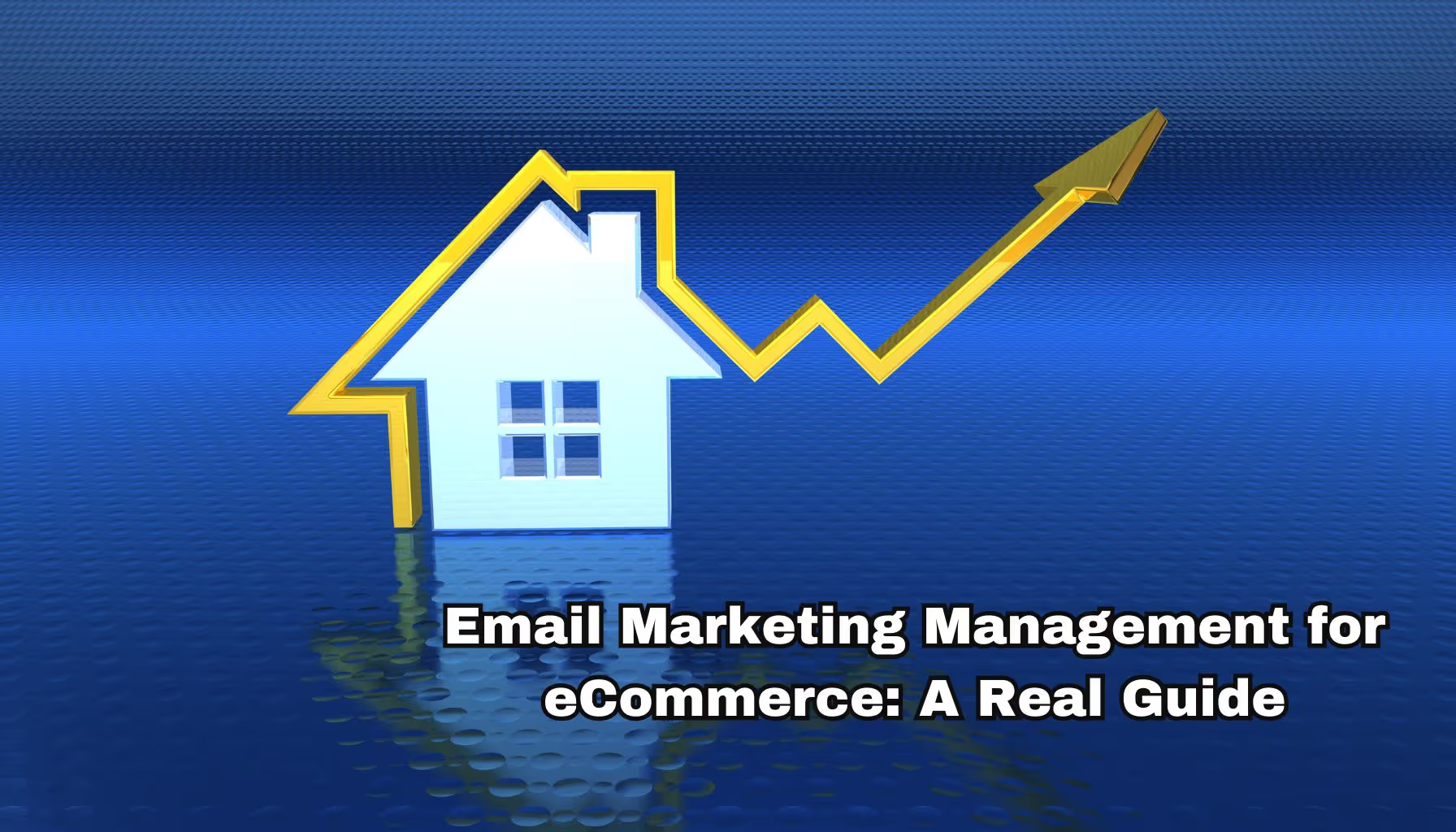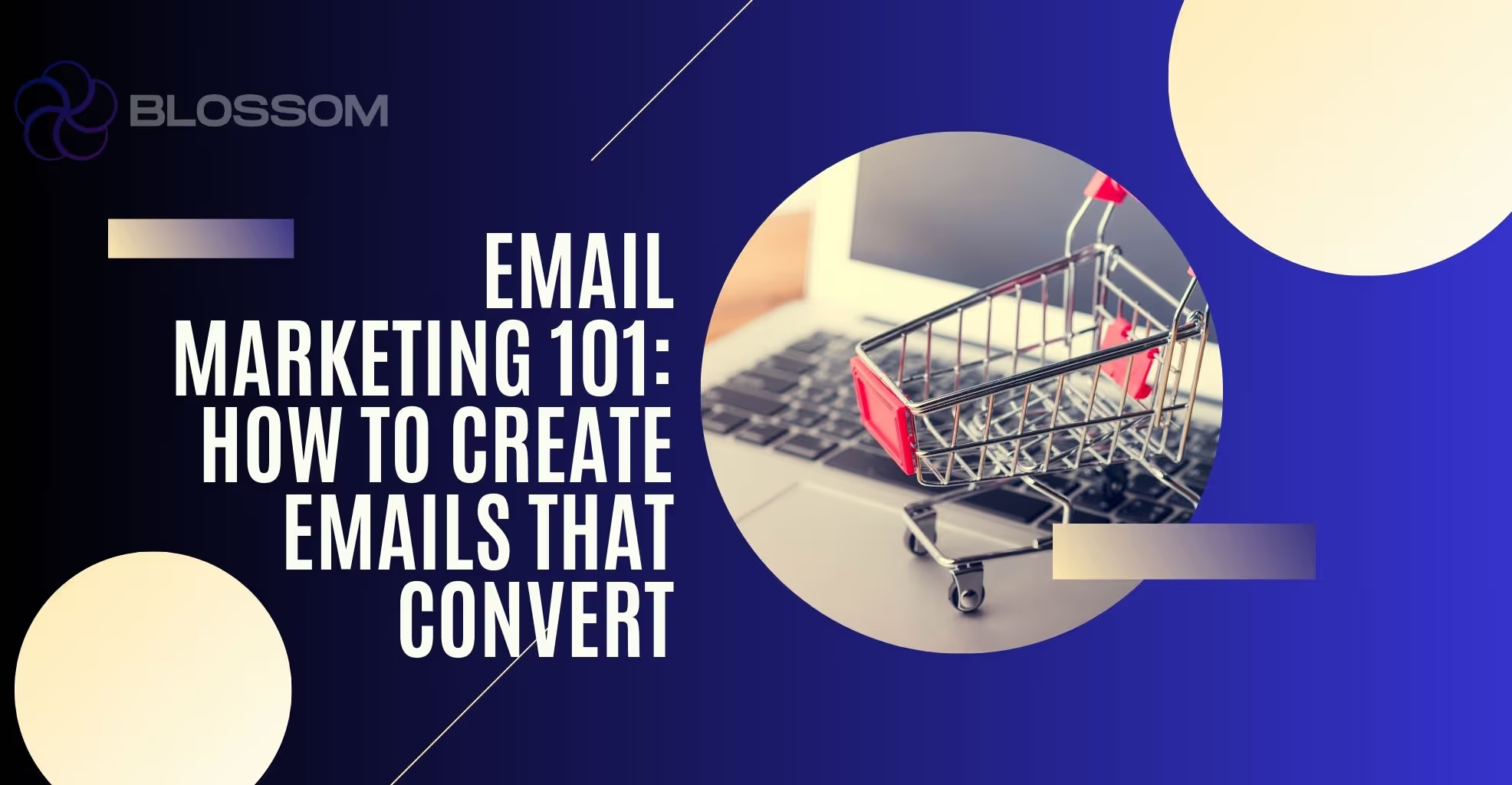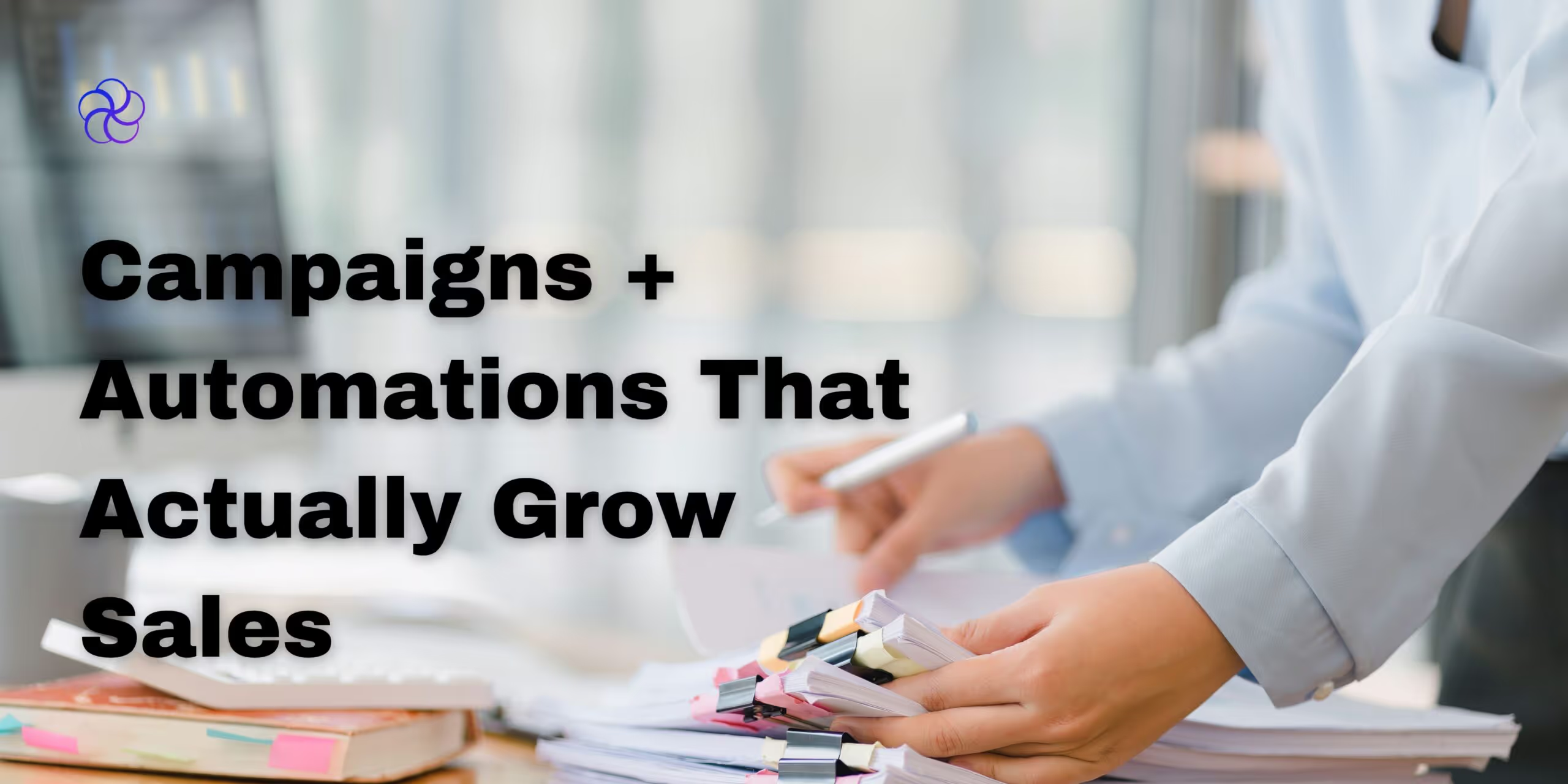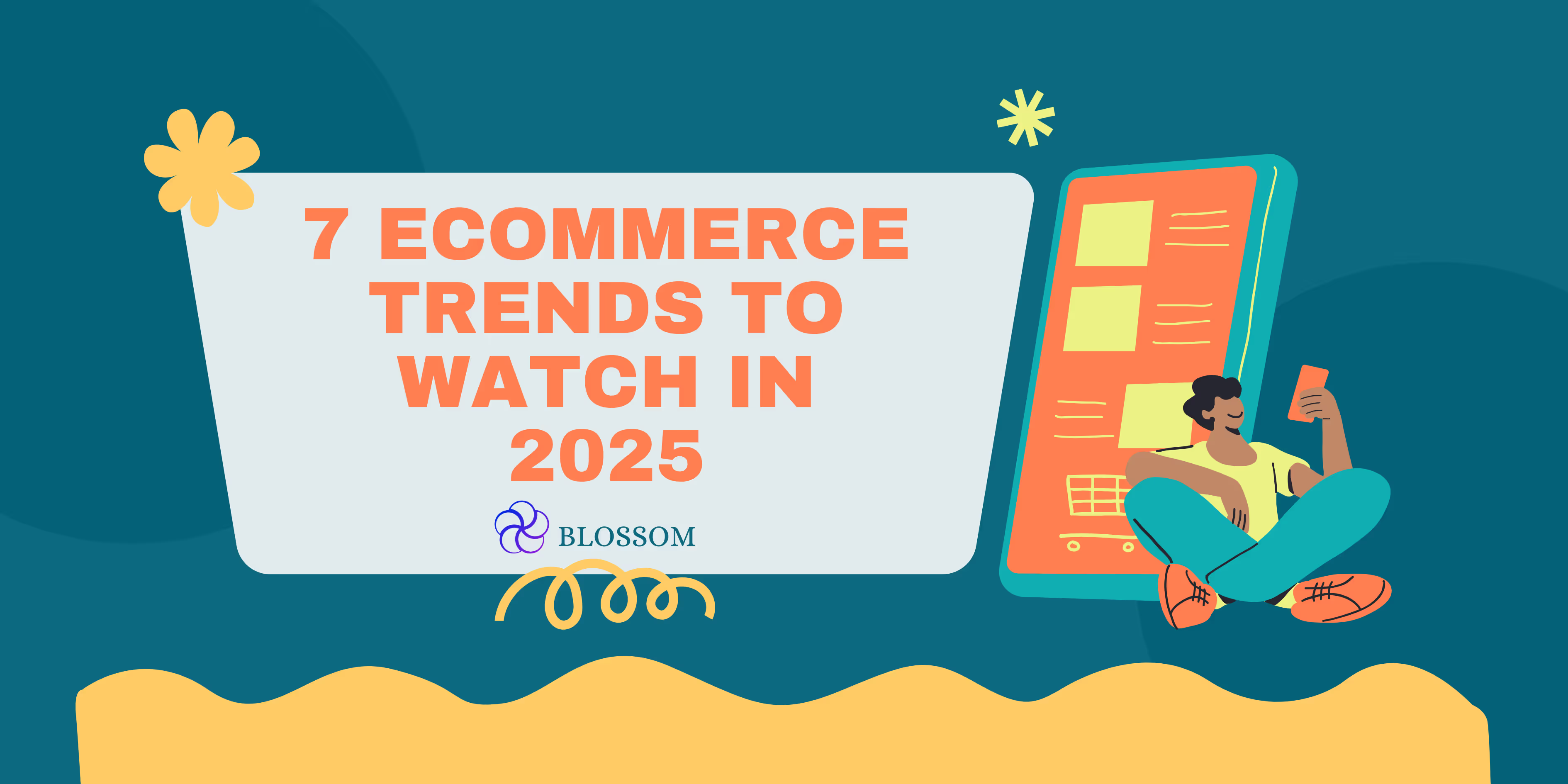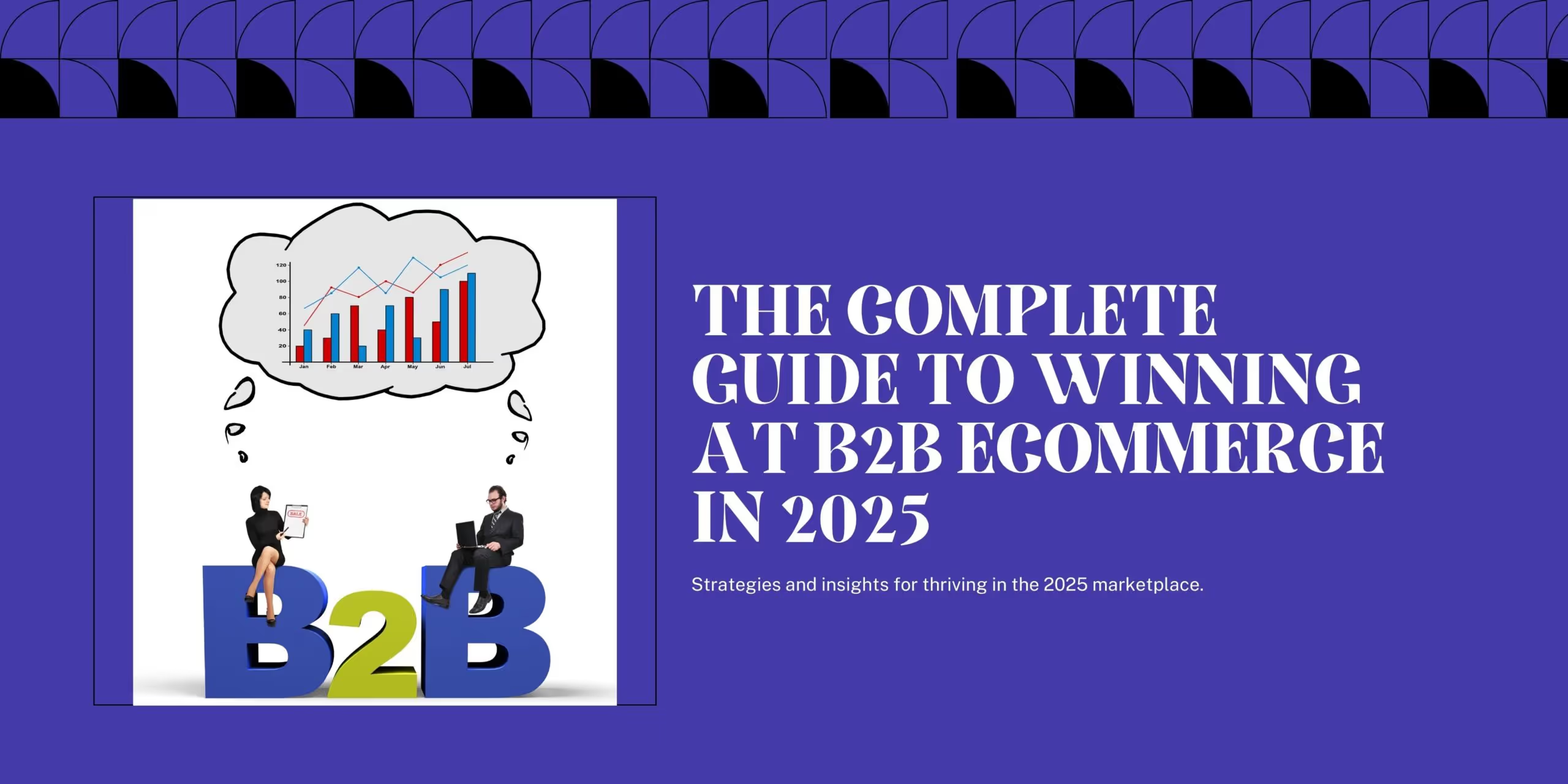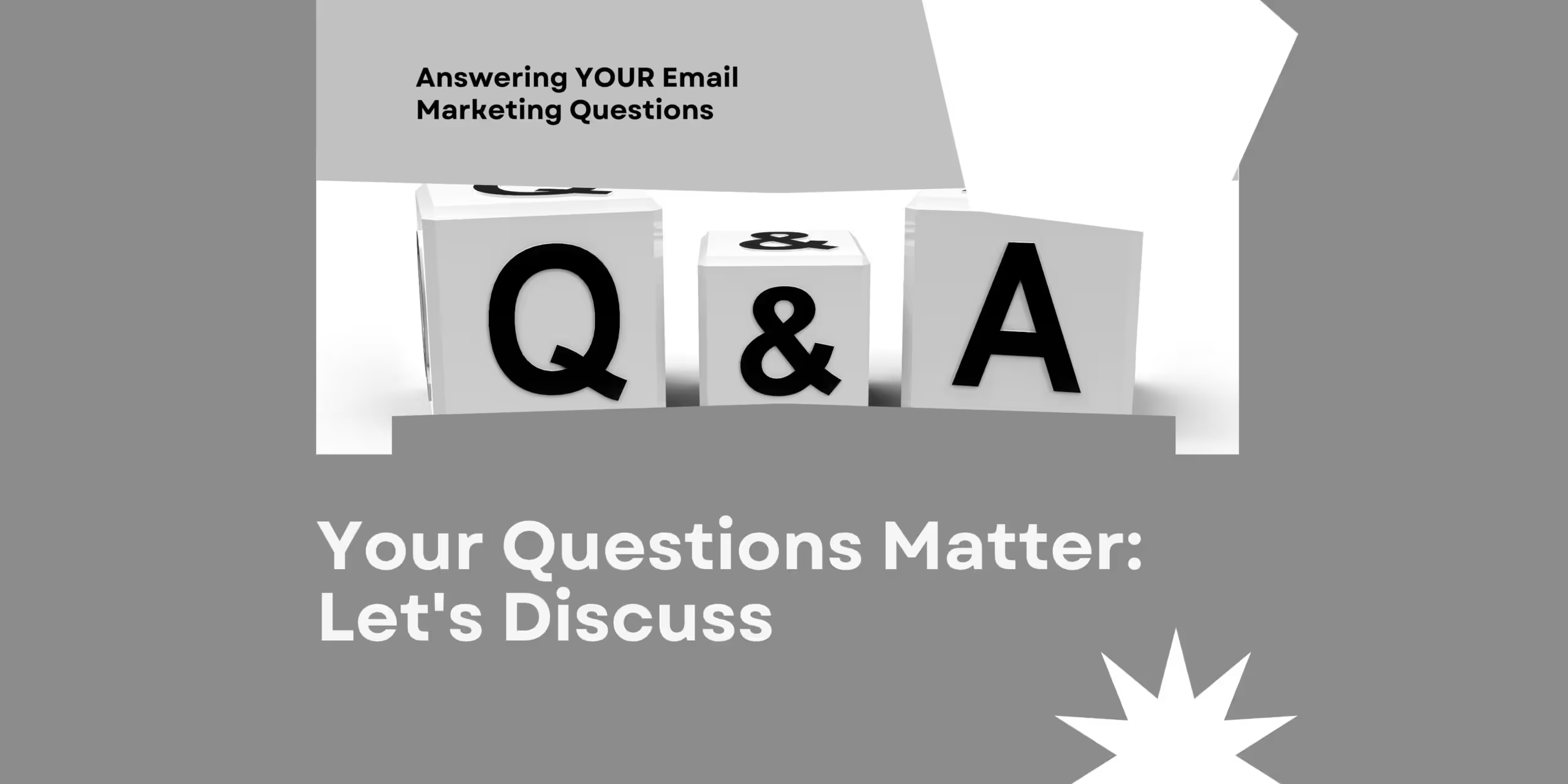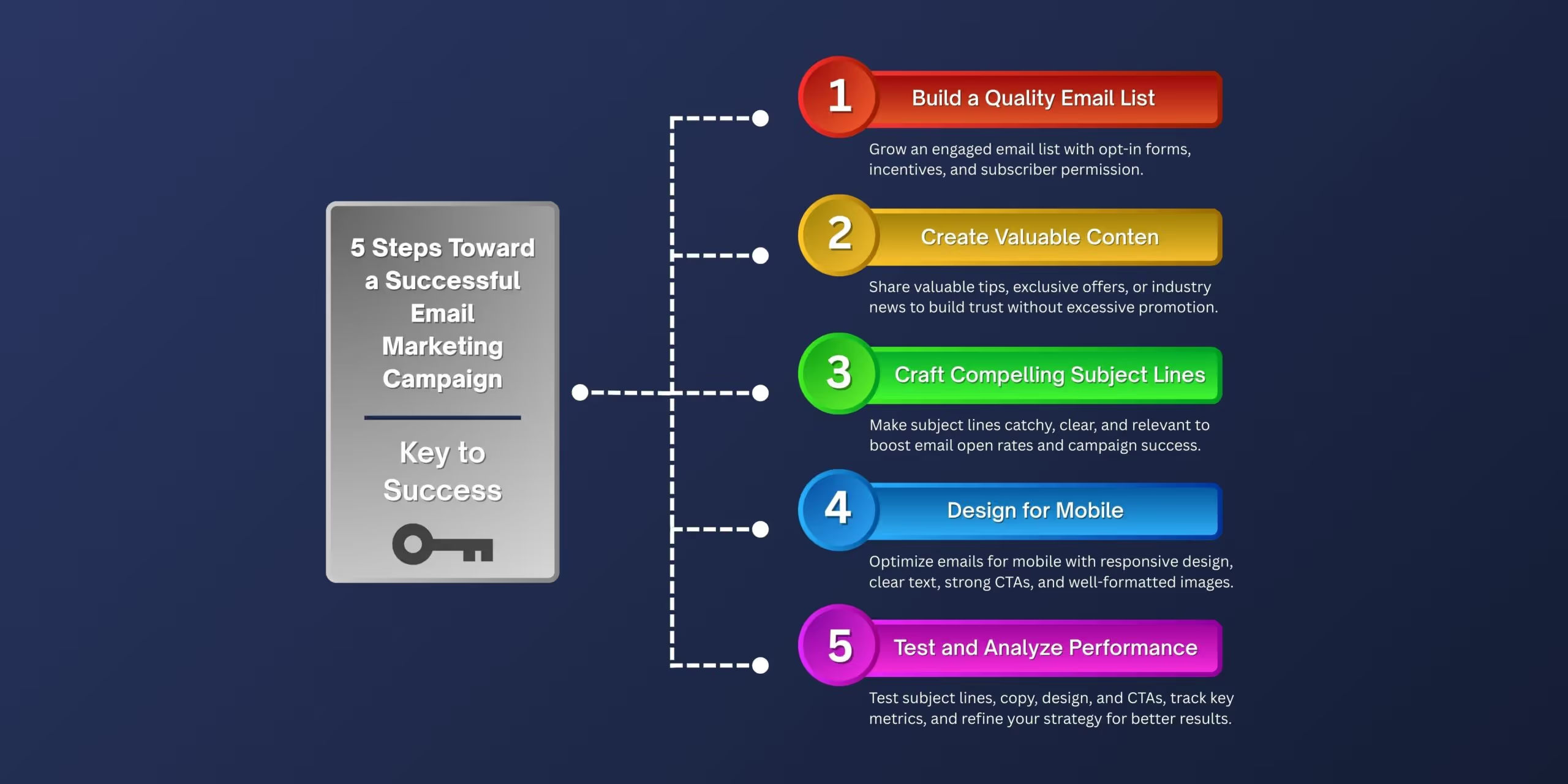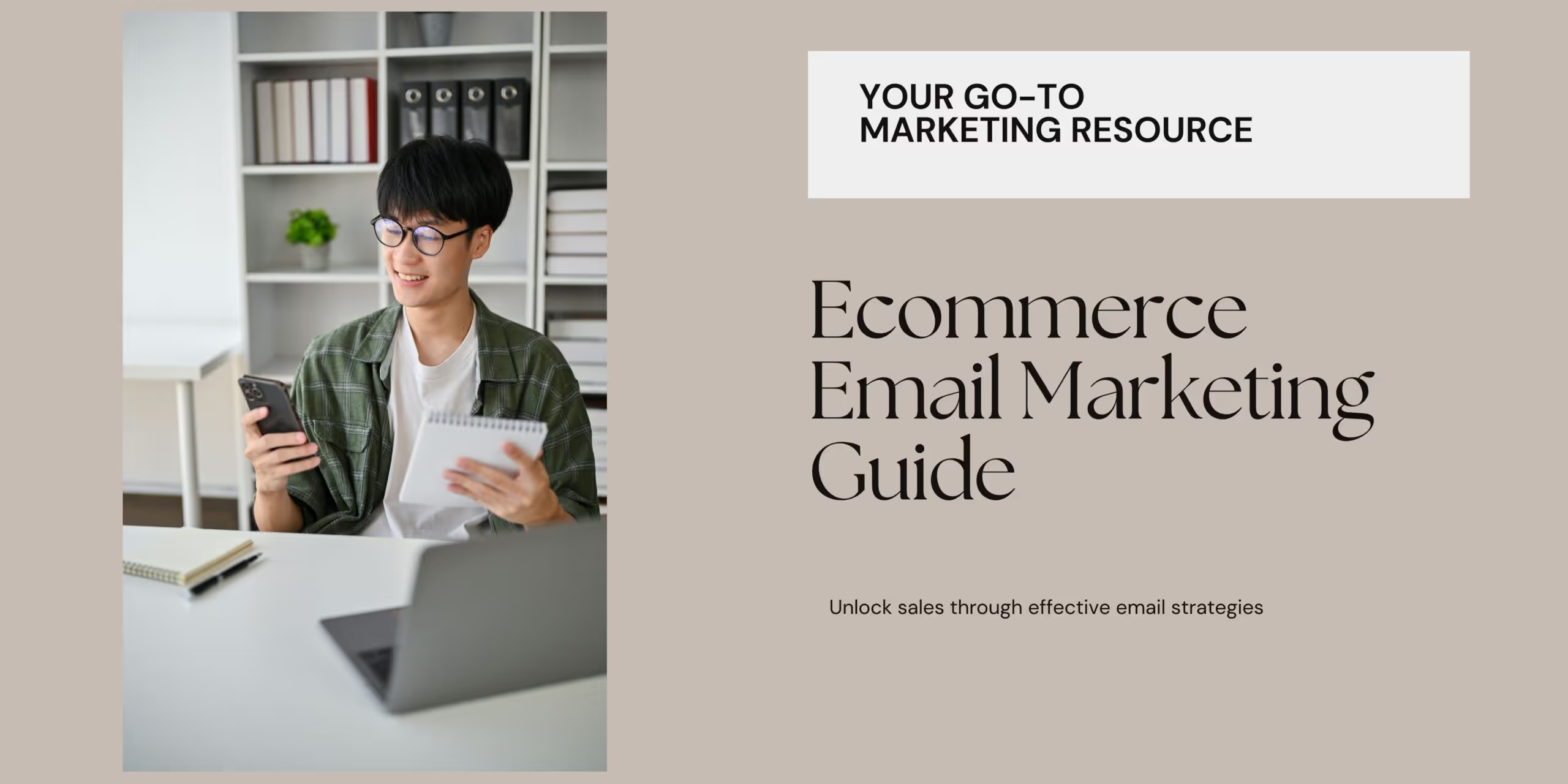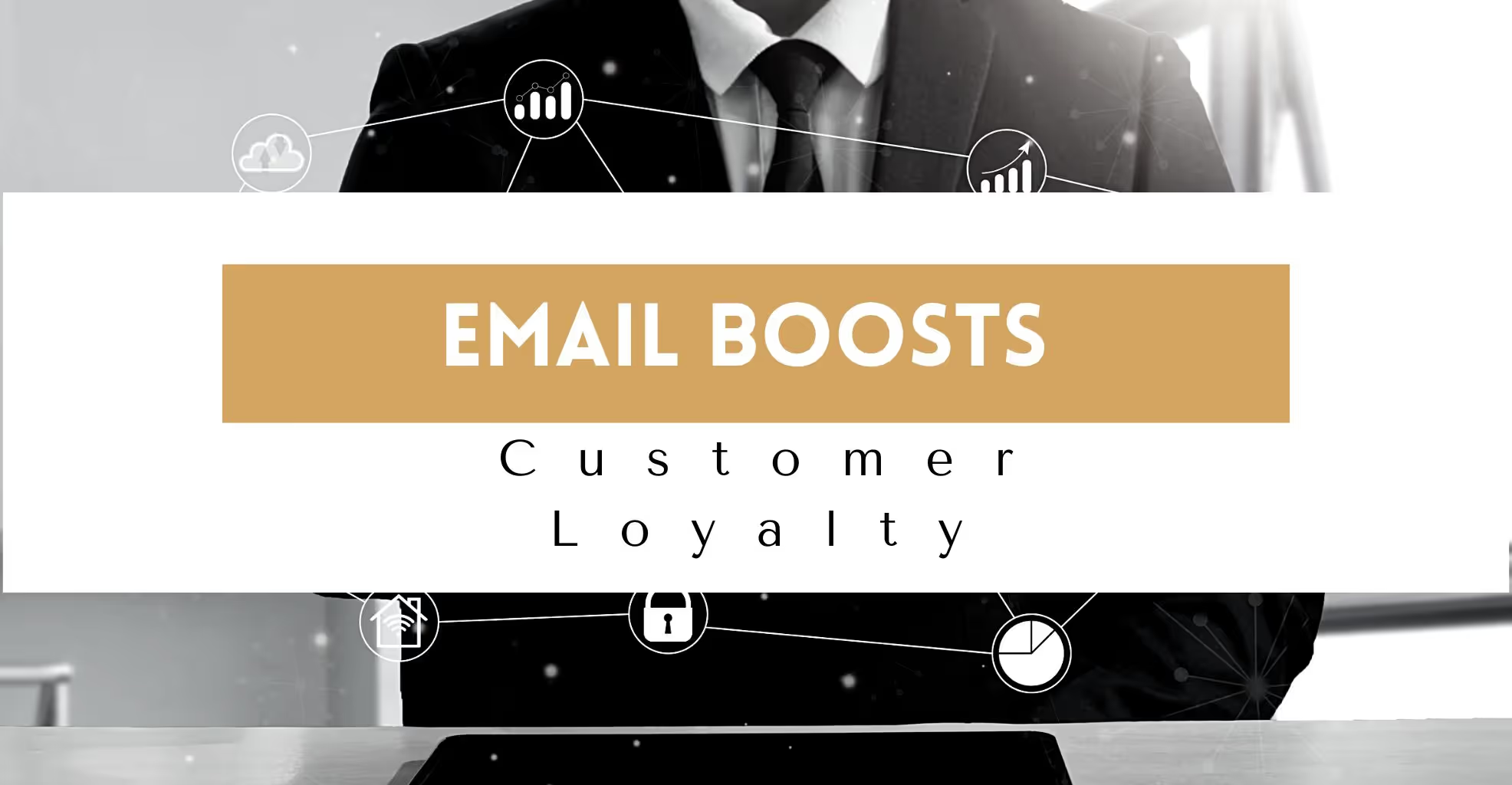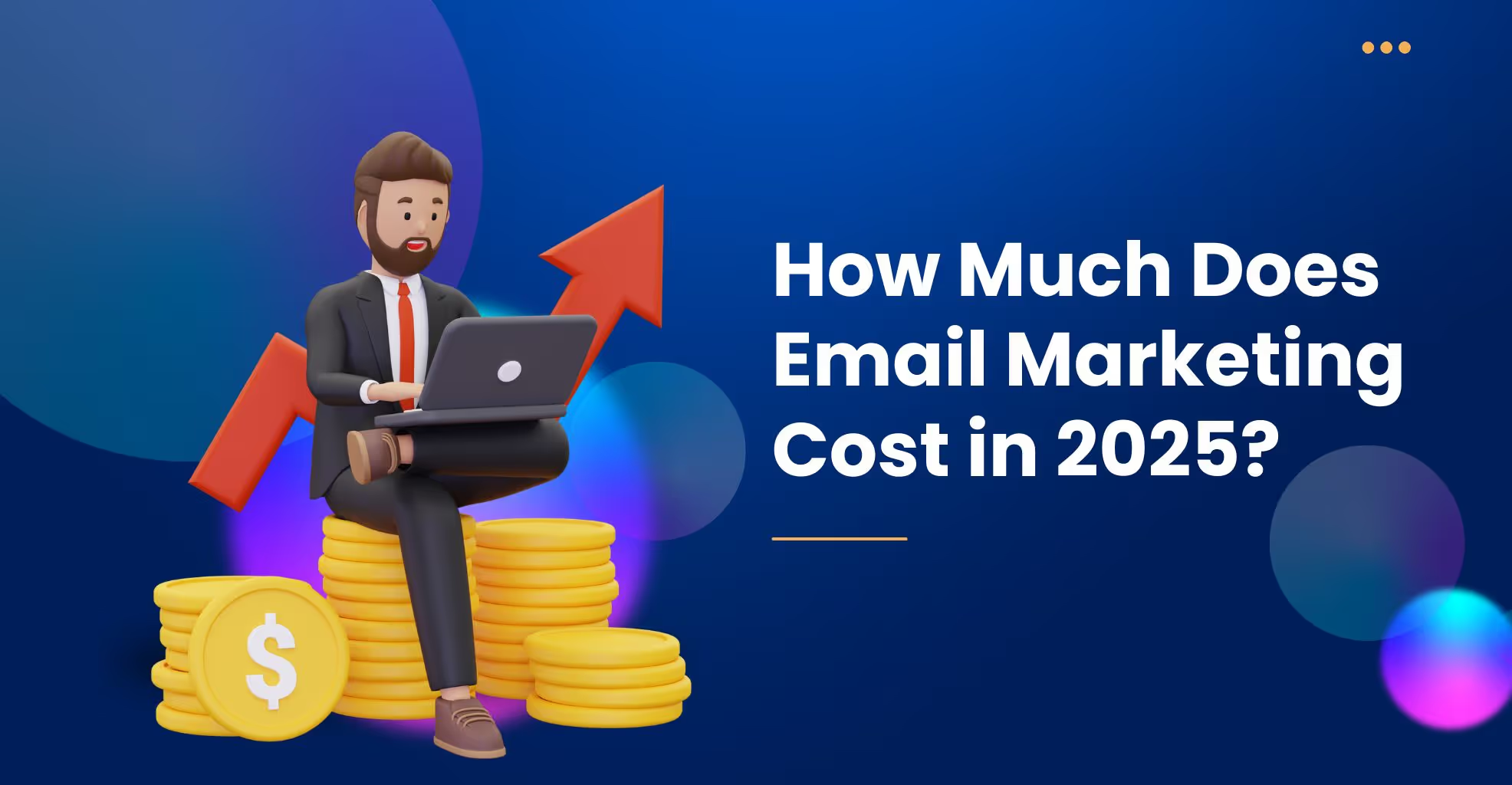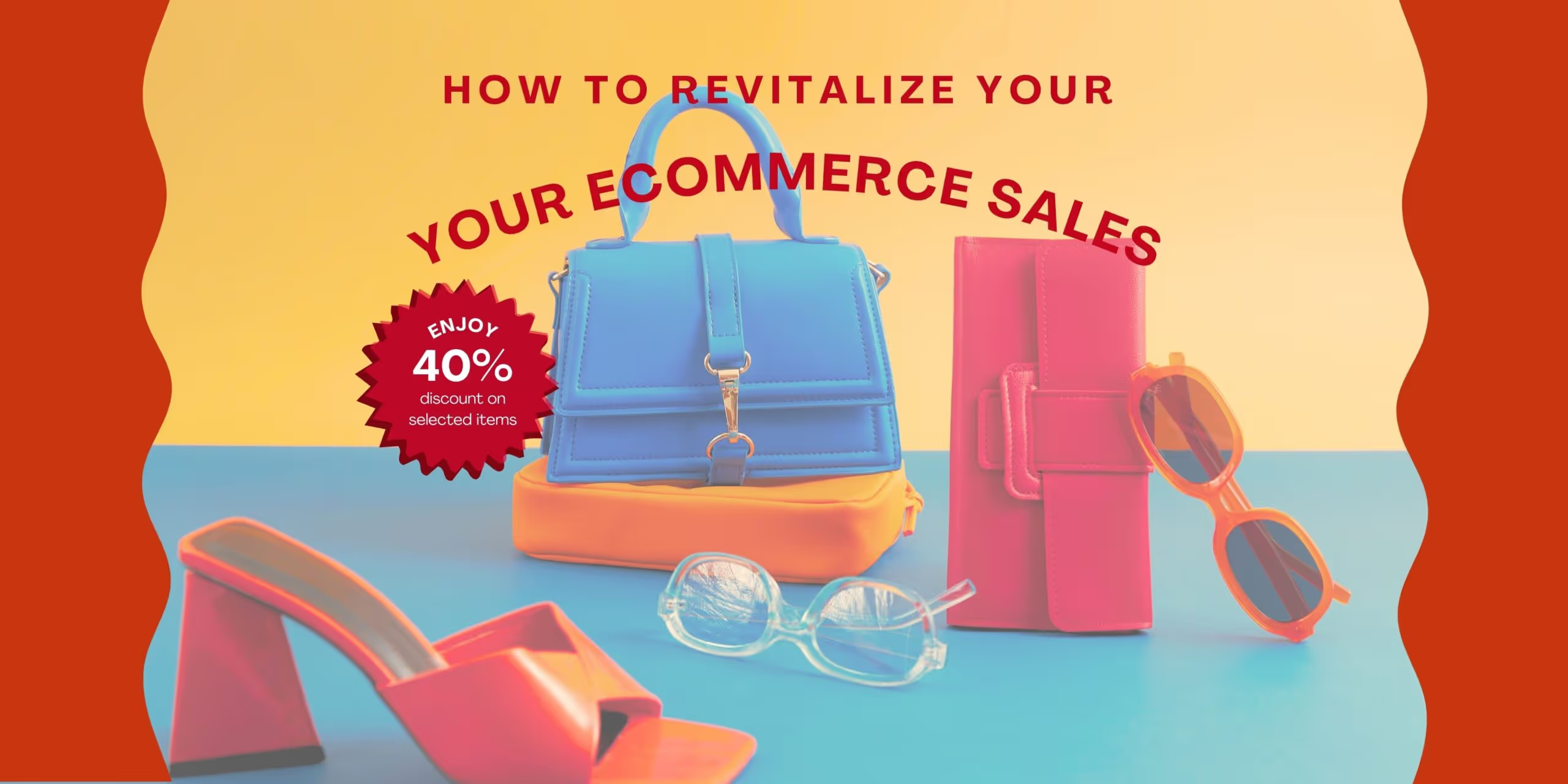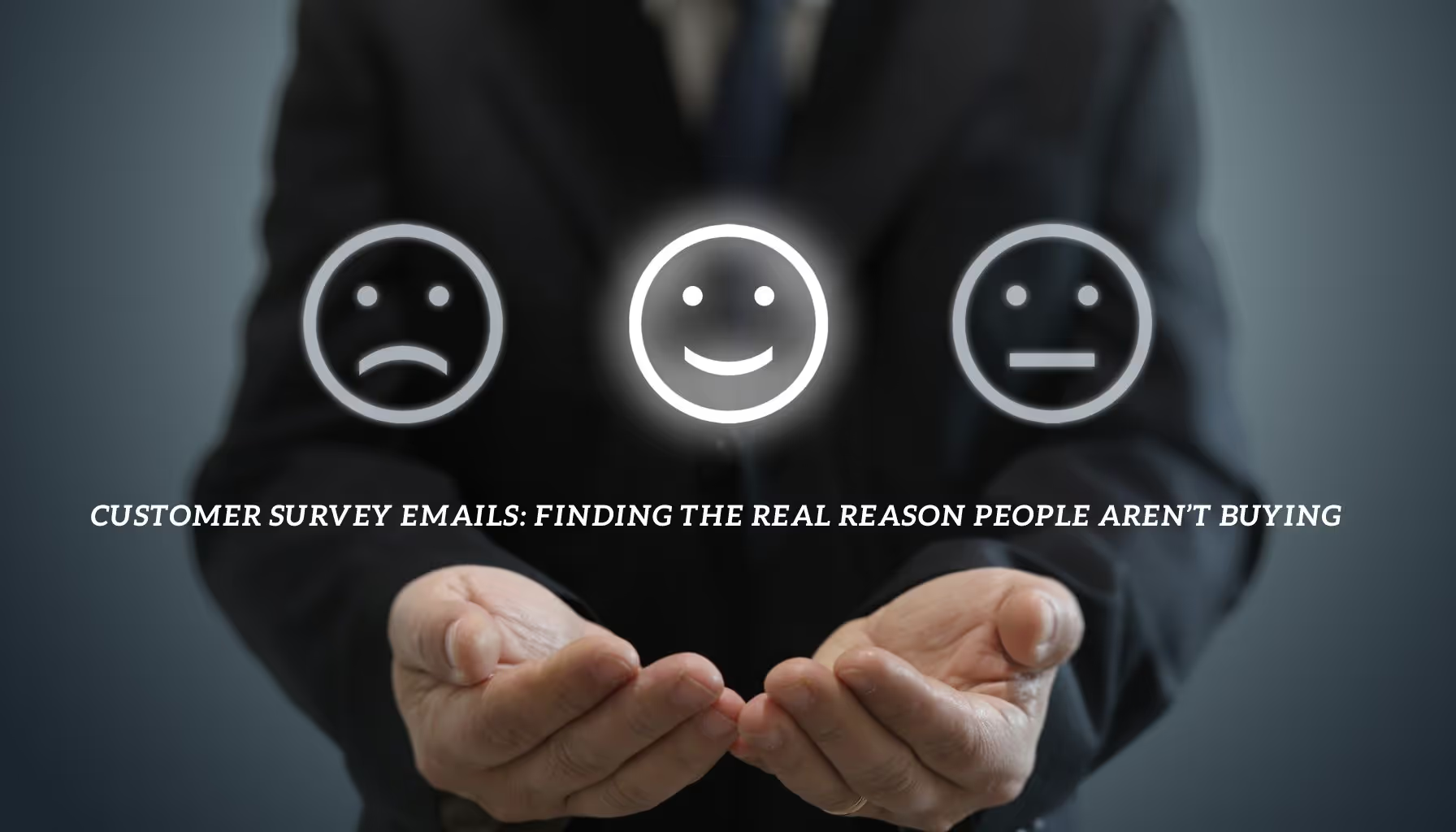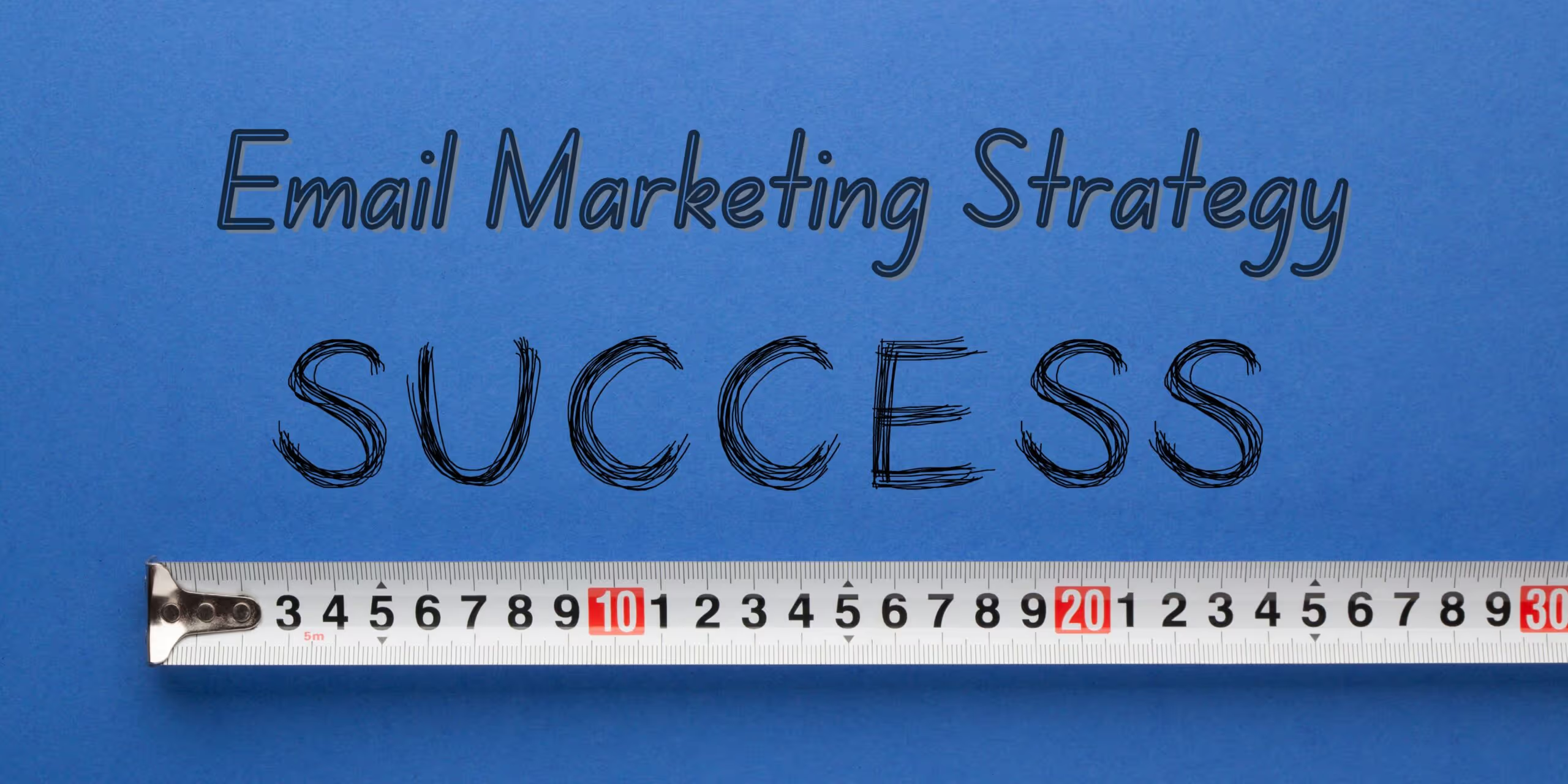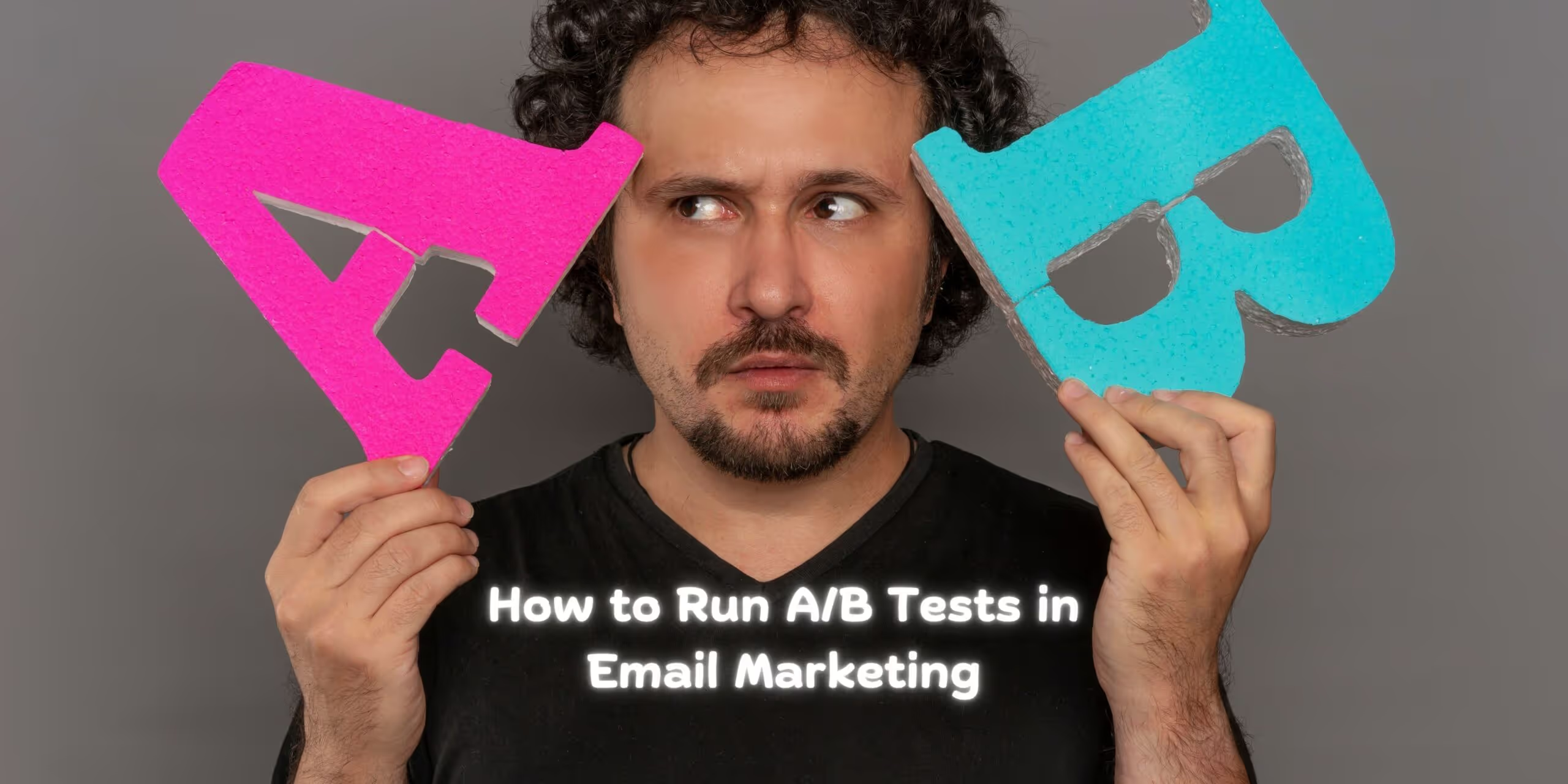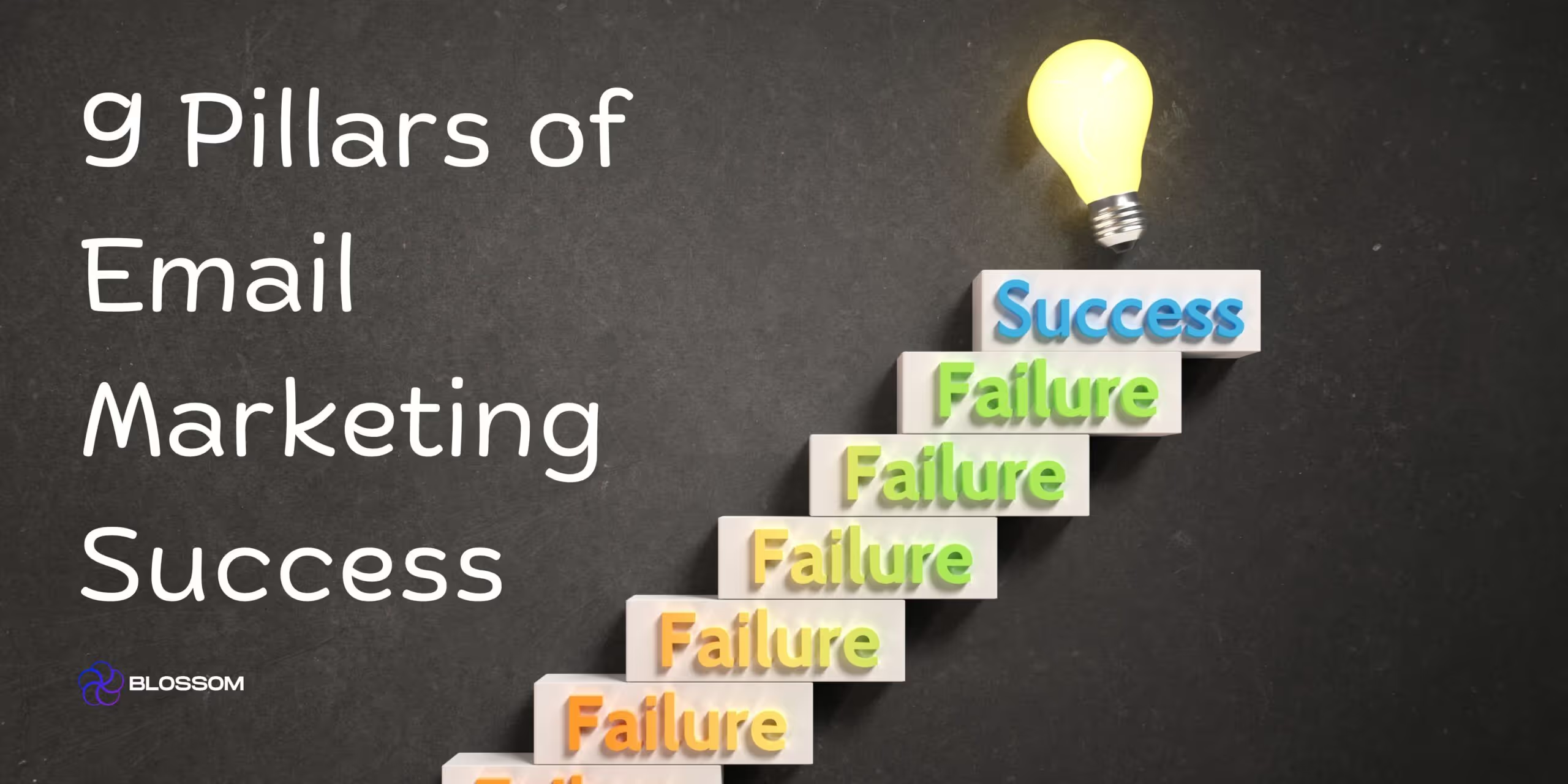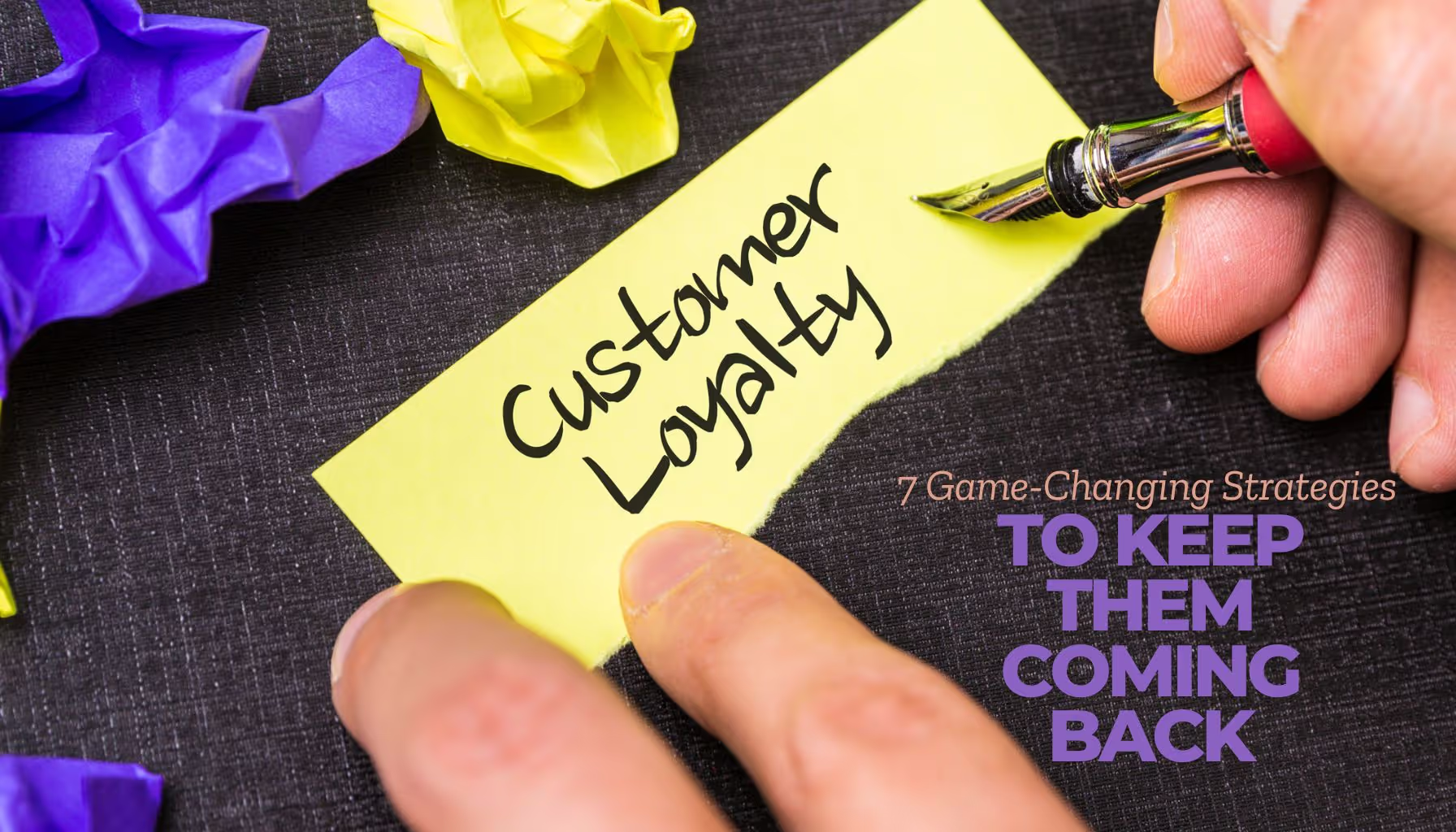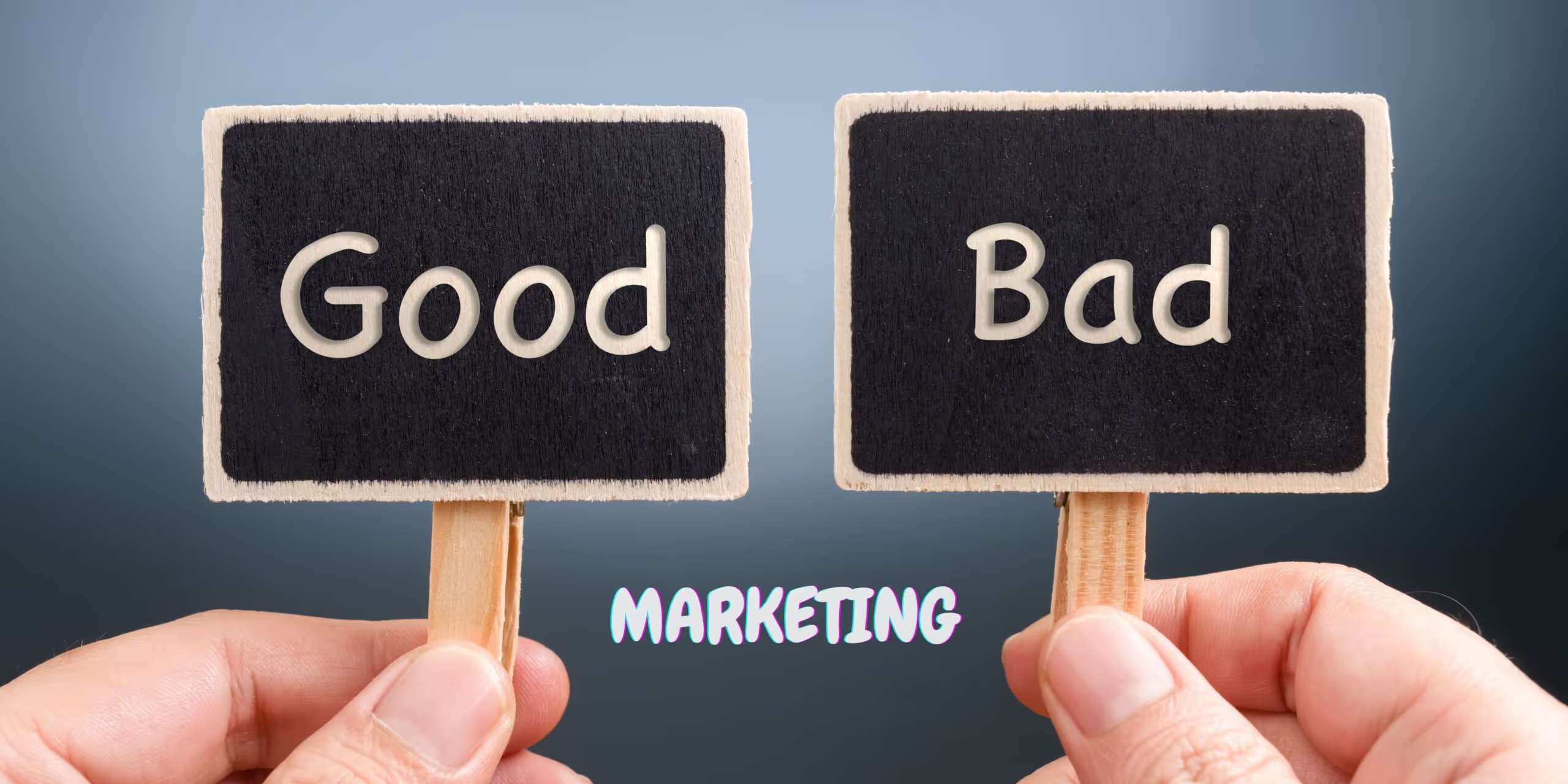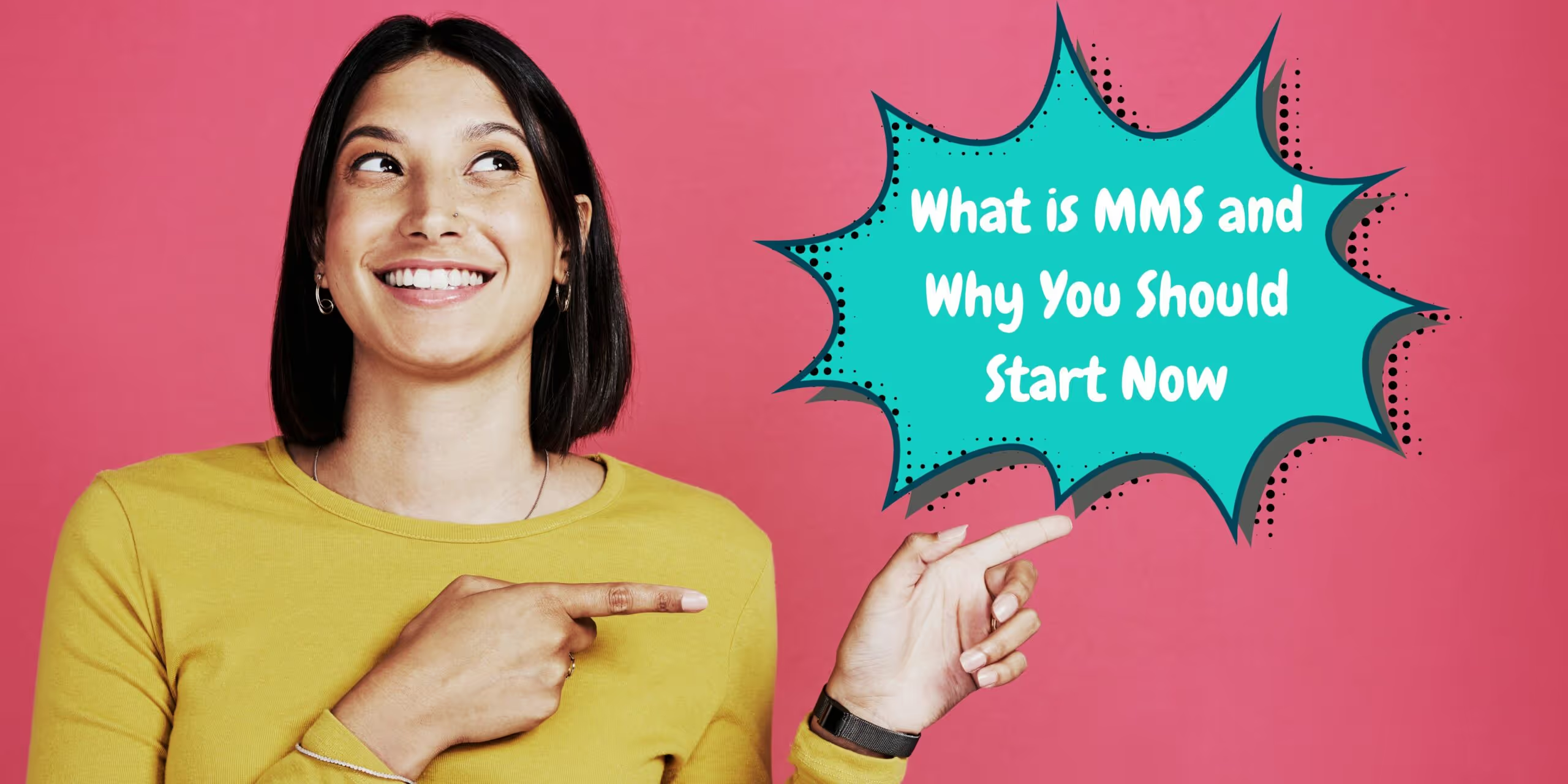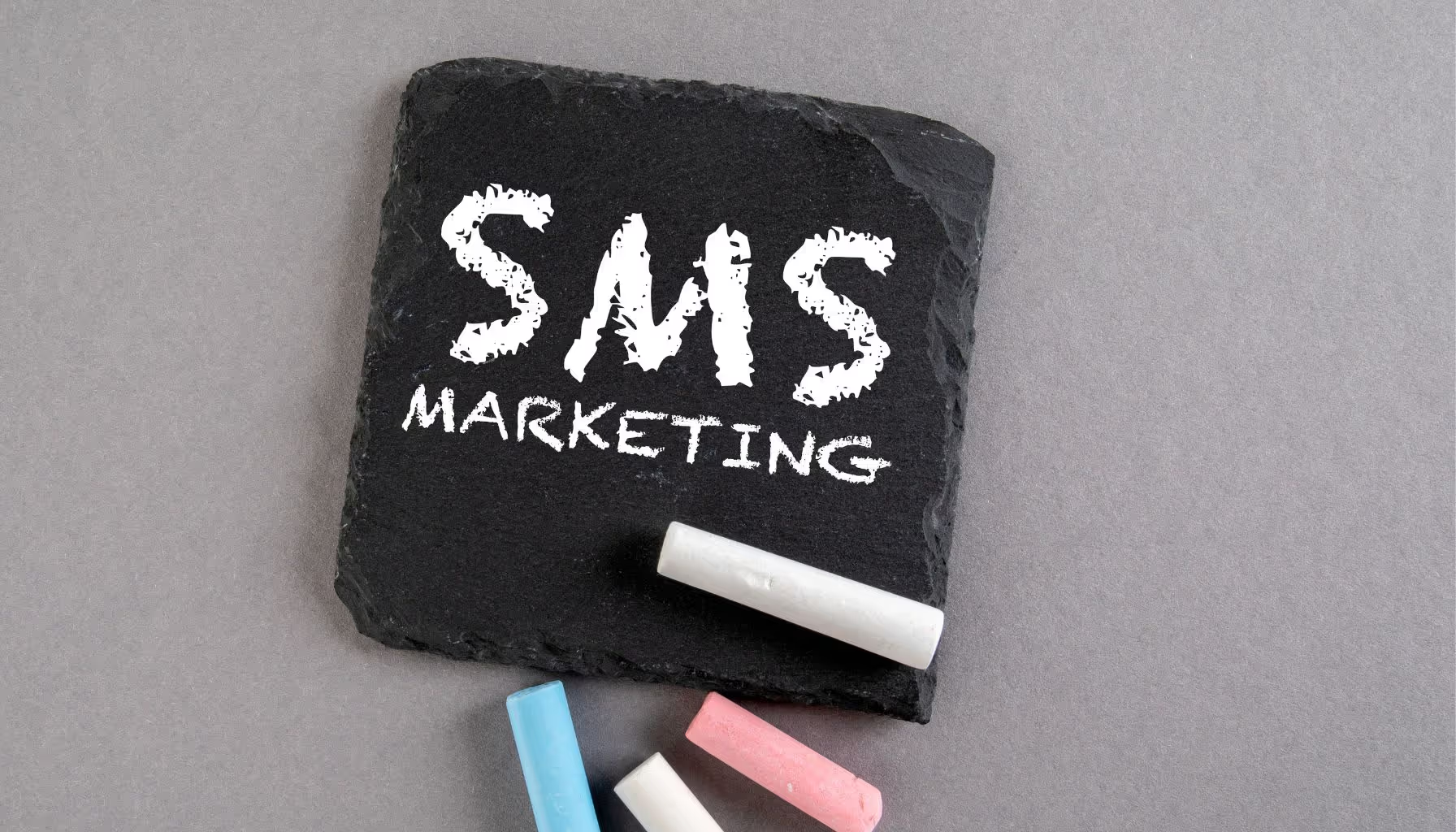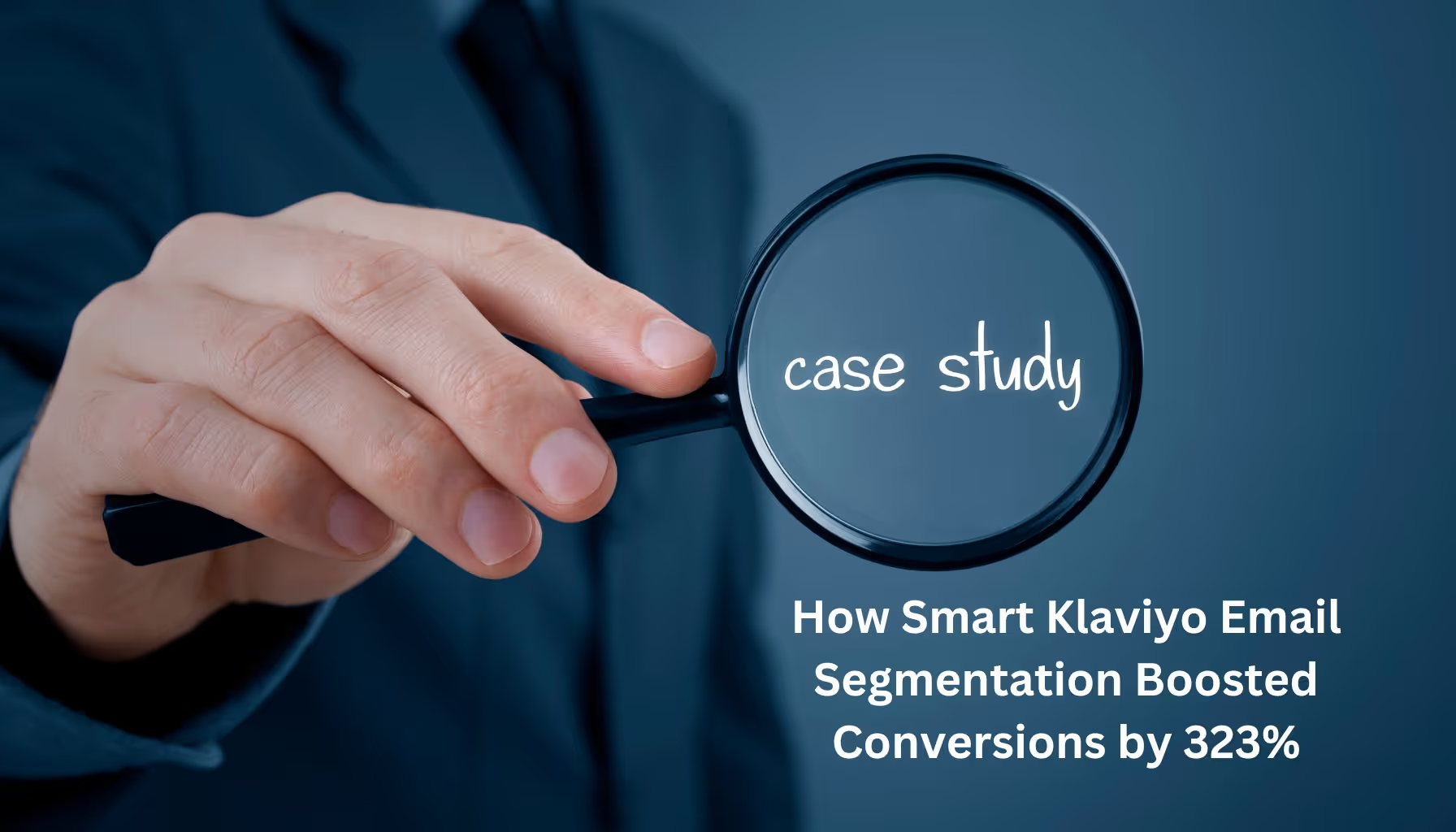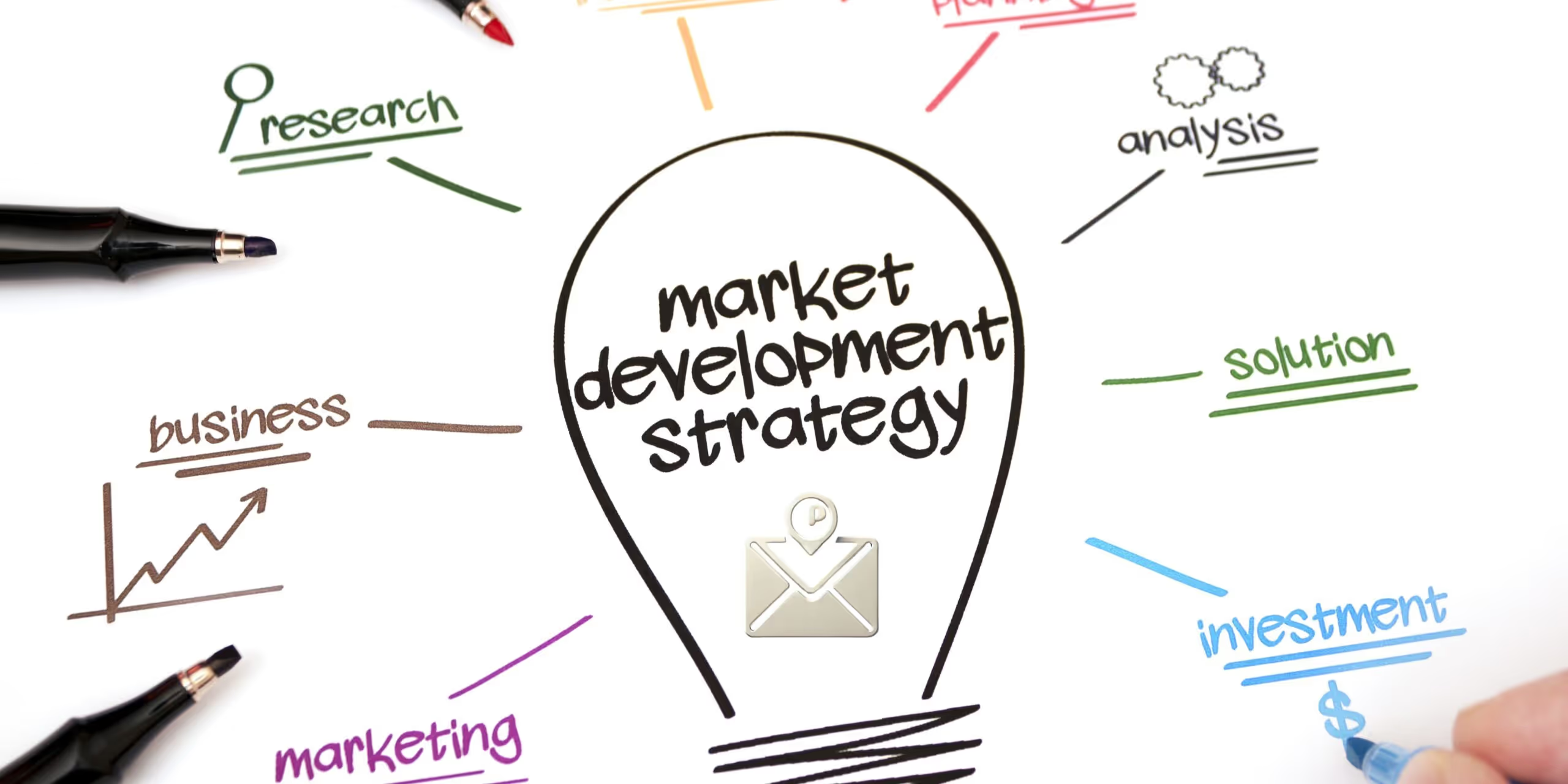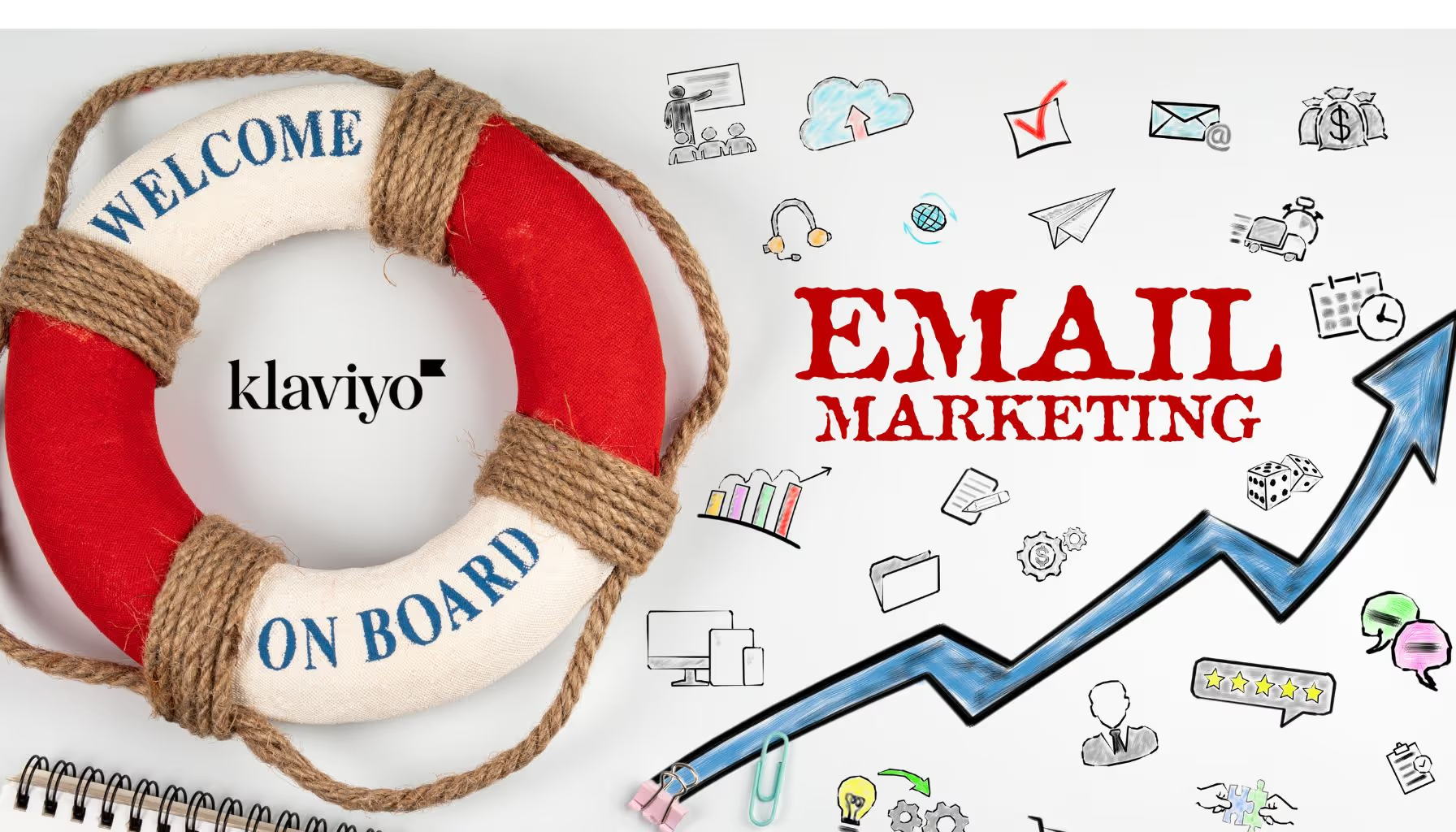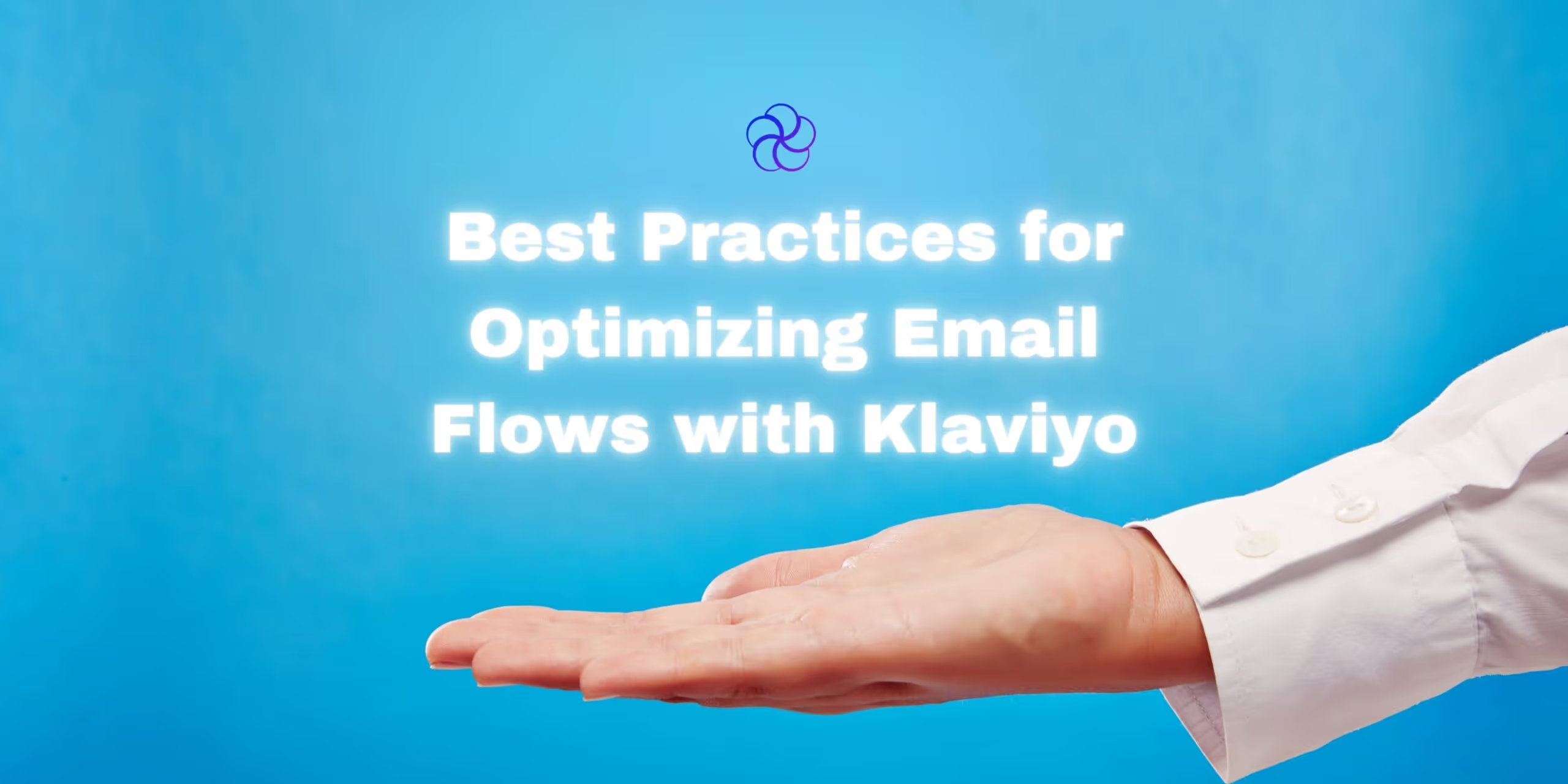Glossary
| Term | Definition |
|---|---|
| Lifecycle Emails | Automated or manual campaigns designed to target customers based on their stage in the customer journey. |
| One-Time Buyer | A customer who has purchased once but has not returned or subscribed. |
| Lapsed Customer | A previously active buyer or subscriber who has not engaged or purchased within a defined period. |
| AOV (Average Order Value) | The average amount spent when a customer completes a transaction. |
| Segmentation | Dividing a customer list into smaller groups based on behavior, purchase history, or engagement. |
| Personalization | Tailoring content and offers based on a customer’s actions, preferences, or history. |
Introduction
Lifecycle emails are not just trending—they’re transforming the way eCommerce brands communicate. Rather than batch-blasting emails to your entire list, lifecycle segmentation lets you send targeted content to subscribers based on where they are in the customer journey.
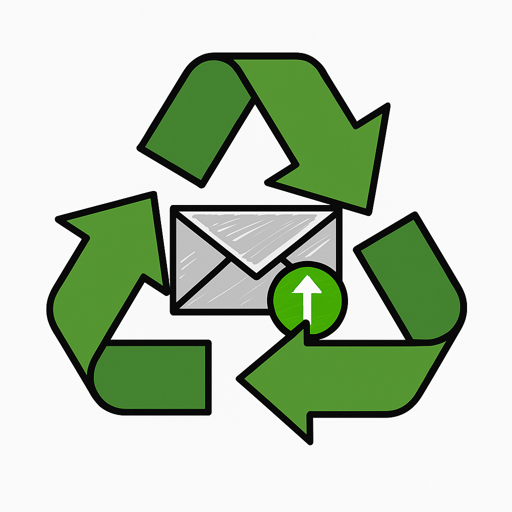
This guide unpacks the strategy behind lifecycle segmentation, shares results from real-world tests, and shows you how to implement it in your own email marketing. From welcome emails to re-engagement flows, we’ll cover tactics proven to boost engagement, conversions, and lifetime value.
Why Lifecycle Emails Matter
Not all customers are the same. Sending the same message to a prospect and a loyal subscriber is a missed opportunity. Lifecycle emails solve that by:
| Benefit | Explanation |
|---|---|
| Improving Engagement | Content aligns with the customer’s intent and experience. |
| Boosting Conversions | Targeted offers drive more meaningful action. |
| Increasing Retention | Keeping active customers informed, appreciated, and rewarded. |
| Reducing Churn | Re-engagement flows bring back inactive or lapsed users. |
Batch Campaigns vs. Lifecycle Campaigns
| Type | Characteristics | Pros | Cons |
|---|---|---|---|
| Batch Campaign | One-size-fits-all | Fast to launch | Low personalization, often less effective |
| Lifecycle Campaign | Behavior and stage-based | Personalized, higher conversion | Requires setup and maintenance |
Real-World Test: Lifecycle Segmentation in Action
Two subscription-based eCommerce brands tested lifecycle emails over 90 days.
Lifecycle Segments Used:
- Prospects: Never purchased
- One-Time Buyers: Purchased once, no subscription
- Active Subscribers: Monthly plan holders
- Lapsed Customers: Previously active, no recent engagement
Campaign Types Tested:
- Content/Education (Top of Funnel)
- Product-Focused Features (Mid Funnel)
- Promotional Offers (Bottom Funnel)
Key Findings from the Test
1. Active Subscribers Click, But Rarely Convert
They opened and clicked often but rarely acted on upsells. The takeaway: active subscribers need subtle, non-salesy value—like how-tos or loyalty updates.
2. One-Time Buyers Convert the Most
This group responded well to personalized promotions and product bundles. They were the easiest to re-engage, making them perfect for conversion-focused flows.
3. Prospects and Lapsed Customers Require Nuanced Targeting
Their engagement was inconsistent. Personalization made a difference, especially when messages referenced prior behavior or offered tailored incentives.
Strategy: How to Use Lifecycle Emails Effectively
1. Welcome Flows for Prospects
Make the first impression count. Automate a welcome series that educates, builds trust, and incentivizes first purchase.
Flow Example:
| Focus | |
|---|---|
| 1 | Brand intro and offer |
| 2 | Product education |
| 3 | Social proof and urgency to buy |
2. Re-Engagement for Lapsed Customers
These flows target those who’ve dropped off.
Tactics:
- Acknowledge their past support
- Introduce new collections
- Add urgency with expiring deals or limited-time offers
3. Upsell & Cross-Sell for Active Subscribers
Focus on deepening value, not just selling.
Ideas:
- Recommend add-ons or complementary products
- Promote loyalty benefits
- Offer VIP perks like early access or exclusive gifts
4. Product Education for One-Time Buyers
Don’t push—educate. One-time buyers benefit from:
- Use-case breakdowns
- Customer success stories
- Tutorials or maintenance guides
Build trust and product confidence to convert them into repeat buyers.
Email Content Tips by Lifecycle Stage
| Stage | Best Content Type | CTA Strategy |
|---|---|---|
| Prospects | Education + First-time Offers | “Learn More” or “Claim Discount” |
| One-Time Buyers | Cross-sells + Testimonials | “You Might Also Like” or “Reorder Now” |
| Subscribers | Loyalty Perks + Value Adds | “See What’s New” or “Upgrade Plan” |
| Lapsed | Reactivation Offers + New Arrivals | “We Miss You” or “Rejoin Today” |
Lifecycle Campaign Performance Benchmarks
| Segment | Open Rate | Click Rate | Conversion Rate |
|---|---|---|---|
| Prospects | 40–55% | 3–5% | 0.5–1.5% |
| One-Time Buyers | 50–65% | 5–10% | 3–7% |
| Subscribers | 60–75% | 6–12% | 2–5% |
| Lapsed | 30–45% | 2–4% | 1–2% |
Tools to Use for Lifecycle Emails
| Tool | Use Case |
|---|---|
| Klaviyo | Automation, segmentation, analytics |
| LoyaltyLion | Pull loyalty points into flows |
| Rebuy | Recommend products based on past behavior |
| Octane AI | Pre-purchase quizzes to segment by preference |
Visual Content Suggestions
- Customer Journey Map Diagram (Prospect → Buyer → Subscriber → Lapsed)
- Segmentation Tree (based on behavior, purchase history)
- Side-by-side Email Examples (General Campaign vs Lifecycle Email)
- Timeline View: Re-engagement Flow Schedule
- KPI Table Comparing Campaign Types by Segment
Frequently Asked Questions
1. What are lifecycle emails?
Emails tailored to a customer’s current relationship with your brand—based on behavior, engagement, or purchase history.
2. How do lifecycle emails differ from regular campaigns?
Lifecycle emails are triggered by specific events or behaviors. Campaigns are scheduled blasts to a segment or your full list.
3. Which lifecycle segment drives the most conversions?
One-time buyers. They’ve already shown interest and are most likely to re-engage with targeted content.
4. Should I use automation for lifecycle emails?
Yes. Automation ensures messages are sent at optimal times and scaled efficiently.
5. How often should I update my lifecycle segmentation?
At least quarterly. Adjust based on product launches, seasonality, and customer behavior shifts.
6. Can lifecycle emails work for non-subscription businesses?
Absolutely. Lifecycle segmentation is effective for any brand with a repeat purchase or customer retention model.
Lifecycle segmentation isn’t about more email. It’s about smarter, more strategic messaging. By aligning content with where customers are in their journey, you create relevance—and relevance drives revenue.
Need help building lifecycle flows or refining your segmentation model? Blossom Ecom specializes in high-converting, behavior-driven email systems built for growth.
Need help implementing this?
Let us take the hassle of managing your email marketing channel off your hands. Book a strategy call with our team today and see how we can scale your revenue, customer retention, and lifetime value with tailored strategies. Click here to get started.
Curious about how your Klaviyo is performing?
We’ll audit your account for free. Discover hidden opportunities to boost your revenue, and find out what you’re doing right and what could be done better. Click here to claim your free Klaviyo audit.
Want to see how we’ve helped brands just like yours scale?
Check out our case studies and see the impact for yourself. Click here to explore.

Read Our Other Blogs
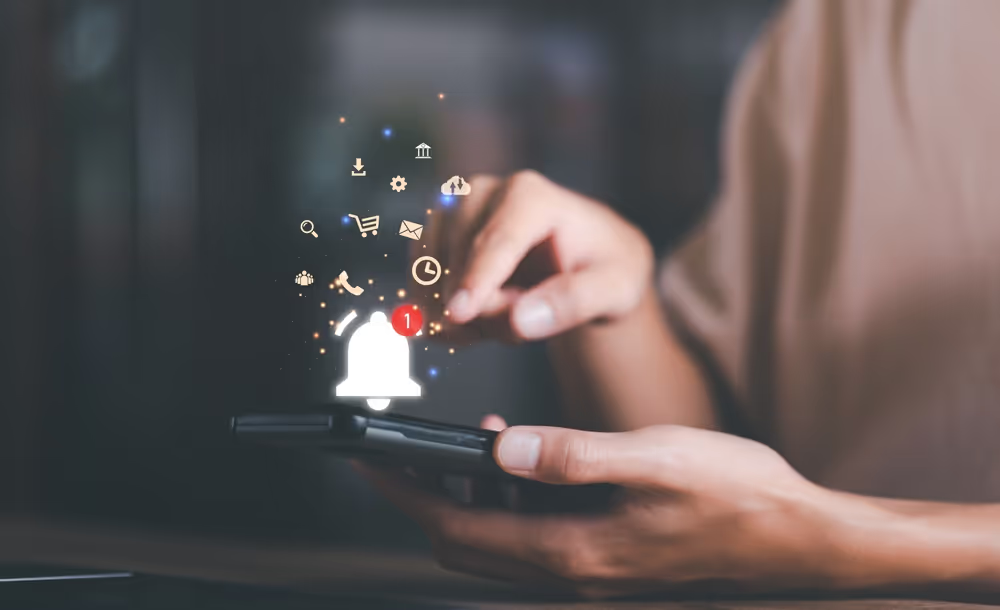
Personalizing Push Notifications for Better Retention Outcomes


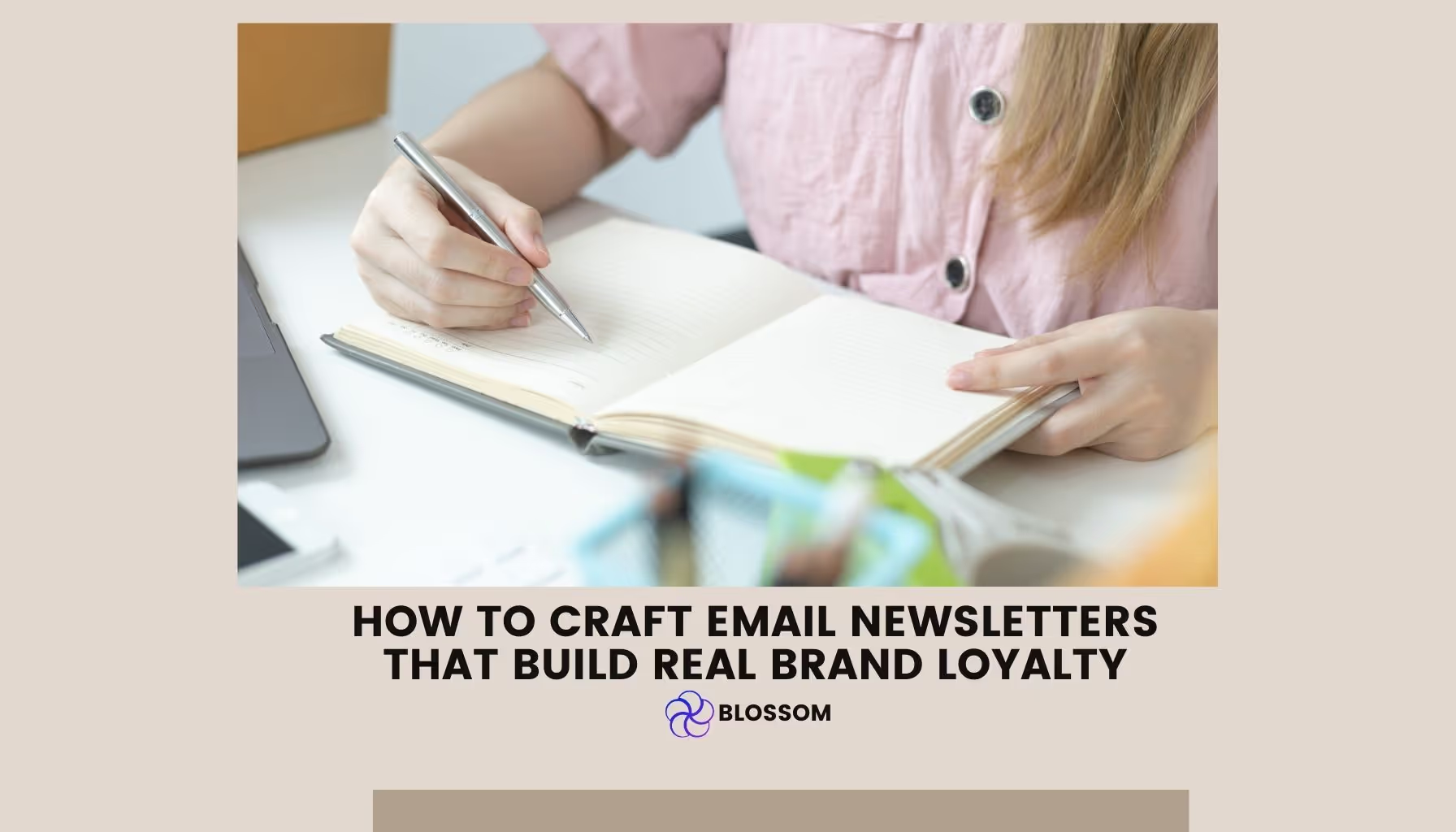
How to Craft Email Newsletters That Build Real Brand Loyalty


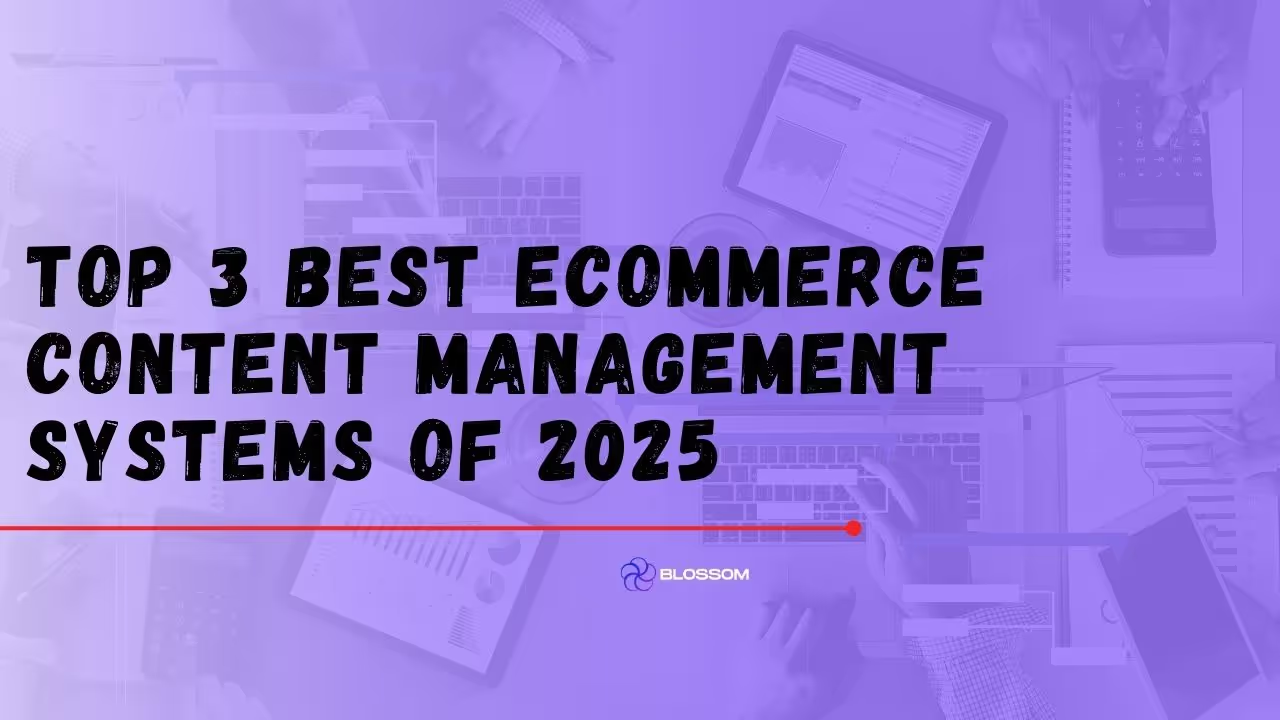
Top 3 Best eCommerce Content Management Systems of 2025




Not Sure Where to Start?
Let's find the biggest retention opportunities in your business. Get a free Klaviyo audit or retention consultation.



